150 Best R&B Albums of the 2020s So Far
So whether you’re an old-school purist, a fan of avant-garde experimentation, or simply looking for your new favorite record, here are 150 selections of R&B in the first half of the 2020s.
R&B in the 2020s presents a broad field that centers on introspection, reinvention, and cross-cultural approaches, even if the mainstream doesn’t appreciate it. Established performers refine traditional methods, and bold new arrivals introduce unexpected angles. Jazz elements overlap with digital foundations, revealing a varied palette shaped by themes that address private concerns and broader communal topics.
SZA and Jazmine Sullivan direct personal disclosures through layered phrasing and detailed production, generating a sense of closeness that reflects modern sensibilities in soul music. Sudan Archives and Hiatus Kaiyote combine funk motifs with independent influences, testing accepted genre outlines in ways that highlight the possibility of fresh structures. Cleo Sol and the joint effort between Musiq Soulchild and Hit-Boy handle universal ideas linked to self-discovery and cultural observations, showing how concept-driven works continue to evolve R&B’s identity.
This collection depends solely on artistic substance rather than commercial triumph. Just so you know: Omitted records that spark questions are welcome for discussion, so if certain EPs were not listed (like Victoria Monét’s Jaguar), it’s because of the length. However, we slid certain ones that represented the genre the best. Personal leanings have been removed, and the listing that follows spotlights the strength of craft as the primary criterion. Anyone looking for an entry not shown here is encouraged to comment and engage in a civil exchange. The countdown begins. Quality remains the focus. Unranked.
Honorable Mentions
Aaron Frazer: Introducing…
Adi Oasis: Intérimes
Alina Baraz: It Was Divine
Amaria: Free Fallin’
Arin Ray: Hello Poison
Babyface: Girls Night Out
Bastards of Soul: Spinnin’
Black Pumas: Chronicles of a Diamond
BLK ODYSSY: BLK VINTAGE
Brandy: b7
Brasstracks: Golden Ticket
Charlotte Day Wilson: Alpha
Cleo Sol: Gold
Cleo Sol: Heaven
Cruza: Cruzafied
DMo!: Also Known As
The Della Kit: Moonbeams & Frequencies
Devon Gilfillian: Love You Anyway
dvsn: A Muse In Her Feelings
Durand Jones: Til I Get Over
Ella Mai: Heart On My Sleeve
Erika de Casier: Sensational
ESTA.: Francis
FKJ: V I N C E N T
FLO: Access All Areas
Gallant: Zinc.
Grace Weber: A Beautiful Space
Hablot Brown: Hablot Brown
The Isley Brothers: Make Me Say It Again, Girl
The Jack Moves: Cruiserweight
Jhené Aiko: Chilombo
John Legend: Bigger Love
JoJo: Trying Not to Think About It
K. Michelle: All Monsters Are Human
Kehlani: Blue Water Road
Kenyon Dixon: Closer
Khamari: A Brief Nirvana
KIRBY: Sis.
Kyle Dion: Sassy
Ledisi: Good Life
Leon Bridges: Gold-Diggers Sound
Leven Kali: HIGHTIDE
LION BABE: Rainbow Child
Liv.e: Couldn’t Wait to Tell You
Maverick Sabre: Don’t Forget to Look Up
Mourning [A] BLKstar: Ancient//Future
OXP: Swing Convention
Phony Ppl: Euphonyus
Pip Millett: When Everything Is Better, I’ll Let You Know
Raheem DeVaughn: What a Time to Be In Love
Raquel Rodriguez: Housewife
Ravyn Lenae: Hypnos
Ria Boss: Remember
ROMderful: Please Reconnect Controller
Ruff Endz: Rebirth
SAULT: 11
serpentwithfeet: Deacon
Sevyn Streeter: Druken Wordz Sober Thoughtz
Shelley FKA DRAM: Shelley FKA DRAM
Sinéad Harnett: Ready Is Always Too Late
Starchild & The New Romantic: Forever
Stimulator Jones: Round Spiritual Ring
Summer Walker: Still Over It
Syleena Johnson: Woman
Teddy Bryant: In the Beginning
Terrace Martin & Gallant: Sneek
Teyana Taylor: The Album
Tinashe: 333
UMI: Forest In the City
Xavier Omär: If You Feel
VanJess: Homegrown
Zyah Belle: Yam Grier
Main List
A. Billi Free & The Lasso: Holy Body Roll
Holy Body Roll is a rhythmic healing manual, the music that will get your whole body moving. The first collaboration album of Michigan multi-instrumentalist/producer The Lasso and New Mexico singer/rapper A. Billi Free is also a quest for self-realization and self-preservation. Tri Magi assists The Lasso in imbuing '80s boogie, guitar-wailing funk borrowed from Midwest titans, heart-pumping dance and techno straight from Detroit, heavenly and spiritual jazz, and krautrock slices with hip-hop sensibilities. A. Billi Free’s warm, calming melodies and real raps challenge us to reconnect with our bodies in the present moment while embracing the unknown. However, The Lasso was still going through a divorce when the team started working remotely on the album. Understanding Free’s aural visions helped him translate his unhappiness into danceable, joyous instrumentals. — Brandon O’Sullivan
Aaron Taylor: Icarus
Aaron Taylor moves with the determination of someone who dares to aim skyward. He applies that classic mythological image to define his debut release, which commits to fearless transformation. His compositions nurture a peaceful energy across 36 minutes, and he focuses on honest commentary about close bonds and sincere closure. He addresses the need for mutual support by inviting Lalah Hathaway to “Don’t Leave Me Alone.” Her layered vocals illustrate the serenity that fosters trust. Taylor also presents melodic pledges in “Hey Baby” and “What Do I Do,” where subtle nods to vintage R&B reaffirm the necessity of shared responsibility. Although the overarching environment feels soothing, it consistently underscores his stance on personal choice. He endorses a healthy mindset of acceptance in challenging spaces, and each track quietly embraces measured hope while encouraging emotional growth. — Jamila W.
Adi Oasis: Lotus Glow
Once known by the stage name Adeline, Adi Oasis has released three collections. Her latest release, Lotus Glow, broadens the subject matter and displays fresh confidence. She leans on the unstoppable force of her bass tone, and that strategy coats the record in thick funk. Tracks stretch from personal reflection to political statements, with an undercurrent of romance and longing. That brand of fusion between grimy grooves and lust rises strongly on “Multiply.” The center portion spotlights deeper commentary. “Marigold” lays bare the moment when personal meets sociopolitical strain, referencing dissatisfaction with restrictive race, identity, or orientation constraints. A slow funk bed and shimmering keyboard accents reinforce that sense of tension, and the final lines emphasize completeness. “Dumpalltheguns” arrives with unyielding heft and affirms a forthright stance. The breakdown near the end pairs congas and an earth-shaking bass line, reminiscent of revered soul architects. — Imani Raven
After 7: Unfinished Business
After 7 returns with Unfinished Business, the band’s first release since 2016’s Timeless arrives at a moment of remembrance. The record honors founding member Melvin Edmonds; his death in 2019 shaped the album’s design. The group reassembles archived vocal excerpts recorded by Melvin and arranges them into three interludes that divide the work. The opening track, “Extra Mile,” reflects on the notion of exerting extra effort to win over a desired partner, while “Sing a Love Song” employs a restrained vocal delivery to communicate a firm promise. “When Was the Last Time” features a pronounced guitar arrangement that calls to mind stylistic elements associated with Avant. — Phil
Alex Isley & Jack Dine: Marigold
The combination of Alex Isley’s beautiful vocals with Jack Dine’s intimate sounds creates a fantastic match. The harmonizing duo can capture precious memories, current pleasures, and future dreams in their music, and Marigold is a perfect example of this. From the beginning of the first song’s phased-out guitar chords, the album’s mood stays peaceful, with her vocal delivery and love yearnings as the focal point. The record’s tempo is the quickest at a tour through tracks that contain the most frequent romantic abstractions. They plant the seeds for a harvest of contemplation, development, healing, and fulfillment worthy of praise. — Harry Brown
Alice Russell: I Am
After To Dust’s release, Alice Russell experienced significant personal upheaval: her father’s death was soon followed by the unexpected news of her pregnancy. She began therapy shortly after giving birth, deeply engaging in her healing process, which continued with the arrival of her second child. Throughout this challenging period, she channeled her experiences into writing. In November 2023, after a decade-long hiatus, she returned with “Rain.” This was followed by “I See You” in January and “Gravity” in March. All three songs are featured on I Am, an album that vividly portrays Russell’s intense emotional, spiritual, and psychological transformation, captured with raw honesty and distinctive production by her longtime collaborator, TM Juke. This record marks Russell’s return, presenting an album that declares her understanding of her strengths, vulnerabilities, and determination. It reveals her transformative process and personal growth with deep honesty through glorious modern soul. — Jamila W.
Allysha Joy: The Making of Silk
Allysha Joy offers a smooth fusion of sophisti-pop that touches upon modern soul, R&B, and other pop styles on The Making of Silk. Joy’s exceptional voice is complemented by songwriting, instrumentation, and arrangements of equal caliber, crafting an album that is truly delightful to experience. When that voice is paired with outstanding songwriting and arrangements, the result is something extraordinary. The Making of Silk embodies this harmony as Joy skillfully surrounds her remarkable vocals with rich musical textures. An artist’s instantly recognizable voice can define their work, giving the music a distinctive quality, even if other elements are average. — Harry Brown
Amber Mark: Three Dimensions Deep
R&B would not sound the same without Amber Mark’s visionary approach. Amber released two EPs in 2017 and 2018 and made a name for herself. Mark has released many singles over the past three years and has been able to improve her sound. After all this time, we finally have the freshman LP complete. The expectations have been far exceeded. Three Dimensions Deep deserves all the praise and more it has been getting. The only flaw is the runtime. Mark is talented enough to make a record consisting of seventeen songs and an hour of music, slightly longer than it needs to be, but can still sit through it front to back and enjoy it for what it is. We’re excited to hear what’s next for Amber because the future is bright for her. —Harry Brown
Andra Day: Cassandra (Cherith)
Describing nine years between the albums Cheers to the Fall and Cassandra (Cherith) as momentous for Andra Day would be a euphemism. During this time, she notably took on the lead role in The United States vs. Billie Holiday. Her performance earned her a Golden Globe, a Grammy and an Academy Award nomination. The singer’s second album shares the same themes of heartache as her debut but takes a distinct approach—it’s less polished, more up-to-date, and appears more intimate. Day once more took on the roles of co-writer and co-producer for the entire album, yet collaborated with a nearly entirely new set of partners. The overall sound often resembles that of a band adept at seamlessly blending classic soul and pop with modern elements. — Imani Raven
Anthony Hamilton: Love Is the New Black
Anthony Hamilton’s self-governed project Love Is the New Black appeared at a moment when calls for racial justice grew increasingly urgent across the cultural sphere. Initially conceptualized to champion the cause of Black lives endangered by systemic prejudice, this collection supplies evidence of Hamilton's unwavering determination to confront inequities. Yet, as Hamilton pressed on with his writing, he pivoted toward a more expansive emotional dimension, embracing ideas of heartbreak, introspection, and renewed hope. By reconnecting with Jermaine Dupri (as well as new faces like 9th Wonder, Eric G. and Bink!), Hamilton reactivated a creative spark reminiscent of their earlier successes. Alongside notable guest spots from Rick Ross, Lil Jon, and Jennifer Hudson, this record broadens Hamilton's approach, threading personal narratives around wider advocacies without sacrificing emotional intensity. — Harry Brown
Ari Lennox: age/sex/location
Ari Lennox achieved goals with Dreamville’s in-house producer, Elite, by collaborating with R&B legends Jermaine Dupri, Bryan-Michael Cox, Johntá Austin, and Jai’Len Josey to create the lead single for her second album, “Pressure.” Badu’s influence on Lennox is evident in age/sex/location, and the song “POF” showcases some of Lennox’s most striking vocals and her strongest, pithiest writing. The slow jams that repurposed or evoked mellow R&B and jazz grooves from the late ‘70s are the most illuminating. This album was exceptionally well crafted, and it’s rare to hear a bad song from Ari. — Ameenah Laquita
Avery*Sunshine: So Glad to Know You
From the very beginning, So Glad to Know You, crafted alongside drummer, vocalist, and producer Jamison Ross, exudes Avery*Sunshine’s elegance and warmth. The opening song, “Hello Sunshine,” establishes the atmosphere, followed by “Shine No Matter What,” which perfectly captures the album’s uplifting spirit. “All I Need (The Gemini Song)” enchants with its beauty, while the title track, our preferred selection, showcases her remarkable vocal talent. This tender love song, dedicated to her husband, guitarist, and producer Dana Johnson, draws us back repeatedly. She embraces a sensuous and spirited vibe on “Show Me,” then shifts into a retro soul groove on “Fire.” We earnestly hope her Grammy nomination brings her the recognition she so richly deserves. —Brandon O’Sullivan
Baby Rose: Through and Through
First emerging independently in 2019 before joining the high-profile Island Records roster, Baby Rose made waves with her feature on Dreamville’s Revenge of the Dreamers III compilation (“Self Love”) and her intimate debut, To Myself, establishing a reputation as a rising soul stylist with a smoky, rich contralto that defied her youthful moniker. After signing to Secretly Canadian in 2022, Rose returned galvanized with “Go,” an intense, hypnotic manifesto fervently calling for dedication in brief yet powerful tones. However, in the funky and complex “Fight Club,” she gives space to her apprehensions, with production from the venerated Georgia Anne Muldrow. These opening salvos effectively set the tone for Rose’s LP Through and Through, crystallizing her evolution into a more surreal, unleashed creative realm than its predecessor. But for all its transcendent sonic qualities, the album still exudes raw emotion. Here, Rose guides us through a genre-defying journey into her psyche, spinning intimate reflections through an expansive musical range that moves the soul as much as the feet. — Brandon O’Sullivan
BeMyFiasco: Where I Left You
By the end of the 2010s, BeMyFiasco had contributed her voice to projects like Phonte’s “Beverly Hills,” Little Brother’s “All in a Day,” and Zo! and Tall Black Guy’s “Talkin’ to Myself,” each appearance reinforcing her presence among a tight-knit group of artists tied to Phonte’s Foreign Exchange label. These efforts culminated in her debut album, Where I Left You, released under Foreign Exchange and executive produced by Phonte. Take “Love Feels,” a ballad built on a pulsing flow and shimmering instrumentation that supports her smooth vocal performance. The song explores the rush of emerging affection, and the production complements this by focusing on her voice, allowing it to glide over the beat with clarity and warmth. Similarly, “Thinkin Bout It,” a duet with Darien Brockington, relies on a deliberate, knocking tempo to underscore longing. Phonte’s oversight ensures these moments fit within the album’s framework, while contributions from Zo! and others add a layer of funk-infused polish. — Imani Raven
Bilal: Adjust Brightness
Bilal’s first studio album in nine years, following the release of Live at Glasshaus just a couple of months prior, kicked off with the track “Sunshine.” This song conjures images of clouds parting after a tempest, embodying positive and negative exhilaration. No matter how brooding and tumultuous this modern cosmic slop becomes, it never fails to mesmerize. While live instrumentation permeates the album, it also leans considerably more electronic compared to Bilal’s previous full-lengths, crafting slow to midtempo grooves that, while never quite reaching breakneck speed, constantly feel poised on the precipice. Adjust Brightness sees him embracing a more electronic-tinged sound while retaining his inimitable vocal ability and the musicianship of his tight-knit collaborators. It’s a dynamic, storm-tossed montage that draws you into its intimate yet expansive world—a kaleidoscopic journey that enthralls even in its darkest moments. — Phil
BLK ODYSSY: Diamonds & Freaks
At the heart of BLK ODYSSY’s DIAMONDS & FREAKS lies an intricate narrative that unfolds like chapters in a vividly crafted tale of romance and desire. The album follows on the heels of their 2021 release, BLK VINTAGE, which heralded the beginning of what felt like a cultural uprising. Now, they pivot to explore the nuanced dynamics of intimacy with a project that can be likened to an evocative love story. This concept album is segmented into four distinct parts, each one exploring different facets of affection and passion. It captures moments of intense allure, yet it also portrays the complexities of emotional distance, painting pictures of partners who find themselves metaphorically separated by more than just physical space. — Brandon O’Sullivan
Charity: Tender Headed
Charity grew up as the daughter of a preacher and was homeschooled, which she described as existing in “two different subcultures entirely.” Her musical journey began at age 13 when she started playing guitar, influenced by her instructor, Joel Palmer, after finding the piano less suitable. A graduate of Tennessee State University, Charity released an acoustic-flavored EP, Yellow, in 2015, before shifting to a more contemporary R&B approach for Tender Headed. It addresses the black woman’s experience, with her drawing inspiration from artists like Stevie Wonder, Ms. Lauryn Hill, and Frank Ocean. The album deals with brokenness and healing, fidelity, culture, religion, marriage, and independence, making it a narrative-rich project that resonates with millennial audiences. — Phil
Chlöe x Halle: Ungodly Hour
Close followers of contemporary soul-infused music often trace the Bailey sisters’ path to public attention back to their earliest online covers, which underscored the duo’s innate ability to layer vocals in unexpectedly delightful ways. Industry insiders soon recognized how their unforced interplay of voices, underscored by a youthful spark, separated them from the crowd of next-generation performers. Their sophomore album arrived with a refined glow, tying intricate harmonies to purposeful beats that mixed low-end heft with glimmering top-end sparkle. Fans of the first album listened closely for any sign that the sisters had lost control of their direction, but many recognized an ongoing sense of self-determination. Their vocal chemistry remained solid, even when outside producers handled the technical pieces. They brought in recognized talents like Sounwave, Jake One, Scott Storch, Victoria Monét, Disclosure, and Mike WiLL Made-It, to handle various aspects of the recording process. The siblings balanced their ideas with these new voices and often took suggestions that might shape a more commercial path. Several tracks offered glimpses into a pop-R&B style with well-placed production twists, such as deep bass pulses or rapid-fire percussion. One key takeaway showed how they explored bolder attitudes without losing the chemistry that made them stand out earlier. By building on these themes, they moved forward with a refined approach to pop-influenced R&B, which carried their hallmark harmonies but added a slightly sharper edge. — Jamila W.
Cleo Sol: Mother
Mother sets its course with a track that feels like a memory pulled into focus, a window into Cleo Sol’s early years shadowed by a troubled home. The singer’s voice emerges soft but firm, reaching back to a time of hurt, seeking solace while offering it in return through lines laced with care. Beneath her, Inflo’s backdrop is a careful construction: strings and gentle paces that shift almost imperceptibly, building and fading with a patience that mirrors Sol’s tone. If the second album has a center, it rests in “23,” a track that gleams with a richness few others match. Here, Sol turns to her mother, unpacking a tangle of pain, frustration, and understanding in a conversation that feels as real as it is affecting. The music rises to meet her—a melodious bassline weaving through mallet strikes, harp accents, and strings that bloom like a slow sunrise. Elsewhere, “Sunshine” and “Spirit” offer their own light. Inflo’s production, with its nods to the soul’s golden era, supports her every step, turning a difficult exchange into a stirring piece of art. — Jamila W.
Cleo Sol: Rose In the Dark
Cleo Sol and Inflo birthed an understated batch of songs in 2017 and 2018, steeped in retrospection and vintage tones, laying the groundwork for their leadership of SAULT—a collective that dropped two albums before unleashing Rose In the Dark. This record, rooted in R&B’s soulful lineage with hints of gospel, carves its own space, blending dub’s depth, bossa nova’s grace, and blues’ simplicity into a cohesive whole. Inflo’s handiwork shines through every note—basslines roll with purpose, electric piano glows with restraint, and even a harp’s fragile trill finds footing. These elements amplify Cleo’s voice, which maneuvers between tender declarations to a lover, guidance for a “baby girl,” and moments of self-scrutiny, unafraid to expose doubt or tension. This is not a work that rewrites the rulebook with loud flourish; its strength lies in its measured, affecting presence, a collection that thrives on the interplay of shadow and warmth. — Phil
Dawn Richard: Second Line
Second Line draws heavily from Dawn Richard’s New Orleans upbringing, though it sidesteps the expected syncopated beats of the city’s second-line tradition. The album instead channels a broader spectrum of Black musical styles filtered through an electronic lens. This approach aligns with her history of blending genres, seen in earlier albums like Goldenheart and Blackheart, where she fused R&B with experimental production. On Second Line, she extends this practice, using Merge Records’ platform to reach a wider audience without altering her core sound. The subtitle "An Electro Revival" focuses on early-’80s electro, a genre that bridged funk and nascent hip-hop, and her collaborators amplify this connection. Ila Orbis, the primary producer, brings a fresh perspective, while Sam O.B., Joe Beats, and J Rick add distinct touches to individual tracks. “Nostalgia” and “Boomerang” carry a physical energy built on steady beats and sharp hooks that echo bounce and house influences. “Bussifame,” with its stomping rhythm, feels like a nod to New Orleans’ street-parade energy, even without traditional drumming. The sound stays crisp and layered, avoiding clutter, which lets Richard’s voice, alternately bold and vulnerable, carry the weight. — Jamila W.
Dijon: Absolutely
Produced and performed with a small circle of collaborators, Absolutely captures a distinct energy. Scrappy, heartfelt, and restless. Based in Los Angeles, Dijon brings a raspy vocal texture to a project that moves between love, frustration, and curiosity, creating a spontaneous and deliberate record. This arrives as a product of collective effort, with contributions from producers like Andrew Sarlo and Mk.gee, alongside musicians Gabe Noel, Brad Oberhofer, Henry Kwapis, and Ryan Richter. These players appear in the Absolutely short film, a visual companion released prior to the album, which reveals the improvisational roots of tracks including “Many Times” and “Big Mike’s.” The record balances tender moments with an undercurrent of isolation, a tension that surfaces in its lyrics and sound. Rather than adhering to a single style, Absolutely spans a range of textures with jazz-inflected grooves, reverb-heavy guitars, and shifting cadences. If Absolutely has a signature, it’s the way it keeps listeners off balance. Dijon constructs an album that turns away from predictability, delivering tracks that differ sharply from one another yet cohere through their shared intensity. — Brandon O’Sullivan
Dinner Party: Dinner Party
Under the moniker Dinner Party, Terrace Martin gathers 9th Wonder, Kamasi Washington, and Robert Glasper in an understated release that slices across jazz, soul, and hip-hop borders. Each contributor boasts past collaborations with figures like Kendrick Lamar, and their shared accomplishments have garnered numerous nominations. Martin gives the record a home on his imprint, shaping the project’s tone with an inviting atmosphere. Phoelix provides vocals that explore stripes of social disenchantment, personal affirmation, and amorous exchanges. Washington’s sax lines allow delicate embellishments on tracks such as “First Responders,” merging assertive improvisation with a dreamy pulse from 9th Wonder’s sampled beats. Glasper’s piano slides in and out so smoothly that it can pass as an old-school loop, particularly on the lighter moments of “Sleepless Nights.” The entire sound expands in a relaxed fashion, with no extraneous chatter in the arrangement and no forced solos cutting into the momentum. — Harry Brown
DIXSON: 004DAISY
On his newest album, 004DAISY, DIXSON embraces modernity and forges a lovely unique R&B style. The Atlanta native is a well-known producer and songwriter who has worked with musicians such as Chance the Rapper, Justin Bieber, Pharrell Williams, Yebba, and Beyoncé. His work on Renaissance demonstrates the sound he is developing for himself in 004DAISY, an intriguing new alternative R&B sound. It is intended to be genre-bending, forcing individuals to reconsider their belief that they have heard everything from the well-established and now broad genre. — Harry Brown
Durand Bernarr: Dur&
For those who stumbled across Durand Bernarr through a Soundcloud link or a live set—like his standout moment backing Teedra Moses at ONEMusic Fest in Atlanta—Dur& arrives as a confirmation and a promise. It’s the work of a performer who doesn’t just sing but toys with notes, letting them dance across beats with a grin you can practically hear. This self-titled effort isn’t shy about showing who Bernarr is: a groove enthusiast, a mood architect, and a keeper of R&B’s soulful flame. His voice, rich and elastic, bends around lyrics that are equal parts clever and candid, landing on beats that feel borrowed from a bluesy daydream. Tracks unfold not as isolated vignettes but as segments of a grander expedition, their interplay a harmonious exploration of Bernarr’s inner world, one where jest and vulnerability coexist in restless synergy. This music assumes the role of storyteller, its every cadence an ode to the influence of a man who delights in sharing his gifts, his voice a conduit for mirth and melancholy. — Jamila W.
Durand Bernarr: Wanderlust
Durand Bernarr, an R&B singer, was born and nurtured in a musical family from Cleveland, Ohio. His latest release is Wanderlust, a combination of R&B, funk, and disco that praises the good old and better days. The album features 12 songs, each with its message, all going to the same conclusion: take a vacation and improve. The album’s structuring has a go-with-the-flow element, with funk and disco tunes amid the emotional songs. This statement is unique and on-brand with Durand’s evolutionary mission while crafting this album. The project features love, sorrow, and yearning themes across many genres. He always liberates and tames his falsetto to fit the song's atmosphere, ensuring its melody stays dark. Although there are innovative sounds for aficionados of 80s disco and 90s funk, Durand’s monologues and ballads are the project’s standouts. — LeMarcus
Durand Jones & The Indications: Private Space
Rooted in a shared appreciation for soul traditions, Durand Jones and the Indications had already established a reputation with their earlier works, which leaned heavily on a meticulous recreation of 1960s and 1970s sounds. Private Space, however, shifts their focus toward a broader palette, blending elements of disco, funk, and lush balladry while retaining a foundation in classic soul. The album arrives at a time when retro-inspired music enjoys a steady presence in popular culture, yet few acts manage to balance authenticity with originality as effectively as the Indications do here. The band expands its sonic contributions from new bassist Mike Montgomery and vibraphonist Joe by integrating l Ross and background vocalists from the group 79.5. The interplay between lead singer Durand Jones and drummer-vocalist Aaron Frazer remains central, their voices alternating between gritty depth and soaring falsetto to anchor the project. — Harry Brown
Eddie Chacon: Pleasure, Joy and Happiness
Eddie Chacon’s debut solo record presents a concise collection of subdued ballads that challenged the simplistic narrative often assigned to his career. He gained public recognition through the 1992 pop‐soul hit recorded with Charles Pettigrew. Yet, his career includes unreleased projects with Columbia Records and material issued under Luther Campbell’s Skyywalker Records, a trajectory that resists reduction to a one-hit profile. A mutual associate introduced him to keyboardist and composer John Carroll Kirby. Kirby, whose work on programmed beat patterns and measured keyboard figures has earned him collaborations with figures such as Norah Jones, Blood Orange, and Solange, contributes arrangements that complement Chacon’s evolving vocal delivery. The singer’s voice, now marked by hard-earned expressiveness, aligns with his measured reflections on love and loss. The record’s title, Pleasure, Joy and Happiness, functions more as an aspirational aim than as a literal descriptor of its content. The project operates as a self-contained statement and hints at the potential for further productive collaboration between Chacon and Kirby. — Jamila W.
Ego Ella May: Honey for Wounds
Ego Ella May claims the spotlight as the debut offering from John Boyega’s UpperRoom imprint under his expanding enterprise. Honey for Wounds hints at raw personal aches and the salve she applies through music. Curated contributors add further confidence: Theo Croker applies a calm yet expressive trumpet solo on “Alright,” a piece that focuses on overcoming emotional unrest and discovering a sense of relief. “Table For One” mirrors that calm with light piano chords and a welcoming bass line. May lingers on the difficulties of maintaining a stagnant relationship, letting heartbreak seep into each line. Two features distinguish the track: she phrases her voice in patterns that reflect both hesitation and longing, and she relies on a spirited jazz backdrop that blends guitar, piano, and nervy drumming. That approach displays her knack for drawing out tension and release, which matches the album’s central objective of mending sorrow with melodic balm. This introduces a thoughtful statement of purpose from a South London artist and a label that has chosen to champion material demanding close attention. — Ameenah Laquita
Eric Roberson: Lessons
Eric Roberson continues to express his many fans’ wishes, moods, joys, and love. It explains how he made 16 albums over a decade-plus career, sold-out shows, and a long career as an independent musician. He's an artist who still has the pulse at resonating with his day ones and newcomers to his music. Roberson never takes these delicate situations lightly. Lessons tell the story of a man who looks at his life before the wedding and how all the mistakes in his previous relationship prepared him to correct it this time. — Phil
Fana Hues: Moth
With just one reference to Fana Hues’ songs in your playlist, if you’re content with her appearance on Tyler, The Creator’s last album—but trust us, give them a spin too—she’s got that very calming voice and a real taste for music. Focused on Hues’ vocals, which are hypnotic and tranquil, Moth’s soundscapes evoke a sense of peace. Busting out of her pattern as a producer, she exec produces 2022’s follow-up, the riotous ‘R&B’-leaning “Rentals” and “Paper Tigers,” the lead single from Moth. The Californian singer has forged a melodic trip through soundscapes deriving largely from the psych-loving new soul palette and addressing heart matters. — Tabia N. Mullings
Full Crate: A Kid from Yerevan
As turntablist and producer Full Crate continues ascending in the underground for his artistic partnerships—including work alongside Gaidaa, Kyle Dion, Naomi Sharon, Jayd Ink, and Slum Village’s T3—his powerful solo debut A Kid from Yerevan now traces an introspective coming-of-age journey. As the title implies, Full Crate excavates formative memories of his immigrant upbringing, an experience that profoundly impacted his personal growth and creative development. Across twelve multidimensional tracks, he explores the diverse cultural threads that interwove his path—from Armenia to Moscow, Amsterdam to Los Angeles—while paying tribute to the multilocal richness that still informs his unique voice. — Harry Brown
Gallant: Neptune
Neptune signals Gallant’s progression beyond his earlier release, Sweet Insomnia, with eight fresh tracks. The music glides with a weightless sensation, maintaining a continuous hush that conjures a dreamlike atmosphere. Themes center on a stormy romance, mapping out heartbreak and closeness in equal measure. Gallant’s vocal approach suggests a hybrid of Maxwell’s fluid tone (with Usher comparisons) and the structured hooks that Ginuwine popularized. Guest spots also appear, featuring Brandy, Arin Ray, and VanJess. The closeness of “Julie.” and the emotional swirl of “Relapse.” function as key points in the tracklist, each focusing on different sides of conflict resolution through affection. The first rides an ’80s undercurrent, while the second simmers at a softer pace that underscores passionate submission. This release reaffirms Gallant’s capacity for merging airy production and sincerity, indicating continued forward movement in his catalog. — Jill Wannasa
Goapele: Colours
The R&B scene has witnessed the ascent of Goapele, an artist who has carved a distinct niche for herself with her soul-stirring music, returning to the forefront with Colours. This album delves deep into her introspective side. Her music creation process reflects a commitment to authenticity. Each song in this latest work lures one into a realm where Goapele’s voice acts as a guide through emotive soundscapes. It’s a body of work that remains etched in memory long after the final notes fade, demonstrating once again why Goapele continues to be revered in the world of contemporary R&B and soul. — Phil
greek: Accelerator
Drawing inspiration from Daniel Caesar and echoing Tyler, The Creator’s production style, greek ventures into a sphere where philosophical musings intertwine with Accelerator. The lead single, “There for You,” contrasts with its affecting lyricism and emotional depth. Despite a slight dip in momentum in its latter half, the album roams through diverse soundscapes, with “River” and “Pure Americana” offering thoughtful explorations of faith and love. Accelerator unravels as a dynamic montage of neo-soul and R&B influences, showcasing the artist’s adeptness in crafting addictive melodies. — Brandon O’Sullivan
The Harlem Gospel Travelers: Rhapsody
The Harlem Gospel Travelers enters new territory while maintaining their signature soulful sound on Rhapso. First coalescing in Harlem under the tutelage of Eli “Paperboy” Reed, these Native New Yorkers have crafted an offering that diverges from their previous works in its very conception—drawing inspiration from Numero Group’s 2006 compilation Good God! A Gospel Funk Hymnal, a collection showcasing 1960s and 1970s gospel music infused with soul and funk elements, the group embarked on a creative odyssey at Reed’s behest. Reimagining tracks from this era, the Travelers have woven a tapestry of covers and original material that showcases their adeptness at incorporating hip-hop influences and vintage techniques into their gospel repertoire. — Randy
Hiatus Kaiyote: Love Heart Cheat Code
Hiatus Kaiyote has broken their three-year silence with their latest album, Love Heart Cheat Code, which appears to be their most conceptual work to date. Comprising 11 songs, this release showcases the band’s collective imaginative spirit, bottling the unscripted energy of midnight improvisations and the natural interplay of instruments rather than adhering to a rigid composition. The album is a testament to feeling over formula, born from mutual trust and countless hours of collaborative studio craft. The outcome is a collection that’s awe-inspired and harmonious yet maintains a sense of ease, revealing a profound self-awareness and a desire to connect with their audience through their art. — Jamila W.
Hiatus Kaiyote: Mood Valiant
When Hiatus Kaiyote settled on Mood Valiant as the name for their third full-length effort, the choice hinted at something more than a casual label. It pointed to a story etched into the band’s very existence, a nod to the past and a mirror to the present. The album’s surface bears a faint scratchiness, a texture that suggests wear and lends the songs an unguarded, lived-in quality. Take “Red Room,” where Palm’s voice rasps with an ache that cuts deep, paired with a sparse arrangement that recalls Georgia Anne Muldrow’s soul-baring simplicity. Elsewhere, the group’s signature restlessness still flickers. “All the Words We Don’t Say” erupts with a tempest of jagged rhythms and shifting keys, a fitting frame for Palm’s most gripping turn on the record. Her delivery surges with vehemence, each line landing like a plea to seize the fleeting present. By contrast, “Get Sun” roams into smoother terrain, its rolling gait and strutting brass summoning the spirit of Marvin Gaye’s early-’70s groove, elevated by an arrangement from the elusive Arthur Verocai. Nai Palm bares her scars, her voice a bridge between the band’s restless energy and the audience’s quiet reflections. — Phil
India Shawn: Before We Go (Deeper)
India Shawn’s debut album, Before We Go (Deeper), was repurposed from the EP released late last year. The singer-songwriter has worked hard for over a decade, and her talent and tenacity have been recognized and rewarded. Shawn and executive producer D’Mile expertly weave in all songs from Before We Go and seven new tracks. She has stunning vocal versatility and superb songwriting skills showcased in the album’s production from D’Mile. This album has excellent chemistry in abundance, which makes for great music. — Imani Raven
Jacob Banks: Lies About the War
His exit from Interscope Records demonstrates that Jacob Banks has never been only motivated by fame. Though his 2018 debut Village was refined, cleanly produced, and full of color, it felt as if his ambitions were thwarted by the fact that his music had to fit at least partially within the boundaries of big label R&B - bombastic beats, dramatic vocal performances, and massive choruses; even its quietest moments, such as “Unknown (To You),” barely had room to breathe. As a result, he left the realm of major label music, concluding his tenure on Interscope with a beautiful eight-song EP and launching his label, Nobody Records, exploring places he couldn't before, the subsequent album being his best to date and an excellent example of what leaning into your creative tendencies and simplifying your music can achieve. Lies About the War has the cinematic grandeur of Village, yet its pacing is inconsistent. Nonetheless, it has some of the year’s most dynamic and heartbreaking vocal performances. Lies About the War is a short, stunning breakthrough for Banks as an artist. His ambition to do something new and unexpected provides fertile ground for natural and energizing songs. — Brandon O’Sullivan
Jalen Ngonda: Come Around and Love Me
In Come Around and Love Me, Jalen Ngonda channels the warmth of well-loved soul anthems and magnifies that style with crisp studio decisions. The vibe recalls an era when a battered Volvo’s tape deck cycled through iconic hits, and Ngonda’s falsetto wraps those recollections in a contemporary sheen. “What a Difference She Made” and “Just Like You Used to Do” address romantic aspiration and the complexities of heartbreak. Mike Buckley and Vincent Chiarito stand behind thick foundations that balance heft with subtlety, drawing on their prior affiliation with Charles Bradley’s Extraordinaires. Their approach frames an environment where Ngonda’s vocal range can flourish. The song’s united melody, strong feeling, and remarkable unity make it nearly impossible to separate any single track from the larger set for special praise. — Imani Raven
Jam & Lewis: Volume One
Jimmy Jam and Terry Lewis need no introduction. They occupy a rare sphere in the pantheon of popular music, their adeptness as architects of soul-drenched, rhythm-forward songs cementing an incumbency that spans decades. This work, however, is no mere recounting of past glories. It assembles a roster of voices, many steeped in decades of collaboration with Jam & Lewis, yet eschews the facile trap of sentimentalism. The album’s holistic effect lies in its detailed craftsmanship, each track an affecting excursion tailored to the strengths of its singers, from Babyface’s sultry mastery to Mary J. Blige’s ardent resolve. For those engrossed in the duo’s accounts, Volume One offers both familiarity and surprise, a sound-based expedition that pulsates with perseverance that defines their career. — Phil
Jamila Woods: Water Made Us
With Water Made Us, Jamila Woods presents an alluring exploration of love, showcasing her growth and introspection since her last album. Woods portrays love as a dynamic force capable of mutation and expansion. In contrast to her previous work, which aimed at addressing historical injustices, this album is more personal, focusing on Woods’ own life stages and relationships. Her musical style is both curious and energetic, maintaining a lightness even as she delves into profound existential questions. Several tracks on the album, such as “Wreckage Room,” “Thermostat,” and “I Miss All My Exes,” blend candidness with a touch of humor. These songs reveal Woods’ depth as she navigates themes like trust, faith, hope, and memory, making them feel essential and attainable. — Imani Raven
Jarrod Lawson: Be the Change
Between 2014 and the release of Be the Change in 2020, Jarrod Lawson traveled widely as a live performer, lending his abilities to projects led by peers like trumpeter Farnell Newton and keyboardist Steveland Swatkins. He also collaborated with Tahirah Memory on a duo EP and released an instrumental collection called Orpheus. These efforts reflect a musician uninterested in repeating himself, choosing instead to broaden his range through partnerships and experimentation. When Be the Change arrived, it carried the marks of this interim period. The album builds on the debut’s foundation but pushes into fresher territory, balancing technical precision with an accessible energy. Lawson’s rich and layered voice anchors the project, while his keyboard work combines jazz fluency and soul warmth. The record leans toward optimism and social good, delivered through arrangements that reward close attention yet remain inviting to casual ears. This duality positions Lawson as a craftsman for fellow musicians and an artist able to connect with a wider audience. Be the Change doesn’t chase the debut’s hardest-hitting moments, but it trades that intensity for a refined cohesion bolstered by seasoned contributors like percussionist Sammy Figueroa. — Brandon O’Sullivan
Jaz Karis: Safe Flight
With multiple EPs and numerous singles already under her belt, Jaz Karis expands her musical horizons with her debut album, Safe Flight. This South London artist, a BRIT School alumna whose gospel roots influence her traditional R&B sound, named the album after messages she received while traveling between continents to write and record in the United States. A highlight is the lead single, “Met You at the Bar,” featuring Tone Stith. Karis gracefully bids farewell to her duet partner in this song, and the engaging bassline competes with their vocals for attention. Another collaboration includes British R&B singer Mahalia on “Nice Girls,” a gentle ballad where Karis subtly conveys jealousy, bitterness, and temptation. A mellow yet passionate ambiance infused with cosmopolitan sophistication prevails throughout Safe Flight. — Tai Lawson
Jazmine Sullivan: Heaux Tales
When Jazmine Sullivan let slip the aching strains of “Lost One” in August 2020, listeners attuned to her artistry sensed the stirrings of something substantial, a disturbance that rippled through the quiet expanse following Reality Show. That earlier work, a dynamic montage of soul-baring confessionals, had left an abiding imprint, and the intervening years saw Sullivan maneuvering through a sphere of guest verses, songwriting assignments, and anthology offerings. Three months later, “Pick Up Your Feelings” swaggered into view, its lean efficiency and ardent delivery accentuating Sullivan’s gift for melding straight-talk lyricism with vocals that prick the skin and it’s her biggest song yet. For those engrossed in Sullivan’s stewardship of modern R&B, Heaux Tales appeared as a riveting excursion, a work that, while lacking the sprawling scope of Fearless or Reality Show, distilled her essence into a stirring, indispensable whole. In “Put It Down,” Jazmine’s poetic musing ignites a sleek, tongue-twisting paean to a lover’s bedroom expertise, its KeY Wane backdrop is a sultry roam through desire’s terrain, while “On It,” a soul-blues duet with Ari Lennox, bristles with threats and directives that outstrip its curses in vehemence. Elsewhere, H.E.R. joins Sullivan for “Girl Like Me,” a cathartic lament that caps the EP’s musical offerings with a raw, unapologetic air. Their voices entwine in a stirring dance of sorrow and defiance, the track’s stripped-down core laying bare the fortitude beneath their shared vulnerability. — Jill Wannasa
Jerome Thomas: Submerge
Embodying the essence of Hackney, London, Jerome Thomas is an undeniable powerhouse of talent and dedication. His vocals are known to soar, seduce, and sigh with deep harmonies supporting melodic tales of love, sorrow, elation, and frustration. Collaborating with producer Pitch 92 on Submerge, he presents a deeply human foray into ethereal jazz, R&B, and ‘70s soul. The project addresses lust, Blackness, security, and compassionate love. Musically, it merges sophisticated arrangements reminiscent of the past with seductive contemporary production in the lower frequencies. — Harry Brown
Jesse Boykins III: New Growth
Jesse Boykins III presents New Growth, challenging the traditional notions of masculinity in music. His approach diverges from that of the archetypal male vocalist who often boasts about romantic conquests. Instead, Boykins opts for introspection and vulnerability, weaving tales of intimacy with a reflective gaze. In “No Love Without You,” he likens the thrill of romance to the anxiety one might feel before an exam, suggesting that true connection evokes both excitement and vulnerability. “Kind and Nasty” offers a dualistic portrayal of desire, where Boykins expresses longing not for dominance but for reciprocal tenderness and passion within a loving framework. — Phil
Jimetta Rose & The Voices of Creation: Things Are Getting Better
Things Are Getting Better marks a more hopeful follow-up to Jimetta Rose and the Voices of Creation’s debut, How Good It Is. While their first album exuded positivity, it was deeply intertwined with grief, reflecting Rose’s personal losses in early 2020. The opening track of Things Are Getting Better, “Portals,” invites fans to embrace the light, with its uplifting chorus celebrating “Stepping into portals chasin’ sunshine.” One of the standout distinctions between the two albums is their stylistic approaches. Expressions of affirmation, wisdom, and self-love that might seem clichéd on paper are vividly brought to life by Rose and her ensemble. They convey each message with conviction and strength, even amidst global turmoil. Throughout the album, the harmonies remain consistently sublime. —Jamila W.
JMSN: Heals Me
JMSN’s discography has long carried a reputation among those who prioritize creativity and depth in contemporary music. Even so, his presence has often been overlooked by a broader public that may not yet grasp his remarkable ability to shift through various stylistic approaches. Early in his career, he garnered respect from pockets of dedicated admirers eager for the next installment of his work. Heals Me amplifies that characteristic sense of constant reinvention, and in many ways, it symbolizes yet another defining addition to his impressive track record. Hints of Latin-inspired percussion crop up in unexpected moments, lending the album a worldly flair that separates it from familiar soul or R&B templates. While it could have been easy to lean heavily on Latin grooves, JMSN opts for subtle integrations that serve the greater mood. He chooses quality of expression over quantity of tracks, as evidenced by the concise design of this record—ten tracks spanning just over 45 minutes. — Tabia N. Mullings
Joel Culpepper: Sgt Culpepper
Joel Culpepper spent time as a school mentor, guiding children toward a sense of capability in unpredictable settings. The South London performer released his first mixtape in 2009, though Sgt Culpepper appeared much later. This album reveals a renewed vitality in his singing technique, with a brassy falsetto that occasionally echoes the flavor of Sly Stone or Van Hunt. Swindle shapes the production with clear focus, and Tom Misch plus other collaborators supply tasteful flourishes. Culpepper moves among smooth R&B accents and rough funk shades within individual tracks, exceeding the range heard on earlier recordings. His background in education appears to have provided perspective for a challenging music environment, and each selection suggests that he feels free to reshape his methods without hesitation. The participating musicians maintain steady cohesion, and the concluding numbers display a sharpened sense of direction that underscores Culpepper’s determination in his chosen path. — Phil
JoJo: Good to Know
By the time Good to Know came out in 2020, the narrative shifts. No longer the scraped-knee kid seeking solace, JoJo surfaces as a woman wielding her experience with astute command. This record pulsates with evidence of growth, its sound-based palette a thoughtful reintroduction of her signatures—breathy cadences, layered vocals, and dreamy production—now crystallized into something indispensable. Midway through, “Pedialyte” heightens the collaboration’s potency, with producer Lido injecting the arrangement with an unexpected heat. His touch complements JoJo’s multi-tracked sighs, amplifying the tension within her ribald confessions. The track roams a middle ground, neither too slow nor too swift, allowing her voice to wander freely atop its clicking rhythms. In addition, “Gold” unfurls with typewriter percussion and a detuned melody, a warped nod to soul’s golden era. JoJo’s metaphors here may falter in their reach, but the execution, deft and affecting, rescues them from cliché. Her career, once a montage of borrowed styles and scraped-knee vulnerability, now is a reflective textile of selfhood. — Charlotte Rochel
JONAS: Be the Light
Celebrating over a quarter-century in the music industry, JONAS unveils Be the Light, a thrilling R&B winner. This release sees him joining forces with various artists, combining a fusion of different talents and musical styles. The album is a collaborative effort featuring songwriting and performances from several of JONAS’s esteemed musical colleagues. Yet, it’s JONAS’s distinct flair that shines throughout the album. He takes on a significant role, contributing predominantly to the songwriting. Additionally, he showcases his versatility by playing various instruments and taking charge of programming, production, and mixing, even when you ‘turn down the noise.’ — Brandon O’Sullivan
Jordan Mackampa: Welcome Home, Kid!
Jordan Mackampa returns to the music scene with renewed purpose. Four years have passed since his debut album, and the British-Congolese singer decided to reconnect with new listeners and loyal fans. In Welcome Home, Kid!, he embraces his soulful artistry, lifting spirits with every verse. The song “Proud of You” inspires a joyful dance that leaves you feeling weightless, while “Step by Step” fills the air with resounding trumpets, dynamic drums, and the warmth of a family gathering. This album captures that moment when life begins to make a bit more sense. It’s evident that Jordan Mackampa has rediscovered his calling, which shines throughout this new collection of songs. — Phil
José James: 1978
On 1978, José James blends dancefloor pulses, intimate ballads, and introspective compositions, moving beyond nostalgia for his birth year. Sensuality permeates much of the album, beginning with a pair of tender ballads enhanced by Jharis Yokley’s innovative Dilla-style drums. Some parts of the LP are rhapsodic and slick, as seductive as their predecessors, evoking prime Heatwave and Michael Jackson’s Off the Wall era. Chad Selph’s driving low-end synthesizer distinguishes these tracks, as Marcus Machado’s lively rhythm guitar and James’ smooth vocals and effortless swagger. — Harry Brown
Joy Crookes: Skin
In “Trouble,” Joy Crookes introduced an understated dub groove that fit her vocal delivery without slipping into predictability. “Feet Don’t Fail Me Now” presented a more active beat, adding string layers and social media references that underlined her awareness of modern themes. She slowed the tempo on “When You Were Mine,” letting orchestral additions interact with her voice in a throwback context. These pieces formed part of Skin, the album Crookes unveiled after building momentum through a BRITs Rising Star nod and a BBC Sound of 2020 ranking. A measured release schedule preserved the chance for a fuller exploration of her inspirations. “19th Floor” exuded a cool, trip-hop air reminiscent of Massive Attack. The title track, crafted with Matt Maltese, wrapped her straightforward vocals around a piano framework, revealing a careful approach to confessional songwriting. The honest emotion that Crookes projected linked every track. Her style often sparked mentions of Amy Winehouse, though she sprinkled in enough present-day flavor to create distinction. Instead of releasing a handful of scattered singles, she compiled a group of songs that belonged together. Skin displayed the rewards of patience, hinting at a deeper well of creativity waiting to unfold. — Brandon O’Sullivan
Joy Denalane: Let Yourself Be Loved
Joy Denalane arrives with a project that unmistakably links to Motown’s classic heritage. Her voice glides through expertly arranged brass, strings, and choir sections, shifting from hushed ballad structures to exuberant surges. The presence of jazz-trained collaborator Roberto Gioia adds polished keyboard touches that feel anchored in timeless traditions rather than hollow imitation. There is an attentive balance—lush instrumentation never overshadows the nuanced performances. She draws from childhood enthusiasms and longtime involvement in hip-hop-influenced communities, giving each piece a personal stamp. Her words follow themes of trust, companion bonds, and self-knowledge, viewed through the prism of someone navigating everyday realities and cultural perceptions. Across these eleven incredible songs, her approach remains purposeful and consistent. This offering underscores her assurance, revealing a performer who has discovered a strong identity and a satisfying way to frame it in a glowing, orchestral setting. — Phil
Joy Denalane: Willpower
Willpower could easily be mistaken for a creation birthed within the vibrant music scenes of Philadelphia, New York, or Miami if one were to listen without preconceptions. This fresh collection of tracks by Joy Denalane sheds any discernible traces of her German roots, presenting an audial experience that feels thoroughly imbued with an international essence. The eponymous track on the album boldly ventures beyond the achievements of its predecessors, enveloping the listener in an authentic aura. Denalane artfully balances themes of substance with those of a lighter nature. By doing so, she lends gravitas to discussions around societal issues while simultaneously infusing seemingly lighthearted songs with greater depth and significance. — Brandon O’Sullivan
Joyce Wrice: Overgrown
Joyce Wrice comes from the sprawling expanse of Los Angeles, a city pulsating with the echoes of its musical past, where the airwaves once carried the ardent melodies of Mariah Carey, the fearless rhymes of Missy Elliott, and the haunting grace of Aaliyah. These voices, inescapable in her formative years, subtly shaped the contours of her artistic identity. Her debut album, Overgrown, unfolds as a multifaceted trek through the thorny terrain of womanhood, its tracks roaming between defiance and vulnerability with a riveting fluency. The opener, “Chandler,” sets the tone with its funky bassline, a declaration of self-worth that confronts past compromises with a sagacious clarity; Wrice knows her value and demands it is recognized. Contrast this with “Addicted,” a bluesy meditation where she lays bare her susceptibility, admitting to being ensnared by desire’s intoxicating grip. With the help of D’Mile, its sonic palette is too vibrant to be confined to nostalgia alone; it is an ode to the potency of R&B’s past and an incontrovertible display of its future, a record that endures because it dares to probe the depths of what it means to grow. — Imani Raven
K. Le Maestro: Whip Music
Whip Music involves seven guest vocalists around the globe, uniting around a sunlit way of driving and taking in bright surroundings. On “Out Late” and “Backseat,” Amaria and Nápoles shape lyrics around daydreams of romantic escapes. Mike Nasa shifts the atmosphere on “Ride with Me” by throwing down hard-edged verses, contrasting with Liv Averie’s flirtatious energy on the same track. MAAD directs blunt words at a lover’s inconsistency on “Telephone,” attaching those lines to a hook steeped in clarity. Chester Watson’s feature on “Come Around” pictures a carefree getaway alongside loyal companions. “Slow Down” closes with Magi Merlin’s carefully delivered threats and a vocal tone that grows more urgent, complementing the subdued funk at the core. Judging from K. Le Maestro’s history, he may switch gears in the future. A continuation in this lane, however, would earn plenty of admiration, considering the solid results presented here. — Harry Brown
Kali Uchis: Red Moon In Venus
On her transportive third album, Red Moon in Venus, Colombian-American songstress Kali Uchis explores love’s fallout amidst emotional turmoil. Since initially conceiving the project in 2018, her creative vision has crystallized into a gorgeous sonic tapestry blending atmospheric neo-soul textures with gossamer pop flourishes. Expertly attuned to the nuances of human connection, Kali curates a sultry escape centered on romance in all its varied splendors, not solely limited to the romantic sphere. With meticulous detail and unflinching self-examination, Red Moon in Venus provides a healing embodiment of the forlorn inner spirit left bruised but not broken by the fickleness of affection. Kali Uchis proves herself an empathetic and reliable guide through the intricate maze of longing and liberation. — Murffey Zavier
Kehlani: It Was Good Until It Wasn’t
Kehlani offered “Valentine’s Day (Shameful)” soon after performing a duet with YG. She delivered mature expressions of heartbreak while rejecting any pretense of bitterness. Her approach showed a measured look at regret and dignity. Her larger project, It Was Good Until It Wasn’t, examined shared dimensions of closeness rather than private events. The opening track, “Toxic,” hinted at a dangerously captivating bond that carried distinct hazards. “Hate the Club” describes the restless mood of searching for a missing presence in a crowded setting. She explored attraction and external curiosity through “Can I” and “Everybody Business.” She confronted unwelcome developments in “Bad News,” and she addressed the point at which closeness blocks rational thinking in “Can You Blame Me.” The record captured a push-and-pull between devotion and the effort required to protect it. — Tabia N. Mullings
KeiyaA: Forever, Ya Girl
Within this evolving R&B environment, KeiyaA has appeared with a self-reliant style that fuses the moody grit and the fractured stomp of deconstructed club sounds. Her debut album, Forever, Ya Girl, distinguishes itself through a blend of psych elements, funk touches, and foggy textures, all guided by her own expanded stewardship. She shoulders vocals, instrumentation, and production, while periodic contributions from DJ BlackPower (a side handle used by MIKE) add subtle layers to particular moments. From its opening passages, the album projects unfiltered introspection, consistently referencing episodes of heartbreak and income-related worries. By positioning that audio within her cloudy production environment, she forges a link between earlier recordings and her own distinct vantage, signaling a creative realm that respects tradition but cleaves firmly to individuality. — Harry Brown
Kelela: Raven
Whereas her seminal debut Take Me Apart intimately charted the downward slope of a relationship’s demise, Kelela’s evolutionary follow-up Raven finds the avant-soul siren transforming emotional upheaval into meditative insight. While romantic desire continues through the album’s fluctuations, Kelela surveys the ebbs and flows from a more measured third-person view, an observer bearing witness to her quiet metamorphosis. Departing from the icy deconstructions of her past, Raven’s production favors more diffuse, ambient, and club-ready hybrids that seamlessly react and recede. She has cemented her independence amidst longstanding bonds, no longer defined by the fickle pangs of partners past or present. Raven finds her communicating hard-won lessons through a singular creative vision realized, with their heart firmly on their sleeve but now given space to heal. — Imani Raven
Kem: Love Always Wins
Time hasn’t stood still for Kem, whose new release arrives after a substantial gap and offers a soothing presence in hectic times. Sentiments of devotion and tenderness dominate, punctuated by that unmistakable phrase he likes to drop into various numbers. Digital touches now complement his smooth arrangements, but nothing overwhelms his core approach. A country-inspired backdrop underlines a call for empathy in one piece, reinforced by pared-down production choices that spotlight his sincere tone. Toni Braxton and Erica Campbell appear with graceful contributions, adding a dash of sparkle and vocal interplay that unites everything under Kem’s steady direction. — Phil
Kenyon Dixon: The R&B You Love
On his aptly titled time capsule, The R&B You Love, Grammy nominee Kenyon Dixon conjures the heyday vibes of late ’90s/early ’00s soul while staking his claim in the genre’s modern renaissance. From the opening chords of “In Your Head,” Dixon’s 17-track opus instantly transports listeners to a beloved bygone era when slow-burning grooves defined R&B’s quality-over-quantity approach. Like many curators as auteurs, Dixon expertly resurrects that signature texture throughout, bathing songs in nostalgia while inserting his singular artistry into the throwback sounds via dreamlike melodies. Standout tracks like the buoyant “Good Love” and the RL-assisted “2000s R&B” anchor the album with production and songcraft that tampers with a trusted formula only to faithfully spotlight it. Welcoming guests like Cozz and Alex Isley along the ride, Dixon keeps ears hooked with earworm songcraft that blurs lines between past homage and present participation. The R&B You Love finds him simultaneously spotlighting and contributing to the sacred legacy he celebrates. — Nehemiah
Kiana Ledé: KIKI
Kiana Ledé relied on a stripped-down, acoustic energy in her EPs that highlighted her voice and gave her room to breathe as an artist. With KIKI, she traded that approach for a polished, commercial sound that aimed to compete in the crowded field of contemporary R&B and hip-hop. The album’s strengths lie in its vocal consistency and moments of smart songwriting with layered percussion, 808 basslines, and nostalgic samples from the ‘90s and ‘00s (a lá “Mad at Me”). "Crazy" showcases her ability to balance confidence and vulnerability, weaving playful melodies into a tricky performance that reveals her range. The intro, “Cancelled,” kicks things off with a clever nod to social media culture before settling into a mood-setting groove that prepares the listener for what’s ahead. “Skiterlude” dips into doo-wop for a brief but welcome change of pace, while “Attention” closes the record with a stunning ballad that lets her vocals shine against a simpler backdrop. These moments (besides the duets) carry KIKI, proving that Kiana’s strength lies in her ability to command a song on her own terms. — Imani Raven
Lady Wray: Piece of Me
Lady Wray is a formidable force in the contemporary psyche. She has been composing music for a long time, yet it seems like she’s just getting started when you hear her sing. She will persevere until every song is created from the heart and for your ears alone. Piece of Me is her most recent album, in which she ventures out of her comfort zone and explores new musical genres and styles. Wray's most recent release, a follow-up to her 2016 album Queen Alone, has a more refined sound inspired by analog soul. It's a new and refreshing spin on old soul music. It is a timeless expression of the singer's perseverance and energy, showcasing her still-powerful voice, natural showmanship, and keen songwriting abilities. She collaborated with her longtime colleague Leon Michels on this album. — Reginald Marcel
Lalah Hathaway: VANTABLACK
Determined to make even the bleakest moments feel joyful again, Lalah Hathaway named her eighth solo album the Blackest way possible and delivered the same heartfelt melodies. Those approaching the Honestly follow-up with four guest MCs might shudder at the puritanical purity of the singer’s journey away from its straightforward title. Instead, VANTABLACK was created by Hathaway alongside Phil Beaudoin, Ariza, and Warryn Campbell, rotating at the controls as well as Eric Dawkins, With adjectives like “modern” or throwback” already implying a degree of soul, plus hip-hop, folk, and dance, Lalah delivered her most diverse album yet. — Brandon O’Sullivan
LAYA: Um, Hello
LAYA. That’s the comment. Her creativity and music, which has a decidedly ‘90s vibe with a modern twist, collide. She caught the attention of Warner Records after grinding for years and making a name for herself, and they recently reissued her independent EP from 2019, Um, Hello, as her debut project on the label. This project, meticulously constructed and cohesively arranged, impacts like a chance encounter with a complex and compelling songwriter with a golden ear for picking beats. LAYA’s appeal is unapologetic and understated, highlighting her hard-hitting yet honeyed appeal. The reissue features songs with minimalist yet booming production that invites the listener into another dimension. — Brandon O’Sullivan
Ledisi: The Wild Card
Ledisi’s musical arc spanned a robust period with Verve, culminating in multiple top-tier R&B achievements and a cluster of Grammy nods. Over time, she cultivated an approach that balanced classic soul influences with present-day styling, forging a place uniquely her own. By stepping back into an autonomous space, she effectively reacquired a sense of creative autonomy and presented another winner with The Wild Card. Although her overarching framework remains strongly rooted in soul with her partner-in-crime Rex Rideout, she ventures into frequent collaborations that broaden her sphere of expression, enlisting talents such as Robert Glasper to amplify the range. “In It to Win” channel a breezy swagger suited for open roads, steering away from the smoke-filled ambiance of late-night basement clubs. Meanwhile, a piece such as “WKND” draws on funk-laden guitar licks reminiscent of early 80s post-disco anthems, delivering a buoyant sense of release. Ledisi’s voice, always front and center, links these tracks with a consistency that remains both confident and warm, a source of continuity throughout the album. — Phil
Leela James: Thought U Knew
Known for a vocal register rarely matched by anyone else, Leela James returns with her eighth offering, Thought U Knew. This release draws on the skills of Rex Rideout, Camper, and Amadeus, who mold production elements that seamlessly complement her commanding tone. Rather than overshadow her contributions, their instrumental structures align with her husky style, fueling every track with natural momentum. Her approach shows no interest in trend-chasing or chasing accolades. Instead, she navigates heartbreak anthems and love odes with a presence that refuses to be ignored. Observers of R&B often recognize her long record of quality, even when the spotlight has been scarce. — Reginald Marcel
Leon Thomas: Electric Dusk
During his rise, Leon Thomas signed a solo deal with Ty Dolla $ign’s Motown-affiliated EZMNY label, where he made his official album debut with Electric Dusk. Unlike Thomas’s previous eclectic solo work, this album offers a focused exploration of hazy, narcotized progressive R&B. Most songs cultivate a spaced, atmospheric quality rather than straightforward musical narration. The distilled musical approach allows Thomas’ complete artistry to shine through. With velvety vocals and deft songcraft, he charts a unique course between the soulful sensibilities of the adventurous aesthetic of Frank Ocean. Shedding his early showbiz associations, Thomas asserts his creative vision through the album’s blurred atmospherics and smoothed-out textures, completing his artistic metamorphosis. — Reginald Marcel
Leon Thomas: Mutt
After years devoted to acting and crafting songs for others, Leon Thomas stepped into the spotlight in 2023 with his solo debut, Electric Dusk, released through Ty Dolla $ign’s EZMNY label. Just a year later, he followed up with Mutt, affirming his commitment to his own music. Thomas isn’t limited to a single field—he sings, writes songs, acts, and produces, managing to surpass expectations in all his ventures. On Mutt, he explores themes of lost love and betrayal, conveying his experiences through expressive vocals and evocative lyrics. He navigates fleeting relationships in search of a genuine connection that continues to evade him. Despite succeeding in every area he pursues, Leon Thomas finds that love remains just out of reach. — Jamila W.
Lianne La Havas: Lianne La Havas
Lianne La Havas signals her desire to dismantle orthodoxies from the very moment she opts for a Radiohead reimagining in the middle of this self-titled release. “Weird Fishes” might initially appear out of place, but her choice to interpret an already beloved tune speaks volumes about her conviction and the scope of her taste. Elsewhere, the tracklist fosters a sense of thematic unity anchored by La Havas’s guitar motifs and gentle layering. “Green Papaya” glows with delicate arrangement, capturing the apex of wholehearted affection before the storyline collapses into turbulence. “Paper Thin” adopts a classic soul, whereas “Please Don’t Make Me Cry,” created alongside Nick Hakim, brings a subtle hip-hop sway. When the record culminates in “Sour Flower,” a luminous spirit emerges, summoning a final declaration of personal emancipation. What resonates across these selections is La Havas’s unwavering devotion to shaping her own narrative, delivering a body of work that stands apart from her past and proves her unstoppable aspiration to trailblaze. — Imani Raven
Liv.e: Girl In the Half Pearl
Girl in the Half Pearl is an open wound brought to the forefront, allowing Liv.e’s vibrant magic to shine brighter than ever. The album is intensely intimate, occupying the cobwebbed corners of Liv.e’s psyche. Excavating and exorcising these feelings proves both essential to healing and deeply unsettling. With production from Mndsgn and other collaborators, familiarity occasionally surfaces but never settles, undercut by shadowy textures that disrupt serenity. This maze of genres and feelings angles away from easy resolution. Each of the 17 songs rewards deep exploration to find its heart. Yet even in the most explosive moments, the self-love and understanding Liv.e uncovers radiates beauty. — Jamila W.
Lucky Daye: Algorithm
Lucky Daye’s career trajectory is a unique tale of success. As a teenager, he captured the nation’s attention with a stellar performance on American Idol, securing a spot in the top 20. It took another ten years for him to emerge under the moniker Lucky Daye, but his rise to fame was swift and dazzling, amassing six Grammy nods that spanned both classic and contemporary R&B genres for his works Painted, Table for Two EP, and Candydrip. In close collaboration with D’Mile, a long-standing musical stalwart, Lucky crafted Algorithm and his previous trio of albums. Their partnership is evident in every note, with the pre-album singles hinting at the unique nature of the LP. From R&B to pop to yacht rock, Lucky Daye proves he will continue raising the bar in his field. — Brandon O’Sullivan
Lucky Daye: Candydrip
Lucky Daye's quick ascension to the top of his genre led to him being nominated for six Grammys, three in the traditional R&B category and three in the progressive R&B category, for his projects, Painted and Table for Two. In a close partnership with D'Mile, Daye made that album and a follow-up duet EP. The two visionaries are as compatible as ever on Candydrip; the pre-album singles indicated that the LP would be unique. Daye flirts and pleads with an evident desire to take the relationship to a higher level. The person he loves can’t be blamed for waiting when indecisiveness is rewarded with such pleasures on his sophomore release. — Jamila W.
Luke James: To Feel Love/d
Luke James chose a succinct title that stirs curiosity: To Feel Love/d. It hints at romantic vulnerability, longing, and the search for connection. Tight phrasing frames a range of emotional conditions that R&B and soul frequently capture through melodic reflection. This collection, made up of nine songs, pursues multiple angles of affection. The opener, “Lambo,” spotlights hesitance and emotional tension. Next comes “All of Your Love,” which veers toward funk-driven eagerness. Each track leans into candid vocal expressions. James conjures old-school showmanship images, offering outbursts resembling an artist reacting to sudden sparks. Those flourishes, reminiscent of past icons, add a retro flair to his forward-looking production. James maintains a direct style, trusting minimal ornamentation to carry messages about heartbreak and desire. The closing minutes avoid any sense of incompleteness, fitting the overall sequence into a tight framework that feels cohesive from the first note to the last. — Tai Lawson
Mac Ayres: Comfortable Enough
After a period of reflection, Mac Ayres makes his welcome return with Comfortable Enough. This sonically polished effort propels his artistry forward, retaining the smooth, low-key soul palette that first turned heads. All the familiar ingredients pervade hazy weed references, rum-soaked sentiments, blasting horns, soaring falsettos, silken harmonies, hand claps, changing seasons, and introspective late nights. But amidst these signature trimmings, Ayres confronts deeper insecurities with fearless self-examination, traversing the shadowy corners of his mind to reconcile external perceptions with inner truths. Across an ambitious 15-track journey, he tunnels into provocative self-discovery—wrestling with expectations while forging his artistic path. It’s a well-trodden thematic territory, but Ayres’ intimate vulnerability grants a fresh perspective. His smooth soundscape may feel familiar, but looks can be deceiving. With relentless introspection and ruthless self-evaluation, Comfortable Enough finds Ayres sounding rejuvenated through raw evolution. — LeMarcus
Mac Ayres: Magic 8Ball
Mac Ayres has carved out a distinct place in contemporary R&B, recognized for his shimmering voice, multi-instrument proficiency, thoughtful songwriting, and production finesse. Magic 8Ball’s layers also reflect Ayres’s musical resourcefulness. While earlier albums featured collaborations with figures like Braxton Cook, Jack Dine, and Chris Anderson, the core spirit of the work consistently centered on Ayres’s own input. He oversees instrumentation, from bass lines that anchor each piece to keyboard flourishes that accentuate his melodic approach. “Where U Goin’ Tonight?” illustrates this perspective: the sturdy bass foundation never wanes, even as new layers stack up. Ayres’s voice glides across the track with confident ease, suggesting that self-direction does not impede a polished outcome. He positions himself as an artist who has not only crafted an inward-looking record but also extended a quietly confident hand to independent musicians seeking permission to dream big. — Jamila W.
Maeta: When I Hear Your Name
With her sultry debut, When I Hear Your Name, Roc Nation siren Maeta distinguishes herself as a commanding new R&B presence to be reckoned with. Backed by production from luminaries like Pharrell and KAYTRANADA and an impressive supporting cast featuring Lucky Daye, Ty Dolla $ign, and Free Nationals, the Indianapolis native prophetically arrives fully formed. She wastes no time announcing the depth of her powers, opening with the gorgeous James Fauntleroy-assisted ballad “Sexual Love.” When the closing album highlight, “Through the Night,” spotlights her entrancing vocal control, there’s no doubt that talent speaks for itself here. In a crowded landscape saturated with promising upstarts jockeying for position, Maeta’s gifts instantly set her apart. Sultry, confident, vulnerable, and mighty, her pen game and mic mastery converge at the crossroads of passion and quiet storms. — Phil
Mahalia: IRL
Despite her openness about the pandemic disrupting creative momentum, Mahalia’s output betrays no such turbulence. In the stretch between 2019’s breakthrough Love and Compromise and her July 2023 magnum opus IRL, accolades continued amassing for the alt-soul wordsmith at a dizzying clip. Two MOBO trophies, a Grammy nod, and multiple Brit nominations coincided with her earning a 3rd silver certification from the latter, ample quantitative proof of her ascendance. Through triumph and tribulation, Mahalia continues weaving personal testimony into universal anthems on her terms in her time. — Imani Raven
Mara TK: Bad Meditation
Mara TK contributed to Electric Wire Hustle from 2009 to 2016 and helped shape three forward-thinking soul albums in that stretch. Love Can Prevail from 2014 remains a key release. They slept! In solo form, he presented Bad Meditation with nods to Marvin Gaye and Leon Ware, hoping others would give him a second shot. A reimagining of the Jacksons’ track “All I Do Is Think of You” adds that familiar 1970s warmth, then tilts it through subtle vocal manipulation. “Grew Up Inna Chaos” blends bright harps with a rounded bass presence, while “Grrrl” energizes the set through a dance-friendly spark. This release favors classic grooves instead of the electronic direction taken by the final Electric Wire Hustle effort. His vocal range is not exhaustive, but layering and tailored production turn it into an expressive device. This careful synthesis of voice and minimal instrumentation gives Bad Meditation its inviting character. — Brandon O’Sullivan
Mario: Glad You Came
With Glad You Came, Mario illustrates a skillful command of storytelling and melodic craft. The opening cut (“Space”) introduces a hushed musical space, followed by tracks that maintain a steady sense of momentum. Romantic tales mingle with accounts of heartbreak, intertwining sentiments around growth and self-questioning. Mario’s characteristic vocals enrich each arrangement, offering gentleness and undeniable drive where needed. Production choices tilt toward crisp audio flourishes that modernize rather than overshadow his essence. There is a graceful alignment between classical R&B themes and software-driven instrumentation, reflecting an ability to combine multiple eras. Every note accentuates Mario’s strong presence, which has not faded over time; his artistry has expanded, adding greater depth to tales of personal revelation and unyielding devotion. — Jamila W.
Marsha Ambrosius: Casablanco
In 2021, during Dr. Dre’s recovery from a brain aneurysm and three strokes, Marsha Ambrosius was prompted to record what evolved into the album Casablanco, released on Dre’s Aftermath label. With complete creative freedom granted by Dre, the two collaborated intensely, completing the project in two inspired weeks with assistance from producers like Focus..., Dem Jointz, and Erik Griggs. A 27-piece orchestra was brought into the mix, enhancing the album’s grandeur. Additionally, the extensive use of samples and interpolations, which required over a year to clear legally, contributed to its lavish production. Listening to it feels like watching a film adorned with a continuous stream of needle drops, giving it a mixtape-like quality. While the heavy reliance on familiar ideas can be exhausting, it’s evident that Ambrosius, Dre, and their team thoroughly enjoyed assembling the album, threading consistent themes of lust, romance, and heartache throughout the lyrics. — Randy
Masego: Masego
With his latest self-titled effort, the prodigious Masego once again affirms his Midas touch by seamlessly fusing genres into his inimitable style. Opting to showcase the full breadth of his gifts alone without any featured guests, Masego eagerly commands center stage to finally bask in his roses. Through layered hooks, radiant harmonies, eclectic instruments, and samples, he infuses the project with boundless creative energy that radiates artistic growth and purpose. While his past works crafted a signature sound marrying steady bass lines with unpredictable instrumental loops, here, this album approaches sampling with a renewed verve to forge new sonic terrain. He infuses stale tropes in trap and R&B with much-needed inspiration, breathing life into repetitive flows, ubiquitous themes, and generic tracks that too often dilute the genres. If this represents a glimpse of his creative prime, expect his trademark magic to continue ascending to further heights. — Brandon O’Sullivan
Mayer Hawthorne: For All Time
At the forefront of Andrew Cohen’s sixth studio effort under his Mayer Hawthorne persona, For All Time sets the stage with a theme that exudes romance. Throughout this album, listeners are treated to variations of this initial melody, which reappear as interludes—perhaps these serve not only as musical transitions but also as practical moments during live performances for Cohen to change attire or introduce novel stage elements. Hawthorne radiates with an effortless poise and revels in the fullness of romantic bliss. Cohen takes center stage as the principal musician, showcasing versatility by playing, on average, six instruments per track, ranging from fundamental instrumentation to the more esoteric glockenspiel and Mellotron. — Harry Brown
Maysa: Music for Your Soul
Maysa’s long-awaited Music for Your Soul sees her collaborating with producer and keyboard virtuoso Chris ‘Big Dog’ Davis alongside a cadre of talented musicians to craft an album that is sure to delight listeners. It features engaging mid-tempo songs (“Whatever”), which showcases Maysa’s ability to create hooks that linger in the mind long after the song has ended. Another standout track is “Down With Me,” a product of collaboration with Chris Walker, who not only co-wrote and produced the piece but also lent his vocals for a duet. The spiritual dimension of Maysa’s artistry comes to light in “Lord I Thank You,” featuring the saxophone talents of Kirk Whalum. Her rendition of “You Know How to Love Me” adds another layer to this multifaceted release. However, Maysa’s vocal tone truly shines throughout, tying together the diverse elements of the album. — Phil
Michael Kiwanuka: Small Changes
Bringing together familiar elements with a fresh touch, Michael Kiwanuka’s music continues to enchant without resorting to cliché. Soul Changes, featuring the skills of Pino Palladino on bass, opens with tracks like “Floating Parade,” where orchestral sound meets the warmth of soul-infused singer-songwriter melodies. Kiwanuka’s music inspires listeners to focus on their dreams, with “Follow Your Dreams” encouraging a break from external stress and expectations. Maintaining dynamic energy even within quieter compositions, songs like “Four Long Years” showcase a buzzing, Northern Soul-inspired undertone. The “Floating Points” piece occasionally highlights a psychedelic guitar, while tracks like “Low Down Part 1” exude a similarly mind-altering feel. With co-producers Danger Mouse and Inflo, Kiwanuka avoids excessive flourishing and instead opts for a balance that appeals to audiences of alternative pop, folk, and classical genres. — Ameenah Laquita
Monophonics: Sage Motel
Following the reception of “Last One Standing” from their 2020 release It’s Only Us, Monophonics, now on their fourth project with Kelly Finnigan at the helm, constructs an album that leans into a unified concept. The record imagines a fictional hotel, a setting with no fixed place, where each track builds a narrative thread. This framework allows the band to refine their blend of psychedelic soul, a sound they have steadily developed over the years. Kelly Finnigan’s voice, paired with the band’s instrumental choices, drives the project, balancing raw emotion with calculated arrangement. The album does not stray far from their established style but uses its premise to deepen the engagement. — Tai Lawson
Moonchild: Starfruit
While soothing music usually makes for a pleasant and bold piece, balancing it with real meat to chew on is a daunting task requiring even the strangest musicians. Moonchild knows how to do it, and when things are easy, the fourteen songs on the fifth album move slowly but deliberately to make one of the happiest listeners of the year. As you probably know, you have always wanted more. Starfruit already has enough to make it a great album: the rhythms are silky smooth and cozy, the thick drum patterns over tasty chord progressions, the mix of nu-jazz keyboards and instrumental effects with sweet acoustic neo-soul sounds, And neither of these two elements do not contradict each other. But what makes carambola so good is that it is no longer the only offshoot of their labor that thrives; no, Moonchild now focuses more on jazz, hip-hop, and vocal jazz, adding new layers to their artistry. — LeMarcus
Muni Long: ReVenge
Muni Long distinguishes herself with her authentic artistry in an era where modern R&B is often heavily studio-manipulated, making it hard to discern genuine vocal talent. Since earning her first Grammy in 2022 for the hit “Hrs and Hrs,” she has continued to evolve both as an artist and an individual. Her album ReVenge unveils honesty and depth of emotion, putting her personal and artistic growth on full display. Songs like the soulful “Make Me Forget” capture Long grappling with forbidden attraction. She pleads with her heart to erase temptation while delivering pure, heartfelt vocals enriched with impressive riffs and ad-libs. The ethereal “Things I Never Said” explores unspoken thoughts that linger in our minds, while “The Baddest” reflects a newfound self-worth following betrayal. In “Waste No Time,” she strips back production to let her stunning voice shine as she embraces romance. Muni can powerfully sing any song, craft unforgettable hooks, and consistently deliver electrifying live performances without compromising her authenticity. — Jill Wannasa
Musiq Soulchild & Hit-Boy: Victims & Villains
What started as an informal experiment unexpectedly blossomed into Musiq Soulchild’s first full-length LP in years. After acclaimed beatsmith Hit-Boy passed along a bundle of instrumentals, Soulchild tapped into his creative chemistry with long-time writing partner A-Lex Lloyd and began trial and error jam sessions soon yielded inspiration, compelling the iconic R&B philosopher to craft his profound tenth testimony, Victims & Villains, his first release since the Grammy-nominated Feel the Real. From tentative origins to fully formed fruition, Victims & Villains is that rare gem born of happenstance, resonant proof that Soulchild’s well of wisdom and vulnerability still runs deep. — Nehemiah
NAO: And Then Life Was Beautiful
NAO had already gained notice with two prior releases—For All We Know in 2016 and Saturn in 2018—albums that placed her among artists, redefining the genre’s boundaries with electronic influences and personal storytelling. By the time she recorded this third project, NAO faced a world altered by the disruptions of 2020, a year that tested her and prompted reflection. The resulting work captures her response to that period, blending relief, loss, and self-examination into a collection that shifts her sound toward softer, more introspective territory. “Glad That You’re Gone” offers a straightforward release, its lightness a counterweight to the album’s heavier moments. “Good Luck,” meanwhile, digs deeper, using the duet format to explore mutual accountability in a failed romance. Both songs benefit from the album’s softer sonic palette, which gives her voice room to shift between playful defiance and quiet reproach. Together, they illustrate her growth in tackling personal themes with distinct styles, reinforcing And Then Life Was Beautiful as a record that finds strength in vulnerability. — Jamila W.
Nicolay: Terra Firma
On Terra Firma, Nicolay extends a fortified musical vision while bouncing around themes of an emotional roller-coaster through his most diverse solo album yet. On the two-decade commemoration of Connected, he checks with the business exactness that Phonte is known for and on across board sounding boards, including new voices and those active in his vast pool of aces. Sy Smith starts things with soft vocal musings on distance, setting a somber tone that nevertheless carries through to the philosophical meditations of “No More Waiting” and soulful house accord behind separating ways on people. YahZarah delivers a striking return elsewhere with this sultry, gliding, funkier “Something’s Got a Hold of Me.” Nicolay builds a lush environment, layering hard beats with complex storytelling about love and the buoyancy needed to survive life’s measures. Terra Firma is life or death emotional soul searching, but this sleight of hand that Nicolay has honed through the years. Indeed, beyond the layered complexity of each song that surpasses any one album in Foreign Exchange’s deep emotional depth, it also continues to be informative a decade on just as much because said vibrant, interconnected spirit resonates true. — Harry Brown
Niecy Blues: Exit Simulation
Hailing from South Carolina, the aptly dubbed Niecy Blues conjures a haunting brand of ethereal sonics that channel the transcendent qualities of ambient and gospel music. Raised in religious households in Oklahoma, Niecy cites those enveloping church atmospherics as her initial exposure to ambient textures. Now, her transportive Kranky debut, Exit Simulation, pays homage to those formative spiritual sounds while propelling her artistic vision into bold new terrain. The guitar-driven opener “1111” instantly establishes Niecy’s ethos as siren-like synths rush in to elevate the track’s heavenly allure. “The Nite B4” gets pulled along by hypnotic arpeggios as Niecy’s multi-tracked, delayed vocals cascade like divine transmissions. One of the album’s most tense moments, the sensual, skittering “The Architect,” ultimately resolves in the gorgeous slowcore ballad “Cascade,” a sanctified release. This is a remarkable and powerful introduction to a unique new talent from its first tones. Guided by the ghosts of her spiritual upbringing but firmly focused on the journey ahead, Niecy Blues has manifested a heavenly debut for modern times. — Brandon O’Sullivan
NxWorries: Why Lawd?
The 2016 release of NxWorries’ debut, Yes Lawd!, which came to parties and dash like a Dirty Mack album should—is markedly less naughty than its predecessor eight years later with Why Lawd? These differences help define the album’s musical porridge of emotion and excitement that NxWorries evokes. Despite Paak’s signature smooth-talking script dominating these songs, surprisingly, few of those casual connections are on display here. Instead, most interactions feel perfunctory or resentful because of changes that have occurred. Knxwledge and Paak’s respect for classic beats is evident in every bar of their music, yet it never strays too far away from their usual formula. — Harry Brown
October London: The Rebirth of October London
Hailing from South Bend, Indiana, artist October London is part of a musically inclined lineage, yet never aspired to be a vocalist during childhood. Nonetheless, his natural soulful timbre refused to be suppressed. With his latest album, he delves into the intricacies of human connections and contemporary challenges, honoring the legendary figures of classic R&B, especially Marvin Gaye. This record masterfully revitalizes the essence of Motown’s twilight and soul music’s inception through contemporary perspectives and the intense emotionality of October’s vocals, highlighting his artistic evolution and adeptness at fusing time-honored R&B with current nuances. — Phil
Orion Sun: Hold Space for Me
Tiffany Majette once directed her imagination toward lunar landings and interplanetary missions; then, she found a creative outlet by becoming Orion Sun. Her initial release, A Collection of Fleeting Moments and Daydreams, revealed a combination of melodic hush and relaxed hip-hop influences that hinted at weightlessness. Moving forward with Hold Space for Me, she further refines that signature. Majette’s vocals consistently shine, while short audio snippets form bridges from one track to the next. Jazz and R&B undercurrents stem immediately during “Lightning,” with her voice carrying the melodic load. The follow-up track, “Trying,” shifts the tone but preserves the core atmosphere, reflecting a cohesive approach. This time, Majette unpacks more feelings within her writing, stepping away from the one-dimensional approach in earlier offerings. These fresh angles offer dilemma by varying the emotional colors across the album, yet the record maintains a steady thread from start to finish. — Brandon O’Sullivan
Pale Jay: Low End Love Songs
Pale Jay creates a distinctive blend of indie soul music, combining elements from past and present styles. His high-pitched, melodious voice sets him apart, as does his choice to remain anonymous. He conceals his identity behind a red knitted mask and a white bucket hat, adding an element of mystery to his persona. Pale Jay melds light indie tones with upbeat soul influences in his Low End Love Songsalbum. One particularly notable track, “Quadris de Ouro,” transforms from a melancholic opening into a stirring, anthem-like conclusion. In contrast, “Love Around the World” demonstrates the uplifting potential of soul music. While these songs might appear simple on the surface, they retain an air of mystery that aligns with Pale Jay’s secretive persona. — Jill Wannasa
Peyton: PSA
By her mid-twenties, Peyton Booker had built a foundation in progressive R&B, drawing from classical training in voice and violin, paired with a deep-rooted connection to gospel music through her upbringing. Her earlier works, like the 2019 EP Reach Out and collaborations with artists such as Steve Lacy and James Francies, had hinted at her potential. She delivers a complete project with PSA that balances intimacy with a distinct sense of identity. Whether she’s gliding through the whispery tones of “What Did I Do” or stretching into the falsetto heights of “Tad Bit.” She shares a kinship with Deniece Williams, whose crystalline delivery she echoes, and Amel Larrieux, whose knack for blending soul with experimental edges she mirrors. — Tai Lawson
Phabo: Soulquarius
Phabo reassembles fundamental strands of early-2000s R&B. Individuals who encountered his nostalgically tinged material, prepared in advance of Soulquarius, might appreciate the context. Those past references function neither as a hollow tribute nor as forced callbacks; they emerge as vehicles for day-to-day recollection, illustrated best by “The Homie,” which places him in a moment of anxiety about an on-off companion possibly reconnecting with a college acquaintance. Each thematic nod supplies an honest dimension, whether his tone seems unguarded or shamelessly self-confident, and that perceptible grounding augments his story without drifting into overdone theatrics. — Brandon O’Sullivan
PJ Morton: Watch the Sun
The vibes are immaculate. PJ Morton’s release, Watch the Sun, brings us joy. His upbringing has influenced PJ’s musical career, and he has brought this influence into his albums, some of which are more free-spirited while others are more serious. PJ’s tracks are always delightful, with depth, vibrancy, and captivating melodies, no matter the direction. Each album is a marvel to listen to. The project brings a beautiful cadence with its summery atmospheric textures, whimsical pieces, and vibrant production, masking some blemishes. The features bring their A-game, focusing more on tonal fit, but that doesn’t take away that Morton is still the star of this album. — Ameenah Laquita
Q: Soul,PRESENT
Amid a resurgence of funk-infused rhythms and soulful melodies, Q’s debut album Soul,PRESENT, is revealed as an auditory oasis. The record channels the spirits of iconic figures such as Prince and Rick James while simultaneously echoing the contemporary butter-funk sounds of artists like Brandon and Planet Giza. This fusion positions Q on a redemptive path through the rich landscape of soul music. The album itself is a smooth blend of mellow vibes and groove-laden tracks that envelop listeners much like quicksand—subtly drawing them into its depth. “Incapable Heart,” with its pulsating synth lines, showcases Q’s ability to weave complex electronic elements with raw emotion. Meanwhile, “Understand” delivers snare hits reminiscent of Michael Jackson’s era, highlighting Q’s skill in crafting nostalgic yet fresh soundscapes. — Phil
Radiant Children: There’s Only Being Yourself
First recognized as Bounce-Worthy by tastemakers in 2018, Radiant Children had already hinted at their potential with earlier releases. By the time their full-length project dropped, they had sharpened their focus, presenting a collection of songs that addressed mental well-being with a straightforward, grounded approach. The album’s nine tracks blend jazzy R&B with a modern edge, building on the foundation laid by their EP Tryin’. “Sky Mind,” “Mariposa,” and “Rare” had already surfaced earlier in the year, each one a brief but potent dose of encouragement. At its core, There’s Only Being Yourself offers listeners a practical tool for navigating personal struggles. What ties this all together is the album’s refusal to ignore the darker side of its subject matter. “Radio Silence,” for example, captures the exhaustion of giving too much to a demanding world, its lyrics paired with a moody, introspective arrangement. This track, alongside others, shows Radiant Children grappling with the same struggles as everyone else. By presenting the lows and the highs, the album mirrors the ups and downs of the year it was born in, positioning itself as a companion rather than a cure. Its relevance lies in this honesty, making it a record that meets 2020’s chaos with a steady, relatable hand. — Brandon O’Sullivan
Rae Khalil: Crybaby
On Crybaby, Rae Khalil unveils a fearless transformation, shattering genre limitations with a kaleidoscope of influences—from the sultry grooves of jazz and soul to the raw energy of punk and hip-hop—collaborations with trailblazers like Anderson .Paak and Jared Rubens propel her sound into new dimensions, where vulnerability dances with empowerment. Songs such as “Cisco’s Song” and “Come Home” embody her versatility, while the soulful sway of “Is It Worth It” explores deep themes, showcasing her lyrical finesse. She constructs a vivid musical narrative throughout the album, echoing her evolution and stirring deep emotions. — Murffey Zavier
Raheem DeVaughn & Apollo Brown: Lovesick
When Raheem DeVaughn released The Love Experience in 2005, mainstream R&B was largely defined by glossy production and radio-ready hooks. Yet, from the opening track, he offered a warm, soul-steeped approach that conveyed personal truth ahead of the commercial formula. Fast-forward to the collaboration with Apollo Brown, recognized for producing robust, soul-infused backdrops that complement introspective wordplay. From the moment “If You’re the One” opens with a memorable loop and subtle percussion, there is an energetic push that sets the tone for an album keen on balancing classic romance with contemporary bite. In “Zaddy,” DeVaughn claims an irresistible magnetism, offering a playful counterpart to the more direct lines heard elsewhere. By balancing the comedic and the heartfelt in close succession, he sidesteps predictability, preventing the record from becoming a monotonous string of bedroom anthems. Even “Rick James,” a tribute to flamboyant funk, aligns with the project’s commitment to unguarded emotion, reminding devotees that DeVaughn’s brand retains humor amid seriousness. — Harry Brown
Raveena: Where the Butterflies Go In the Rain
At the beginning of creating her third solo album, Raveena felt vulnerable, likening herself to a butterfly with damaged wings. During the album’s production, she engaged in deep introspection, confronting emotional wounds from the recent past and earlier in her life. Embracing freedom in her creative process, she let go of rigid methods, focusing on crafting songs that embodied tranquility and ease. She devoted ample time to this album, aiming to create something truly special. She felt deeply fulfilled upon its completion, expressing that it brought her contentment with her life’s work. In Where the Butterflies Go In the Rain, Raveena creates delicate and enchanting sounds that reflect the evocative nature of its title. — Charlotte Rochel
Ravyn Lenae: Bird’s Eye
In her second album, Bird’s Eye, Ravyn Lenae gracefully expands her musical horizons, delivering a collection of creative and refreshing pop songs. While her debut, Hypnos, positioned her as a formidable presence in the R&B scene with its stunning tracks, Bird’s Eye sees Lenae venturing into diverse approaches to pop music without sacrificing accessibility. She skillfully blends R&B elements with various pop subgenres, crafting a sound that is both fresh and inviting. Despite exploring new musical directions, Lenae hasn’t abandoned her R&B roots. The genre’s purest forms surface in moments throughout the album. “One Wish” proves this, featuring soulful guitars and vocals that contribute to its smooth and captivating appeal. Another highlight, “From Scratch,” enchants with its incorporation of Latin influences amid a mysterious atmosphere. Bird’s Eye reaffirms the strengths displayed in Hypnos while unveiling further facets of Lenae’s artistry, underscoring her substantial creativity and versatility. — Ameenah Laquita
Reuben James: Tunnel Vision
Reuben James broadens his musical approach by assembling a collection that unites artists from different segments of the field. He collaborates with names recognized on the international stage such as Joni Mitchell, Herbie Hancock, and Stormzy while working alongside specialists including jazz drummer Chris Dave, rapper Jay Prince, and local musicians Tom Ford and Soweto Kinch. He designates the project Tunnel Vision as a “mixtape,” a term that underscores an unpretentious method of presenting a set that blends recent recordings with refined selections from earlier sessions. The record opens with “Vegan Butter,” which features American saxophonist Tivon Pennicott adding measured phrases to a groove centered on filtered bass lines. The sequence shifts to “Closer,” a track originally released in 2021; here, James’s calm vocals interlace with the clear delivery of Sophie Faith and rhythmic input from Jay Prince over a span of seven minutes before moving into “U Got Me,” a song that incorporates a chorus provided by South London’s Jaz Karis. The project continues with “BBQ Energy,” an older composition revisited with vocal input from Adam Flowers and a defined trumpet part from Keyon Harrold. Throughout the set, James demonstrates a keen ability to integrate diverse musical contributions while preserving a distinct vocal identity. — Harry Brown
Ro James: Mantic
Ro James anchored Mantic in sensual appeal before mid-2020, positioning that release around four years after Eldoradohad introduced his distinct approach. A sample from Usher’s “Can U Handle It” underscores “Last Time,” where James entices a partner to abandon dissatisfaction for something more fulfilling. That track’s charged momentum echoes the earlier success of “Permission,” the Grammy-recognized platinum single that initially placed him on wider notice. This new material emphasizes reciprocal pleasure: each lyric addresses affection, desire, and reassurance without hesitation. The album follows nearly half a decade of activity in R&B, a period that showcased James’ rugged vocal style and established him as a consistent figure in a competitive field. Mantic upholds the belief that strong connections flourish when intimacy—physical or emotional—remains a two-way street. — Phil
Robert Glasper: Black Radio III
Black Radio III differs from and is similar to Robert Glasper's first two natural syntheses of R&B, Jazz, and Hip-Hop. The most evident change from the outset is that Black Radio III is not credited to Robert Glasper Experiment. More than half the cuts on the album feature Derrick Hodge on bass, with Chris Dave drumming on two of them. However, Robert Glasper is often flanked by other familiar associates such as Burniss Travis II and Justin Tyson. This volume was over a year in the making, enabled by small contributions, rather than knocked out within a week with everybody in a room. Each selection is either a love song in the traditional sense or at least filled with love. — Imani Raven
Robin Thicke: On Earth, and In Heaven
Before forging the blueprint for On Earth, and In Heaven, Robin Thicke found himself entangled in a confluence of public controversies and private ordeals. The aftermath of Paula signaled a steep decline in commercial traction, a protracted legal dispute over “Blurred Lines” further weighed on Thicke’s psyche, compounding the loss of trust among those who once lauded his craft, and he maneuvered through harrowing personal tragedies, including the passing of both his father, Alan Thicke, and his longtime manager Jordan Feldstein. These setbacks converged, leaving Thicke to confront daunting uncertainty about his creative path. Even as clouds gathered, Thicke tapped into personal reflection, choosing introspection over cynicism. The record opens with “Forever Mine,” a gently swaying ode that the late Andre Harrell had once endorsed. Its wandering jazz chords and delicate phrasing highlight Thicke’s shift toward a more openhearted. In parallel, “Take Me Higher” appears as an energetic invitation to a dancefloor of 1970s influences, shining a light on the carefree spirit that defined Thicke’s earlier hits. In braiding these thematic threads, On Earth, and In Heaven functions as an archive of tribulation and rebirth, reflecting both the multifaceted nature of Thicke’s creative expression and the abiding impact of those who believed in him. — Jamila W.
Rochelle Jordan: Play With the Changes
Rochelle Jordan entered the music scene in 2011, establishing herself as a promising figure among those drawn to forward-thinking electronic R&B. By 2014, her career appeared ready to expand beyond a niche audience. However, a restrictive label and management agreement stalled her progress for years. Her return came with Play With the Changes, released on TOKiMONSTA’s Young Art label. This album broadened her vocal delivery, sharpened her lyrics, and expanded her sound, surpassing her earlier efforts. Collaborators like KLSH, a longtime partner, alongside Machinedrum and Jimmy Edgar, seasoned producers with ties to dance music, supported her shift. Together, they crafted a record that reflects Jordan’s growth and adaptability. This book examines her career through two key phases: her early recognition and the creative resurgence marked by Play With the Changes. It considers how her background and partnerships shaped an album that draws from U.K. dance traditions while rooting itself in R&B. — Brandon O’Sullivan
Ruthven: Rough & Ready
Like any other rising artist we come across, Ruthven unleashed loosies of singles before giving us his full-length debut with Rough & Ready. "Don't Keep It to Yourself" is three years old, but the electric guitar groove still fits within the album's context. Teaming up with A.K. Paul, the sound is modern sounds of today's time, but you can hear the influences of The Purple One on the one-two punch of "Itch" and "Thru the Walls," where you can listen to how the melodies that are illusorily abstruse and frequently circulate in unforeseen places. By ending the record with "Drive It," it is unpredictable for splitting the piano ballad with a Doobie Brothers-inspired latter half where his singing plays out like an instrument. With songs about his various love experiences, Ruthven delivered an eccentric body of work, even if it didn't get the full attention it deserved. —Brandon O’Sullivan
Sam Sparro: Boombox Eternal
Sam Sparro’s process for Boombox Eternal begins with hardware and history. He digs into the tools that shaped the late ’80s and early ’90s—think the Roland TR-808 drum machine or the Yamaha DX7 synthesizer, favored by producers like Jimmy Jam and Terry Lewis. His preparation involves gathering samples and studying the sonic signatures of that time, a task he describes as near-obsessive. This groundwork pays off in “Vibe Forever,” where the album opens with the mechanical click of a tape deck before bursting into a full-bodied groove. The sound is clean yet weighty, a product of careful layering that recalls Guy’s punchy New Jack Swing grooves or New Edition’s polished hooks. Up-tempo cuts like “Pressure” deliver sharp, dance-ready beats, while slower tracks like “Eye to Eye” lean into the soft glow of Quiet Storm balladry. He admits the latter suits him, noting that crafting a ballad demands more skill than churning out a quick dance hit. This balance—half the album driving the floor, half easing into reflection—shows his intent to cover the spectrum of his influences. — Jamila W.
Samm Henshaw: Untidy Soul
Samm Henshaw came to the scene in 2018 with several EP singles. He aspires to be a future soul talent and proves the extent of his abilities on his debut album, Untidy Soul. This project is rich in flavor, addressing almost every facet of the soul. You are transported to various sound landscapes with each song, from the traditional ballad to the funky, jazzy, and bluesy. Henshaw's love of music goes beyond simply enjoying tunes, and it’s also a way for him to express his personality — which is messy. The stages we go through in life affect us and help us evolve, which is indirectly shown by Untidy Soul being driven by the impulses and emotions of its author. — Phil
SAULT: Untitled (Black Is)
Released on Juneteenth, amid global cries against police brutality, SAULT capped a whirlwind 13-month stretch that saw the collective—Cleo Sol, Kid Sister, and Inflo—unleashing albums out of nowhere. The album’s focus on Black pride and resistance feels like a natural evolution, though heightened by the urgency of its timing. Yet it’s not just the message that marks this effort as distinct; it’s the way the group maneuvers through a dizzying array of styles, from gospel’s stirring lift to the gritty edge of post-punk funk, all filtered through a lens of outsider soul. Take “Wildfires,” a track guided by a slinking bassline and Cleo Sol’s tender, resolute voice, cutting through the haze like a bonfire. It’s a quiet rejection of systemic falsehoods—“white lives spreading lies”—and a mournful nod to the lives lost to police violence, delivered with a grace that belies its weight. Untitled (Black Is) endures as a holistic portrait of a collective in motion, their work captures the subtleties of resistance and the promise of what’s still to come. — Ameenah Laquita
SAULT: Untitled (Rise)
When Untitled (Rise) sets in motion with “Strong,” SAULT announces its intent with a riveting flourish that upends conventions. The track, a polyrhythmic montage of wriggling disco-funk, surging strings, and a drumline’s insistent pulse, wields a wide range of celebratory and combative sounds. Cleo Sol and Kid Sister’s voices ascend, ardent, and intertwined, accentuating a central motif of purposeful movement—an ode to the influence of physicality as resistance. Where “Uncomfortable” plumbs a reflective depth, “I Just Want to Dance” soars with an outward ardor, each accentuating the other. For SAULT, it’s a gauntlet thrown, challenging what an album can do when it confronts pain with motion. — Phil
Shaé Universe: Love’s Letter
Nigerian-British singer Shaé Universe presents her second project, Love’s Letter, an album that bridges the gap between classic and contemporary R&B. With this release, she solidifies her presence in the music scene and promises longevity. Love’s Letter examines the idea of love delivering messages at each stage of life, portraying moments of true affection, the importance of self-love, and times when love is absent. The track “More Than Enough” offers a heartfelt reminder that self-love surpasses all else, while “LOML” captures Shaé being swept away by a unique romance. The album’s ten songs featured influences from artists (such as Brandy and India.Arie) are evident, yet Shaé Universe infuses her style to create a work that could be cherished for a long time. — Jamila W.
Shawn Stockman: Foreword
Among the groups that soared in the ‘90s, Boyz II Men provided a prime illustration of what could be accomplished through cohesive voices and universal resonance. Shawn Stockman appeared as one of the group's core vocalists—his presence known for delicate control and unwavering proficiency. His path toward a solo effort offered initial glimpses in 1995 via “Visions of a Sunset,” yet circumstances paused a full-scale release for an extended stretch. In due course, that anticipated collection, named Foreword, eventually transpired decades after witnessing the spark of his individual craft. Throughout, his vocals remain the project’s anchor, steadying each track in sincerity as they move between introspection and forward-thinking ideas. Among the newly introduced selections that stemmed from the Shawn EP, “All I Do” provides a tender hush that contrasts with modern, bass-heavy trends, reinforcing his leaning toward sincerity rather than spectacle. Conversely, “Left Right” opens with a bold dimension of sensuality, describing a hypnotic fixation on every footstep—each stiletto tap echoing like a percussion line. The presence of Stockman’s voice in this extended format accomplishes what time and circumstance could not: a glimpse of R&B’s might, as refracted through the lens of a seasoned vocalist. — Imani Raven
The Shindellas: Hits That Stick Like Grits
The Shindellas underline a commitment to cooperative vocals on Hits That Stick Like Grits. References could track back to ‘90s ensembles that prioritized collective harmony or even earlier groups known for synchronized elegance on stage. Yet instead of merely revisiting those influences, they incorporate energetic instrumentation and straightforward songwriting that speak well to today’s environment. Flourishes such as robust horns, tight background vocals, and nicely assembled transitions point to a respectful nod toward older musical forms, but with a sense of forward pull. This undeniable nod to the past sets them up as custodians of R&B’s timeless elements, updated for right now. — Phil
Silk Sonic: An Evening with Silk Sonic
Silk Sonic took shape amid a swirl of camaraderie and spontaneity, culminating in a venture that appealed to R&B enthusiasts longing for a time-honored spirit. Bootsy Collins himself famously bestowed the project’s moniker, and his intermittent appearances on An Evening with Silk Sonic contribute an abiding warmth across the disc. With a mere half-hour runtime, the record might appear modest at face value, yet each track brims with sagacious nods to churning rhythm guitars, plush string arrangements, and electric sitar accents reminiscent of retro tropes. Anderson .Paak and Bruno Mars navigate these influences with a proficiency that merges hearty throwback elements and crisp modern production, forging a cohesive identity that confronts ephemeral fads. “Leave the Door Open” illustrated the collective’s wide appeal when it rose to number one on the pop charts, a noteworthy feat given its slow-grind pace and affectionate aura. Some might liken the sultry plea of “After Last Night” to comedic pastiches, yet Collins’ cameo and the wink of vintage funk genealogy transform the track into a stirring homage rather than mere parody. Mars, for his part, uncorks an impressive vocal range on “Put On a Smile,” crystallizing the tension between polished falsetto and .Paak’s rasp-laden approach. By the time “Blast Off” concludes the disc with cosmic shimmer, one gains evidence that the duo’s convivial dynamic soared well beyond a simple nostalgia trip, shaping an outcome that merges reverence with fresh expression. — Tai Lawson
Sinéad Harnett: Boundaries
Sinéad Harnett’s third album is a cathartic and purifying experience, which Harnett explains is her way of confronting past traumas, processing them, and ultimately releasing them. She navigates the delicate balance between acknowledging pain without becoming consumed by it and the necessity of letting go without fully confronting it. Having relocated to Los Angeles amid the pandemic, Harnett has expanded her musical horizons. It’s been three years since her previous album, and although the album’s scope and scale have grown, her writing remains deeply personal and introspective in Boundaries. — Phil
SiR: Heavy
With Heavy, SiR offers an unvarnished look into his struggles and triumphs. Born out of what he calls the ‘worst year of my life,’ the title track vividly captures the period when addiction had a stronghold on his life. In “I’m Not Perfect,” SiR confronts his inner demons and asserts his determination to prevent them from dictating his actions. Despite the album’s dark themes, it also reflects his path toward recovery and growth. The uplifting “Life Is Good,” the self-affirming “Poetry In Motion,” and the resolute “Tryin’ My Hardest” exemplify this positive shift. Heavy is a heartfelt and candid narrative about overcoming one’s lowest moments and reclaiming control until it worsens. — Phil
Sly Johnson: 55.4
Known earlier for his work with Saïan Supa Crew, where he honed his skills among human-beatbox specialists, Syl Johnson had already established a reputation across three prior LPs. Those records showcased a range of styles, blending French and English, rapping and singing, soul and hip-hop, reflecting his broad musical background. With 55.4, crafted over 55 days in 2020, he narrows his approach, prioritizing English-language singing over bilingual shifts. This choice sharpens the album’s clarity, channeling soul-soaked R&B and funk into a cohesive sound. This shift invites a closer look at how Johnson refines his craft. His songwriting gains precision, moving beyond broad strokes to specific emotions and ideas. The album’s structure supports this focus, opening with hip-hop soul before diving into funk and easing into a slower, introspective close. A lone guest, Jona Oak, joins for a duet, while a cover of Marvin Gaye’s “What’s Going On” nods to influences without overshadowing Johnson’s voice. — Harry Brown
Snoh Aalegra: Temporary Highs In the Violet Skies
Snoh Aalegra’s appearance on the contemporary R&B vista sparked consistent attention from those drawn to her understated vocal styling and moody subtleties. In 2020, she put forth “Dying 4 Your Love,” a single that seemed modest when placed next to the momentum of “Whoa.” Despite its unassuming tempo and pared-down arrangement, the track carried enough emotional heft to stir speculation about her future direction. Aalegra had already displayed her soulful inclinations on Feels and Ugh, Those Feels Again, yet this new offering signaled additional facets of her interpretive voice. Within that broader framework, Temporary Highs In the Violet Skies broadens Aalegra’s standing for brooding reflections on affection and uncertainty. A part of its draw lies in how it fuses meditative lyrics with precisely plotted production, culminating in a unifying mood. Drawing on key collaborators such as No I.D., The Neptunes, Joel Compass, and Tyler, The Creator, the album’s tracks segue fluidly, emphasizing Aalegra’s gift for subtle melodic contours. Rather than heighten sadness or inflate upbeat moments, she keeps an even composure, which makes each muted change in timbre feel deeply affecting. A constant tug-of-war between longing and self-assurance pervades, reflected by her shifts from earnest confessions to quiet detachment. — Jill Wannasa
Staples Jr Singers: Searching
Nearly five decades have passed since the Mississippi soul-gospel family band Staples Jr Singers first graced the world with their music. They’ve returned with their second album, Searching, bringing a renewed spirit and sound. Siblings Annie, Edward, and R.C. Brown, joined by younger generations of their family, gathered in the humble setting of a local church to record over the course of just two days. Their voices intertwine with a profound depth, each track imbued with introspection and unwavering faith. The world took notice when their 1975 album, When Do We Get Paid, was reintroduced in 2022, sparking international attention. This resurgence propelled them back into the spotlight, and Searchingemerges as a reflection of their lives—a matured sound shaped by confronting economic and social hardships as African Americans in the rural South. While the new album offers a more polished production than its predecessor, it retains the organic, lo-fi essence that has always been their hallmark. — Brandon O’Sullivan
Steve Lacy: Gemini Rights
Steve Lacy’s Apollo XXI earned him a second Grammy nomination and triggered a partnership with big label RCA for his follow-up. Lacy, normally a collaborator, was less busy than usual and contributed to LPs by Patrick Paige II, Thundercat, and Ravyn Lenae over the years. He appeared to save a more significant amount of his energy for single endeavors. He adjusted his method by turning the tables and allowing colleagues of producers, composers, and instrumentalists to take seats to support him with Gemini Rights. There is no sign that Lacy is holding back his free-spirited, deep-feeling nature, and the songwriting is more purposeful and has more clarity and depth. Each song blends warmth, compassion, and grief occasionally combated with shrugging acceptance. Lacy scratches an itch from top to bottom with a hint of abrasiveness. — Murffey Zavier
Stokley: Sankofa
Stokley reshapes his approach on this second full-length release, leveraging older R&B foundations while introducing African flourishes at every turn. “Slip” speaks with frankness about a romance collapsing under childish behavior, channeling frustration and regret into the melody. Elsewhere, “Cafe” unites him with Wale through a languid beat that frames coffee images as coded references for physical closeness. Then “Rush” enlists H.E.R. and ramps up the adrenaline: their voices circle a thick bass pattern, generating a luxurious sense of satisfaction at its height. Sankofa demonstrates expanded confidence, delivering a polished collection that caught attention when it dropped in 2021. — Phil
Sudan Archives: Natural Brown Prom Queen
Natural Brown Prom Queen is undeniably the product of an introverted extrovert putting her extroversion on display. This follow-up to Brittney Parks’s debut as Sudan Archives, Athena, is funkier and friskier due to a unique recording approach that included stages of solitude and cooperation. Parks made more modifications and changes with the help of Dickey and his colleagues. The first album released by Parks was more than just a stepping stone; it was remarkable and original. Even if it has more low-end and higher BPMs with surprising rhythmic twists, Natural Brown Prom Queen is still a symbol of growth because of its sophisticated, expressive poetry and diverse voices. — Brandon O’Sullivan
Sy Smith: Until We Meet Again
Sy Smith has held many supporting roles, shining as a backing vocalist for the legendary Whitney Houston and becoming a prominent figure in Chris Botti’s trumpet ensemble. She has contributed to several of the Foreign Exchange’s projects, solo endeavors by founders Nicolay and Phonte, and each of Zo!’s records under their label, culminating in the collaboration called Abstractions with Tall Black Guy. Smith’s sixth album emerges naturally from this extensive background. Released by Foreign Exchange and predominantly produced by the Abstractions team, this time, Smith focuses primarily on vocal production and arrangement, highlighting the contributions of six talented backing singers. True to her form, Smith also excels as a songwriter, making Until We Meet Again her most polished album to date. — Harry Brown
Syd: Broken Hearts Club
Singer, songwriter, and producer Syd continues to put out quality work, whether it be through her band The Internet or her solo efforts. Syd’s second full-length release, Broken Hearts Club, still finds her pining over her heart's desires and detailing the hardships and rewards that can come from it. Although there aren’t many significant changes sonically, it’s great to hear Syd taking chances with her range and pulling everything together nicely with great melodies. There is some exploration into 80’s synths and acoustic-based tracks. Broken Hearts Club demonstrates that Syd does not have to deviate too far from what she has done in the past to be successful. — Murffey Zavier
Syleena Johnson: Legacy
The road to this album has been challenging, with Syleena Johnson balancing the demands of being an R&B star and a devoted mother. Legacy pays homage to her late father, Syl Johnson, by combining their vocals across 16 tracks that explore the music industry’s impact, the timeless appeal of soul, and Chicago’s influential music scene. Johnson meticulously crafted Legacy as a tribute, setting their vocal tones and styles in conversation. The album features Twista and Shawnna appearances and fresh interpretations of Syl Johnson classics with “Different Strokes.” As she stated that this effort is her last, Legacy is a daughter’s gift to her father and an artist’s tribute to the sounds that inspire her. — Brandon O’Sullivan
SZA: SOS
The protracted wait for SOS can be partially explained by the numerous projects SZA engaged in between official releases. After Ctrl reached multi-platinum heights and garnered Grammy nods, she appeared on various collaborations, evidence of her dynamic presence across multiple genres. Among the tracks that bridged that gap was “Hit Different,” revealing SZA’s comfort shifting from breezy melody to direct lyrical confessions. By tracing “Love Language” back to an older single’s sample, she sketches how her career arcs can fold in on themselves, referencing established hits to shape new emotional contexts. Subsequent leaks and loose cuts further fed speculation, culminating in a sense that the next big move would either refine the introspective R&B territory she had staked out or cross over into areas seldom associated with her. SZA has frequently balanced vulnerability and authority, and these transitional offerings accentuated that duality, hinting at an expanded creative scope. Producers Rob Bisel and Carter Lang appear throughout, contributing to an approach that dismisses any notion that the album ought to abide by one cohesive formula. Instead, these creators and SZA meander through pop, R&B, rap, and country influences, integrating them into an assembly that remains distinctively hers. — Jamila W.
Tank and the Bangas: Red Balloon
Jumping into a Tank and the Bangas albums is like opening a treasure chest. The content is unknown, but it glows with promise. If there’s one word to describe them, it’s maximalist. There is never just one shade of gemstone either; variety abounds. Their new record, Red Balloon, offers a more controlled showcase of the band’s magnetic style. The musicians arranging and honing textures around Tank must find her formidable badassery very hard to tame. She tries everything and is good at it. She is sure of her vision. Perhaps the secret to her success is having the right kind of noble confidence that needn't be questioned. Although Tank is best known as an actor, she also has a passion for poetry, and to the surprise of many, she has an incredible singing voice. The authenticity of Tank and the Bangas are what you love them for. You’ll listen to the whole album, Red Balloon. You will be thrilled. This should not be listened to for free. Buy it. — Jamila W.
Terrace Martin & Alex Isley: I Left My Heart In Ladera
As 2023 reaches its close, a highlight in the collaborative music scene is I Left My Heart in Ladera, brought forth by Terrace Martin and Alex Isley. Their history of creating music together has been fruitful, and this release is further enriched by the involvement of Robert Glasper, renowned for his expertise as a producer, composer, and arranger. The project presents a series of tracks that are each distinct in character, marrying originality with reflective moods and skillfully blending dramatic elements with a sense of ease. — Brandon O’Sullivan
Thandii: Dream With You/Come As You
Margate-based duo Thandii—comprised of Jessica Berry and Graham Godfrey—create a charming mix of proximities on their pair albums, Dream With You, and the companion LP, Come As You. They marry lo-fi beats and art-pop melodies from their Kent studio with experimental song structures and avant-garde harmonies, all set against an impressively detailed production. Berry’s incredible vocal ability moves from soulful piano to spoken word, holding the albums together as they meander through styles. Nine years later, they left the hustle of London to find sanctuary at HaloHalo, a studio in which their vibrant mix of influences could be nurtured. Each of these albums heaves and tells a compelling story, as different pieces are fluidly enmeshed together to build the restive whole that seems ready to take you on an introspective route of contemplation. — Brandon O’Sullivan
Thee Sacred Souls: Thee Sacred Souls
The debut album by Thee Sacred Souls departs from the established Daptone sound influenced by James Brown’s funk and soul while incorporating elements drawn from Latin and neo-soul traditions alongside R&B characterized by close-knit vocal harmonies reminiscent of Curtis Mayfield and The Impressions. The record opens with the ballad “Can I Call You Rose?” whose arrangement, built around deep bass lines and pronounced horn sections, supports Josh Lane’s earnest vocal delivery. Subsequent tracks introduce contrasting moods: one unfolds with a measured intensity, while another reexamines doo-wop by filtering its structure through a Latin framework, and a further selection employs a falsetto passage that negotiates the familiar Daptone aesthetic alongside emerging stylistic cues. Bosco Mann produced the album. He founded Daptone and later integrated a low-end emphasis, characteristic of the Dap-Kings’ sound, with a broader range of musical influences. This production approach situates Thee Sacred Souls within the label’s longstanding soul-funk tradition and responds to recent shifts in Daptone’s trajectory following the loss of Sharon Jones and Charles Bradley, thereby marking a clear evolution in the label’s musical expression. — LeMarcus
Thundercat: It Is What It Is
When Thundercat released It Is What It Is in April 2020, the world was already grappling with a creeping sense of loss: global lockdowns, isolation, and an uncertain future loomed large. Yet the album carried a more intimate weight for Stephen Bruner, the man behind the Thundercat moniker. It arrived as a response to the sudden death of his friend and collaborator Mac Miller, who overdosed in September 2018, just weeks after his own Swimming hit the airwaves. From the jazzy sprawl of Apocalypse to the quirky heartache of Drunk, Bruner’s discography has charted a course through personal loss and galactic wonder. Here, those themes find a new, tender equilibrium. If there’s a heartbeat to It Is What It Is, it thumps loudest in “Fair Chance,” a track that gathers Ty Dolla $ign and Lil B around Thundercat’s falsetto like mourners at a fireside vigil. Flip the coin of this LP, and you land on “Dragonball Durag,” a tender, rocking oddball that could only come from his brain. The production, courtesy of Flying Lotus, keeps it light with a chugging rhythm and airy synths, while Bruner’s bass dances underneath, nimble but never overbearing. — Harry Brown
Tom Misch & Yussef Dayes: What Kinda Music
This release by Yussef Dayes and Tom Misch reshapes expectations through uncluttered guitar voicings and firm percussion. “Nightmares” and “Tidal” glide with a comfortable glow, and 'Storm Before the Calm' steps back into reflective territory. “What Kinda Music” moves gently at the start, letting Misch’s reserved singing thread into shadowy bass. Meanwhile, “Lift Off” finds its sense of lift from a low-end line that pairs snugly with Dayes’s crisp drum strokes. “Last 100” beats with a brighter chord progression, delivering Misch’s soulful tone alongside quick guitar stabs. Indeed, the bass-and-drum chemistry recalls Mansur Brown’s “Shiroi” and how it carries the momentum. — Nehemiah
Toni Braxton: Spell My Name
Spell My Name finds Toni Braxton wrestling with the push and pull of desire and regret, a recurring thread that shapes the album’s narrative arc. When listening to the title track, it’s an outlier, less representative of the whole than a glimpse into Braxton’s willingness to toy with fresh perspectives before retreating to more familiar ground. The bulk of the album settles into a darker, more contemplative space. “Move On,” featuring H.E.R.’s supportive vocals and guitar, showcases Braxton’s knack for blending smoldering tempos with raw vulnerability. Here, she confronts the fallout of a flawed relationship, her voice cutting through the haze of heartbreak with a clarity that elevates the otherwise standard material. Braxton's conviction makes this LP not fading into the background is that she sings with a depth that demands attention, making the album a winner, if not groundbreaking, entry in her discography. — Imani Raven
Tyrese: Beautiful Pain
Beautiful Pain offers a candid glimpse into Tyrese’s inner turmoil and healing challenges after divorce. Filled with emotional depth, he channels personal struggles into songs that explore love, heartbreak, and self-reflection. Many tracks examine the complexities of relationships and their inherent conflicts and disappointments. “Don’t Think You Ever Loved Me” is a heartfelt lament that questions the authenticity of past emotions, resonating with those who have faced the end of what they thought was genuine love. A sincere cover of New Birth’s “Wildflower,” dedicated to his late mother, symbolizes growth and finding beauty in pain, even beyond his public persona. — Phil
Victoria Monét: Jaguar II
The debut release from Victoria Monét, Jaguar II, arrives with the subtlety of a jaguar on the prowl—effortless yet commanding attention. The production is seamless and sophisticated, much like checking into an upscale establishment where every detail has been carefully curated for an immersive experience. This collection of songs showcases Monét’s ability to craft music that feels both timeless and seductive. Monét’s performance throughout the album exemplifies her polished artistry, effortlessly blending fantasy with raw emotion in her lyrics. Even when she ventures into more provocative territory, there’s a layer of elegance reminiscent of a dress that teases the line between revealing and refined. With each track smoothly transitioning into the next, Jaguar II is designed for continuous play, creating a cohesive auditory journey.
This record stands out as Monét’s most accomplished work to date. It features rich arrangements, complete with live instruments such as trumpets and violins—a luxury not commonly found outside of concert halls. She navigates through these sounds with grace and precision, delivering even the most intricate lines with ease. There’s an undercurrent of empowerment throughout Jaguar II, offering audiences more than just auditory pleasure—it hints at a deeper aspiration for transcendence and personal greatness. Monét strikes a balance between contemporary pop-soul and something far more profound, touching upon an emotional uplift that suggests we are destined for greater heights. — Phil
Vivian Green: Love Absolute
Vivian Green resets expectations with Love Absolute. She revisits the longtime collaboration with Kwamé Holland, who guided her toward new avenues on Vivid and advanced further progress through VGVI. The record applies wide-ranging instrumentation that accommodates her vocal shifts without feeling forced. One number traces quirky reggae lines beneath an aching vocal, and another modernizes W.C. Handy’s “Harlem Blues,” joined by Mike Phillips on saxophone. A rallying shout for empowerment features sputtering hi-hats, a marching squad stomp, and subtle illusions to Souls of Mischief’s “’93 ’til Infinity.” She ventures into thoughtful slow-tempo songs on “You Send Me” and “Where You Are,” each shaped with a smolder that underscores her ballad flexibility. “Light Up” adds a dancier flash, drawing on Ghostface Killah’s quick-turn cameo and touches of early-’80s grooves inspired by Evelyn “Champagne” King. The tracklist drifts in multiple directions, though Green’s calm authority and unflashy assurance keep each style grounded. — Javon Bailey
Yaya Bey: Remember Your North Star
Yaya Bey is one of the newest captivating storytellers in R&B. Using a combination of her ancestors' abilities and her self-actualization, the singer-songwriter navigates the obstacles and joys of life via music masterfully. Remember Your North Star, Bey's debut album, conveys this emotional rollercoaster with a soul-nourishing combination of hip-hop, R&B, jazz, reggae, and afrobeat. Bey's ability to tap into the bright kaleidoscopic personality of women, particularly Black women, is the album's essence. With themes of misogynoir, deconstructing generational trauma, carefree romance, parental bonds, women empowerment, and self-love, Remember Your North Star demonstrates that the path to healing is not a straight line. There are several lessons to be learned along the way. — Brandon O’Sullivan
Yaya Bey: Ten Fold
In Ten Fold, Yaya Bey predominantly uses the deeper tones of her voice to create an alluring effect. However, the higher notes often carry more emotional weight, whether she is conveying happiness or sorrow. Unlike her previous projects, she entrusts a larger portion of the production to collaborators this time, including Corey Fonville and DJ Harrison from Butcher Brown, Detroit producers Karriem Riggins and Jay Daniel, and Boston Chery and Exaktly. Despite the significant collaborative efforts, Ten Fold remains deeply personal. It features spontaneous and experiential songwriting, along with recorded and sampled contributions from her late father, Grand Daddy I.U., a Juice Crew affiliate. — Jamila W.
Yazmin Lacey: Voice Notes
Yazmin Lacey originated in East London and introduced her voice with 2017’s Black Moon EP. That early project revealed enough promise to draw interest from established figures, which led to appearances on Brownswood Bubblers and further material under that imprint. Her vocal talents then took her to a Blue Note Records recital series, where she reworked classic tracks for that label’s retrospectives. Voice Notes indicates a broader musical approach. Much of that stems from a blend of styles shaped by her Caribbean childhood, where reggae and lover’s rock shaped her tastes, and American rap and pop caught her ear as well. Personal themes focus on clarity of mind and a sense of self. The record’s producers—Dave Okumu, Melo-Zed, and Craigie Dodds—support her approach with foundations that pull from soul, jazz, and contemporary sounds. The breadth of these backdrops reveals new attributes in Lacey’s singing technique, reinforcing the sense that her range is deeper than her long-term admirers may have realized. — Phil
Zo! & Tall Black Guy: Abstractions
The album’s Motor City connection provides a subtle anchor, tying Zo! (from Metro Detroit) and Tall Black Guy (from Detroit’s east side) to a common foundation despite their current distance from the city. References to Detroit pepper the record, but the project avoids being tethered solely to place. Instead, it balances local nods with a roster of vocalists and contributors like Sy Smith, Diviniti, Omar, and Josh Milan, whose diverse backgrounds widen its scope. “Connected” shifts the focus from regional ties to universal appeal, landing as one of Abstractions’ strongest moments. Fronted by Josh Milan, formerly of the Motown-affiliated Blaze, the track transforms into a dancefloor anthem celebrating togetherness. Through these, it arrives as a work that respects its origins while reaching beyond them. — Harry Brown


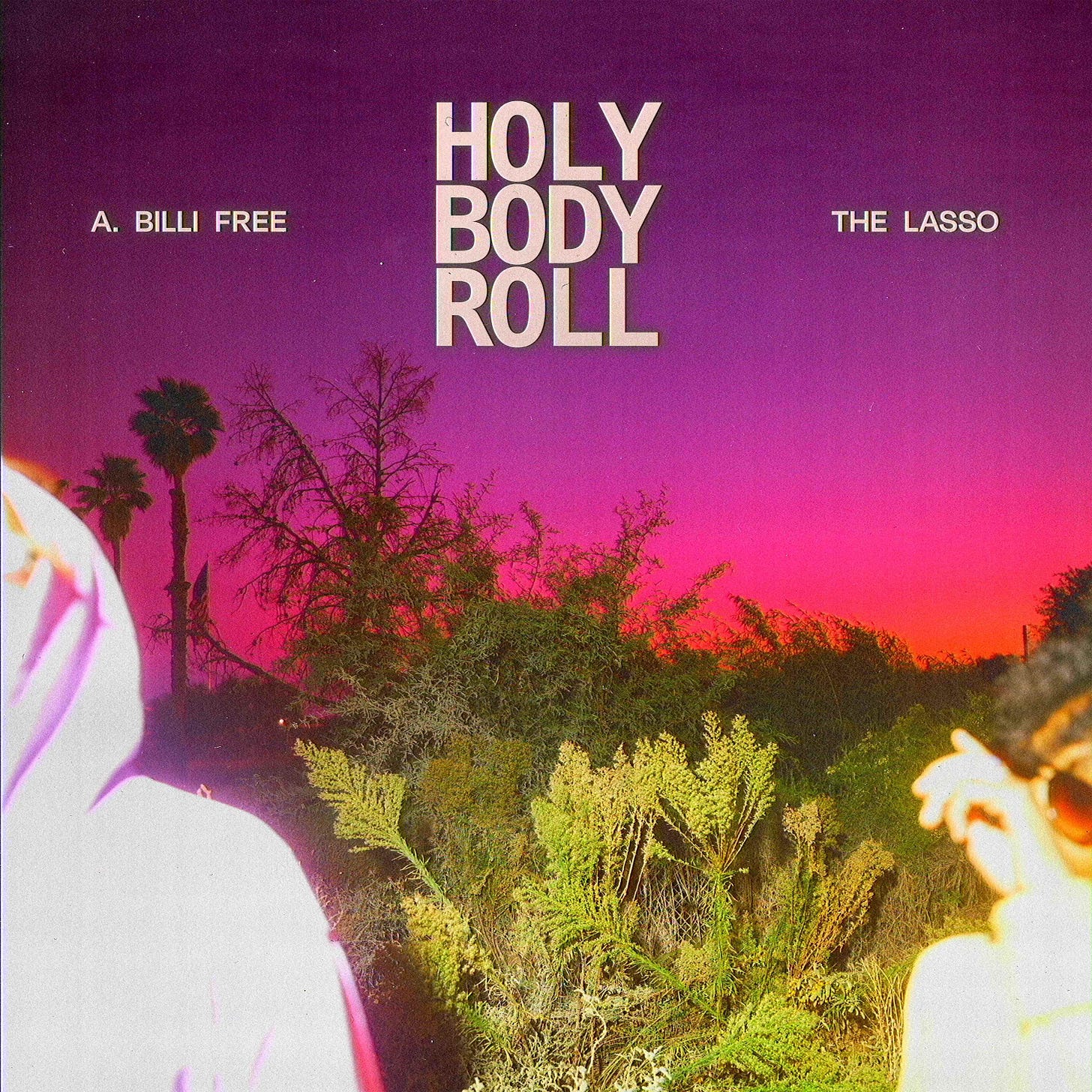
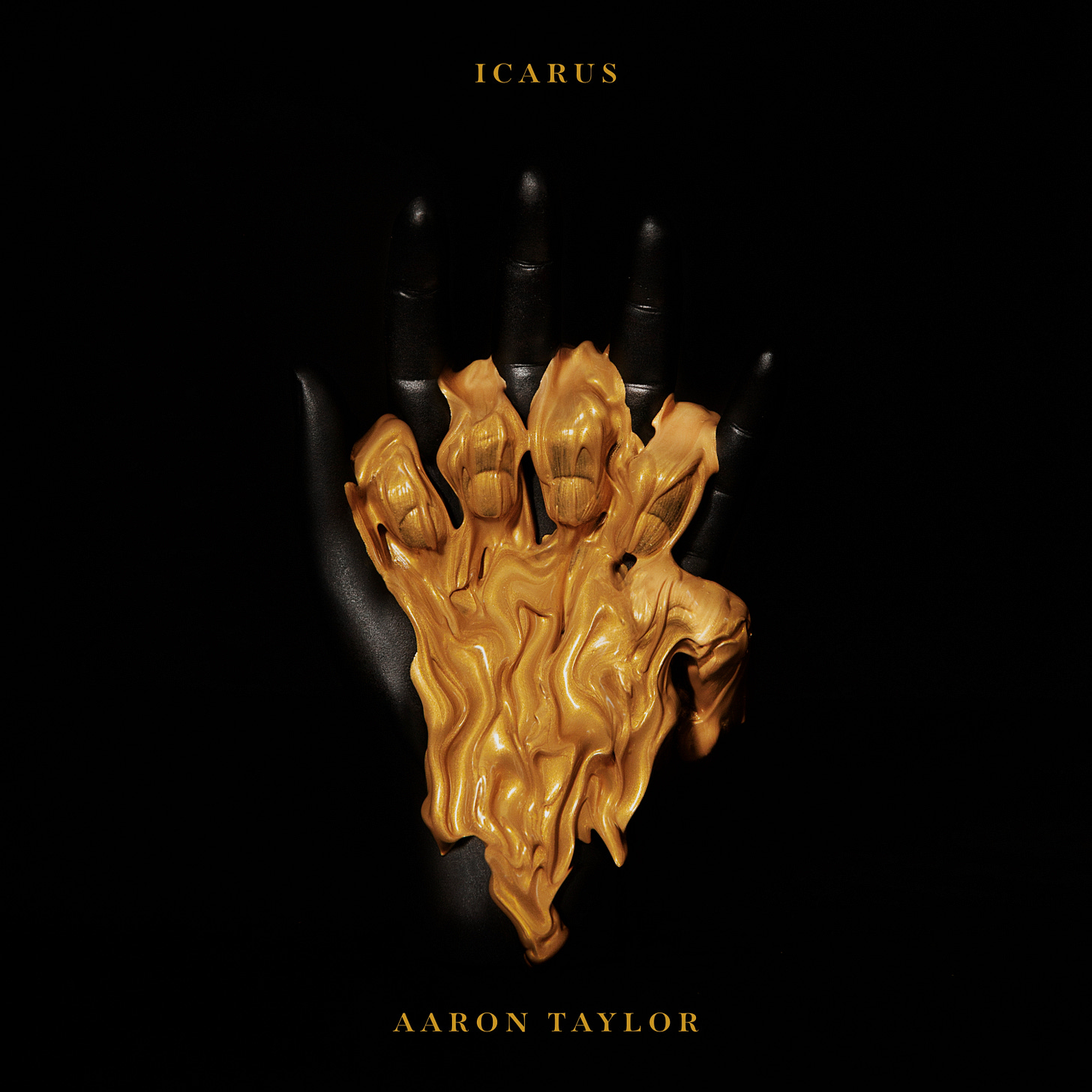
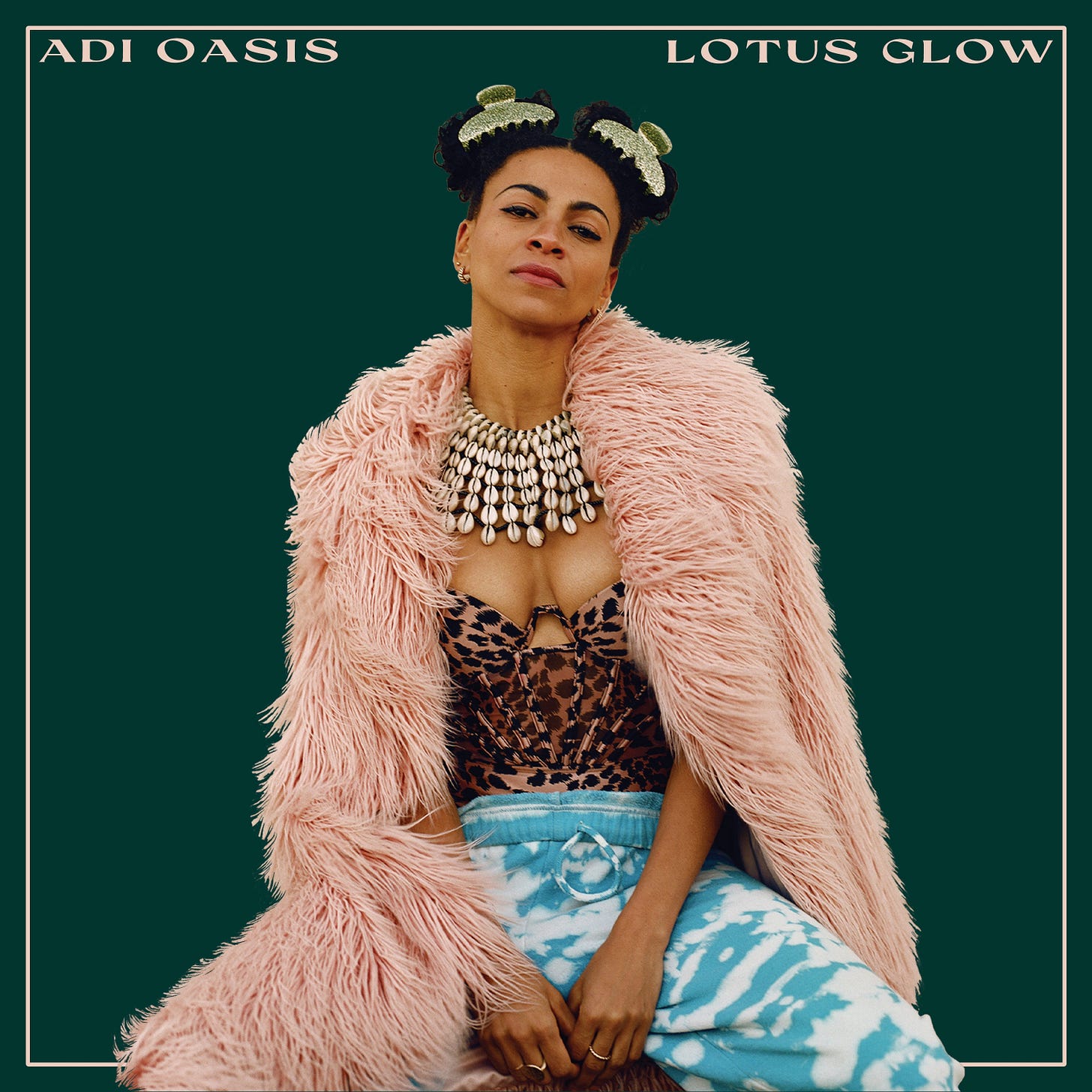

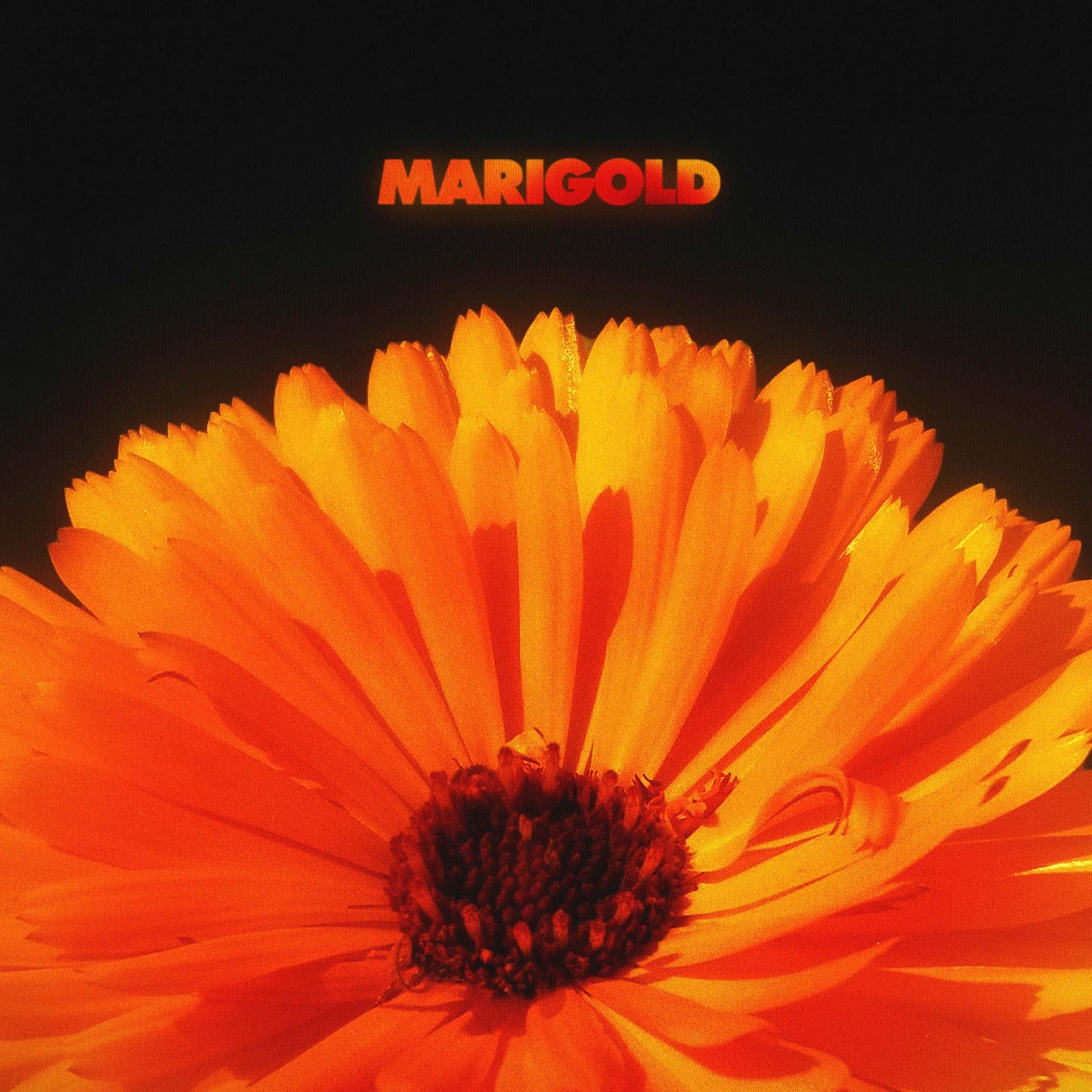
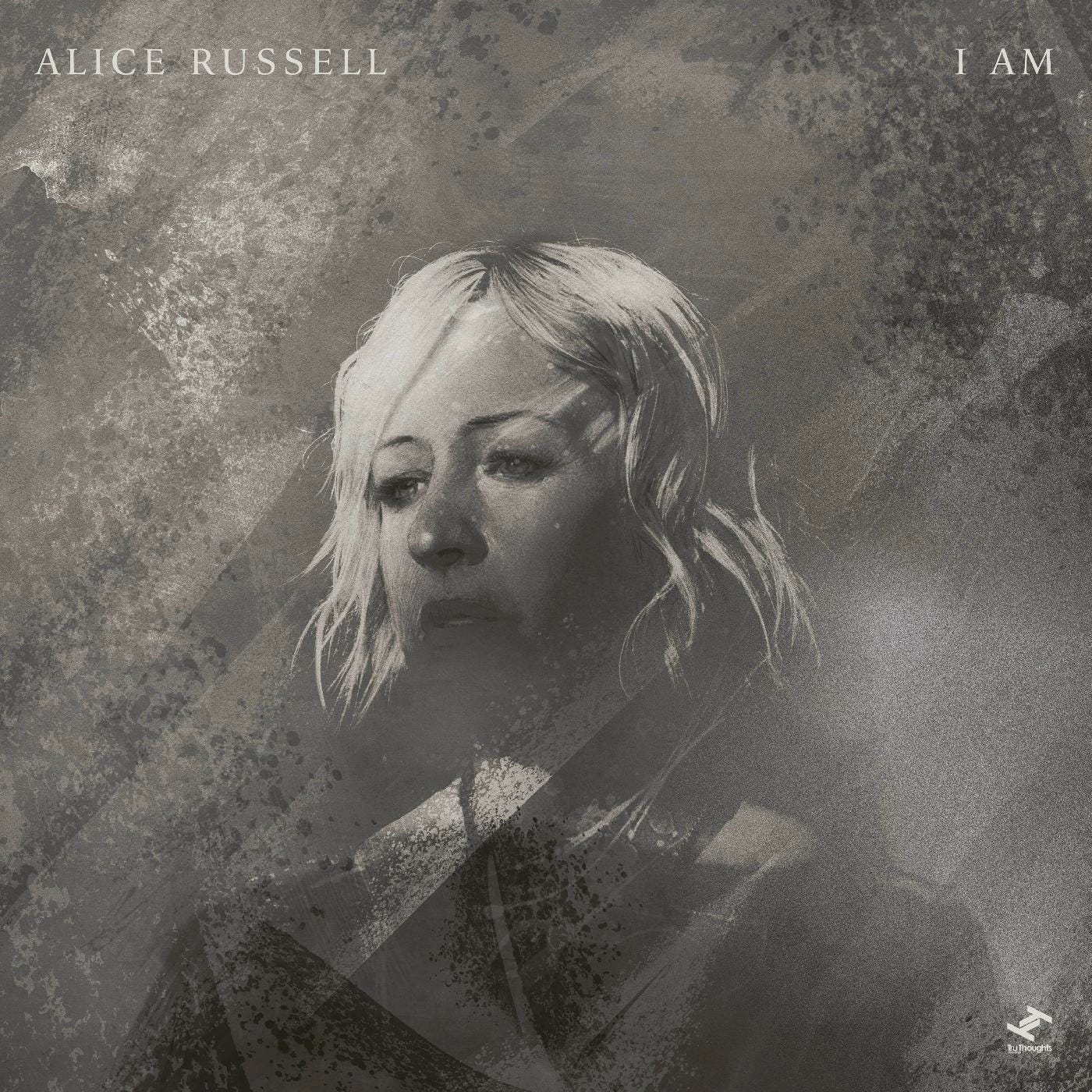

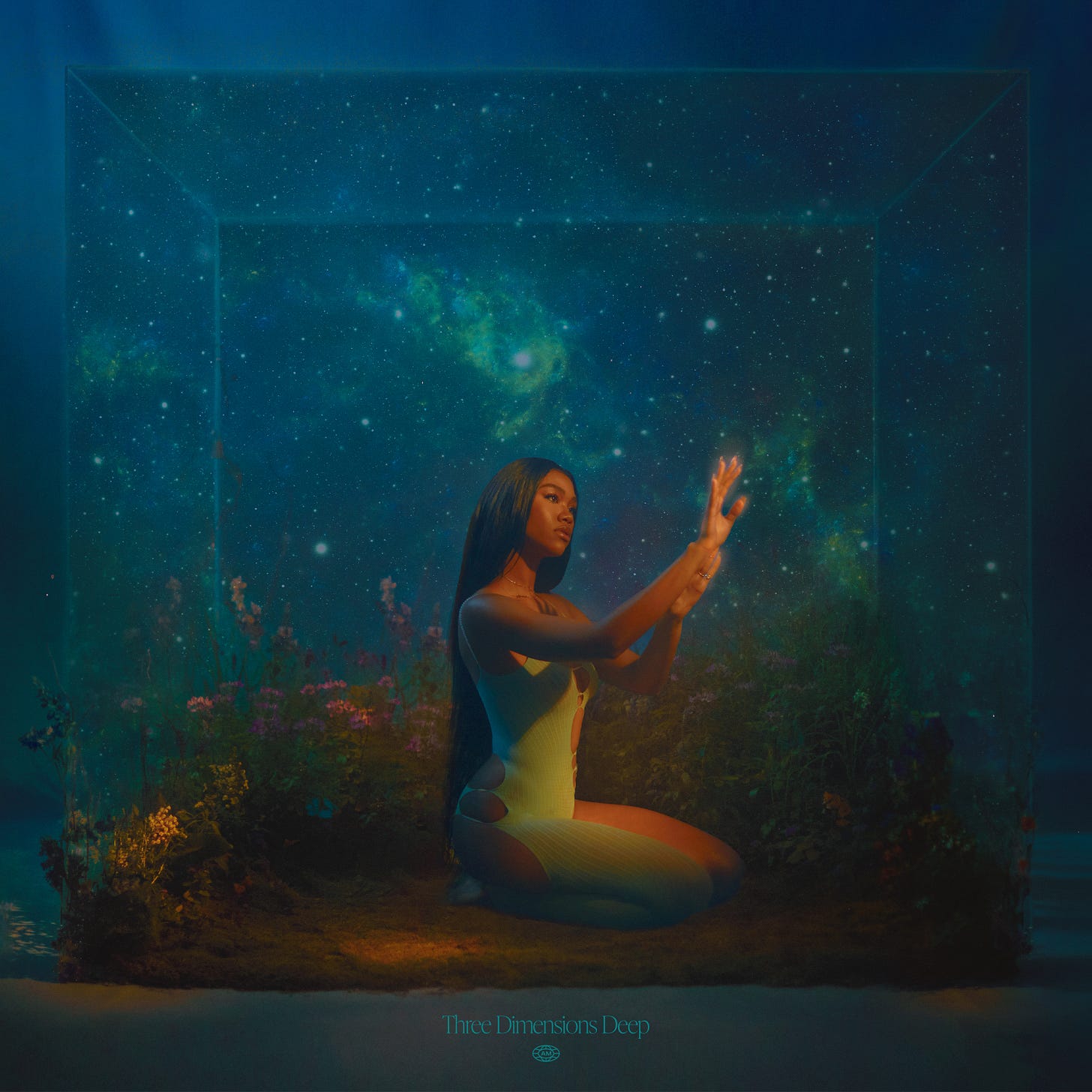





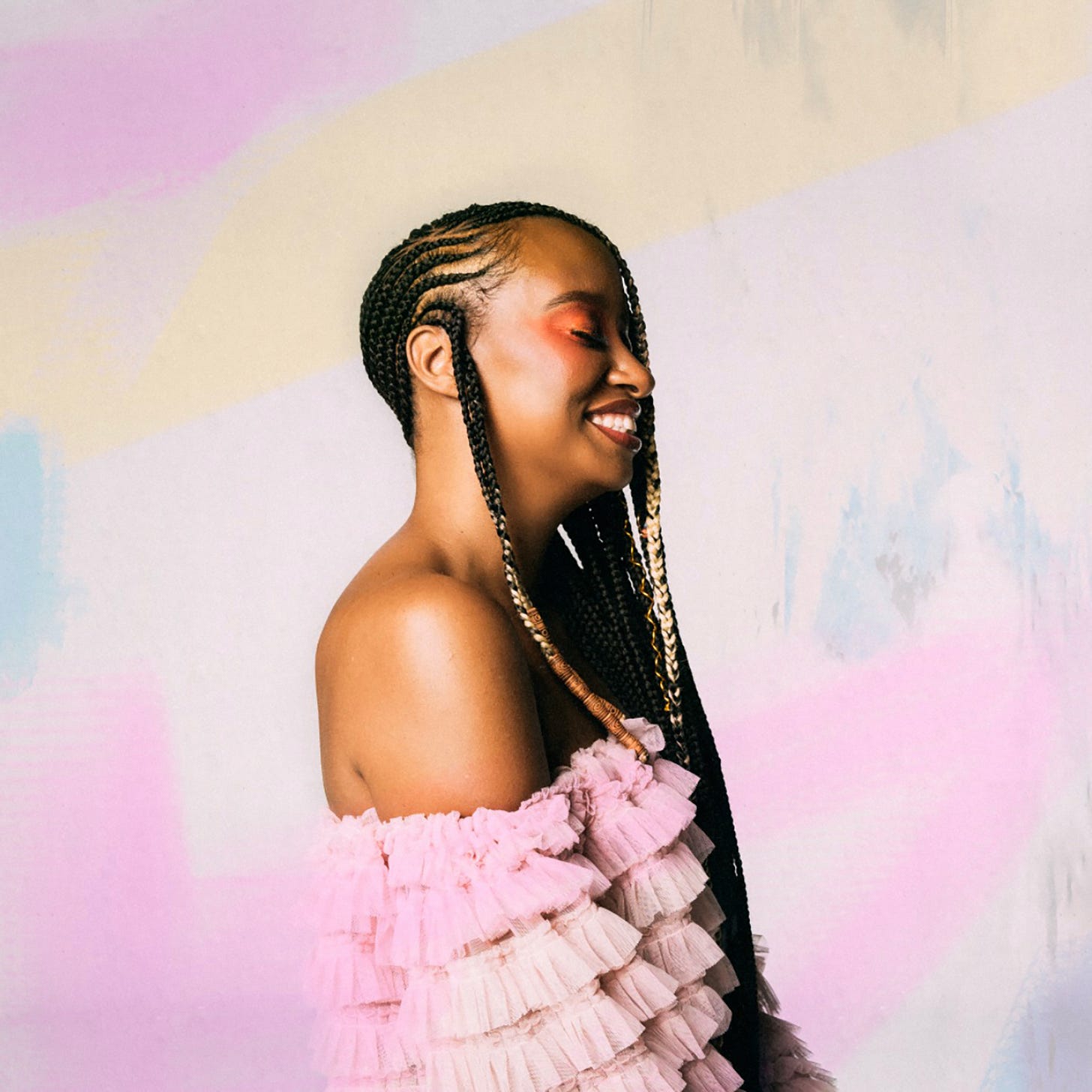
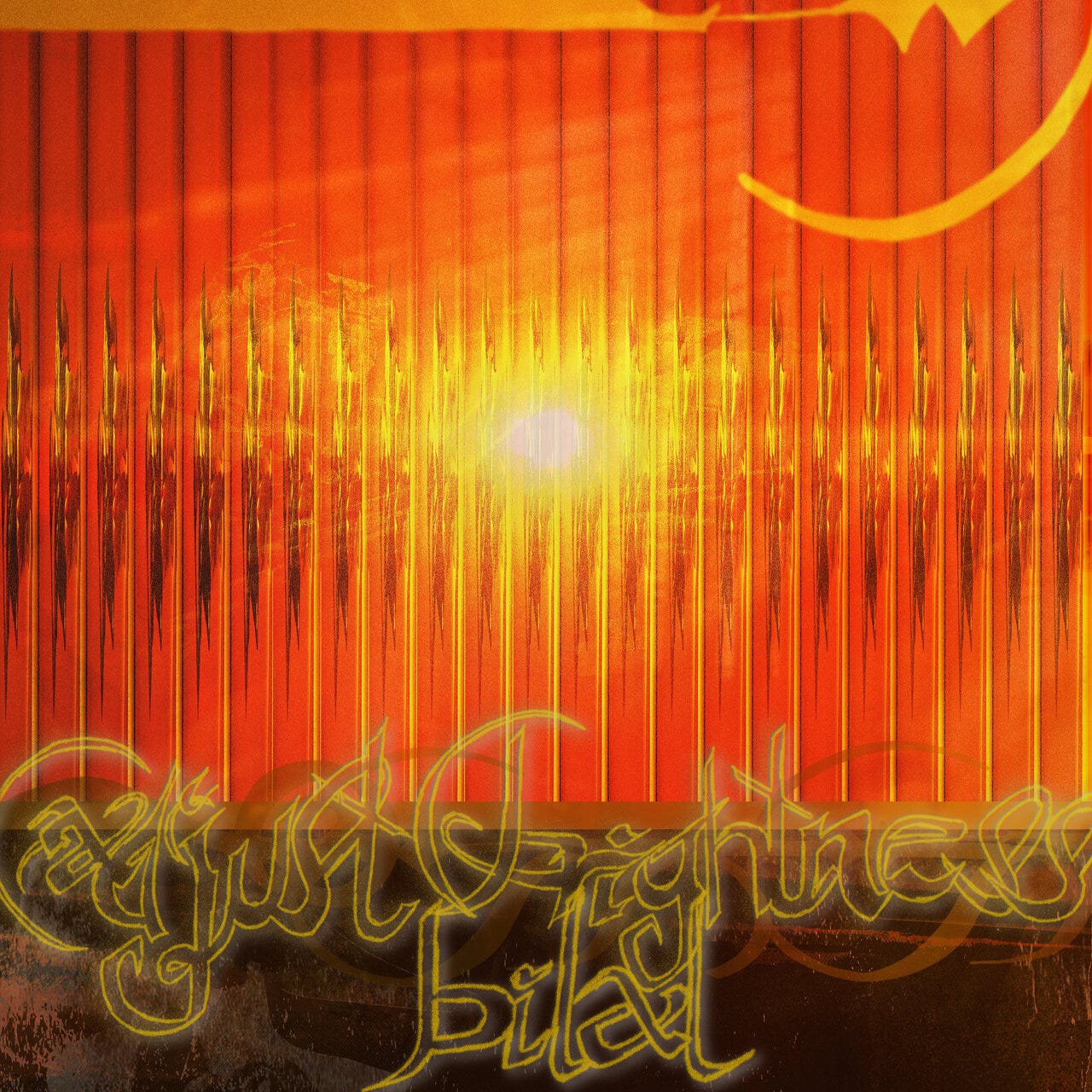
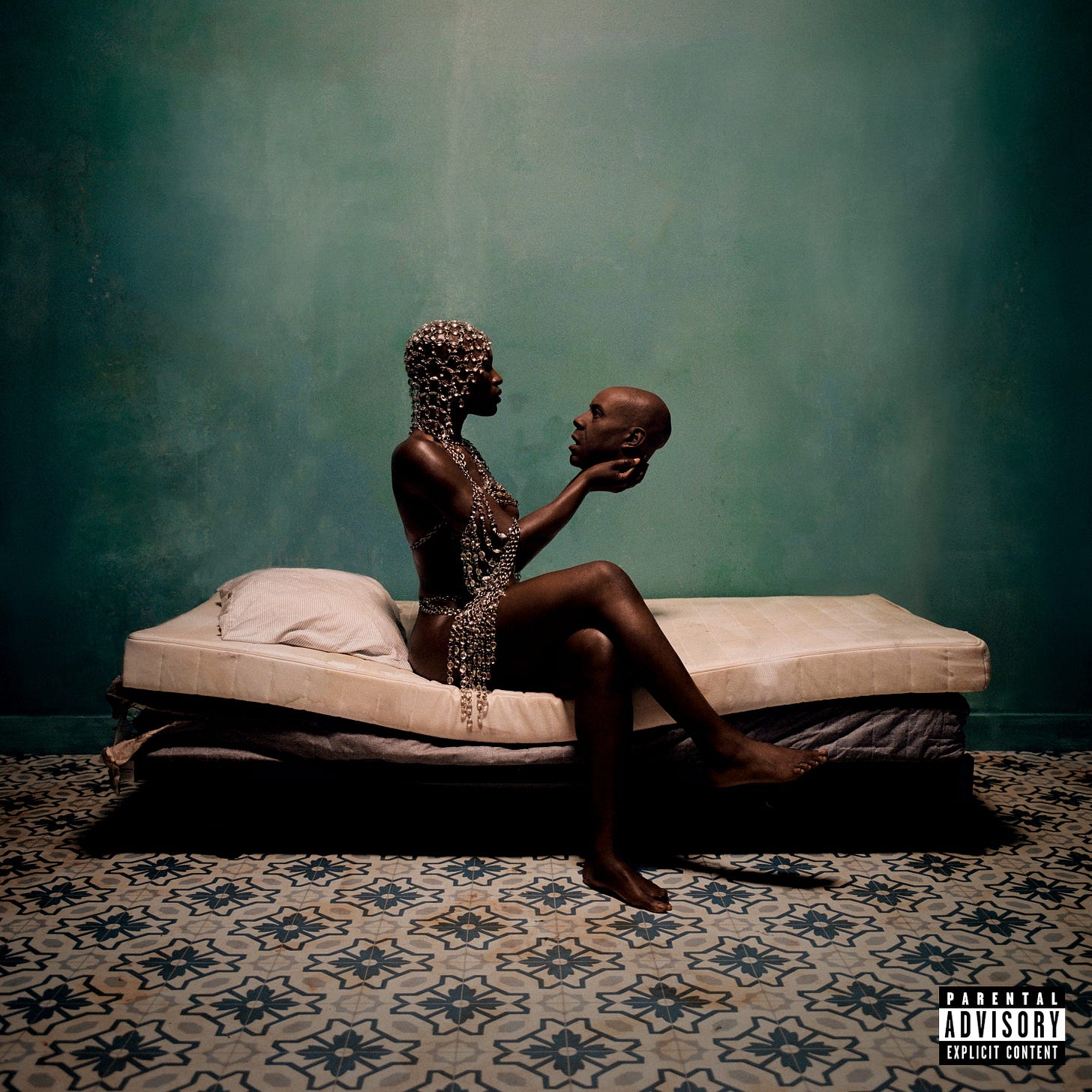

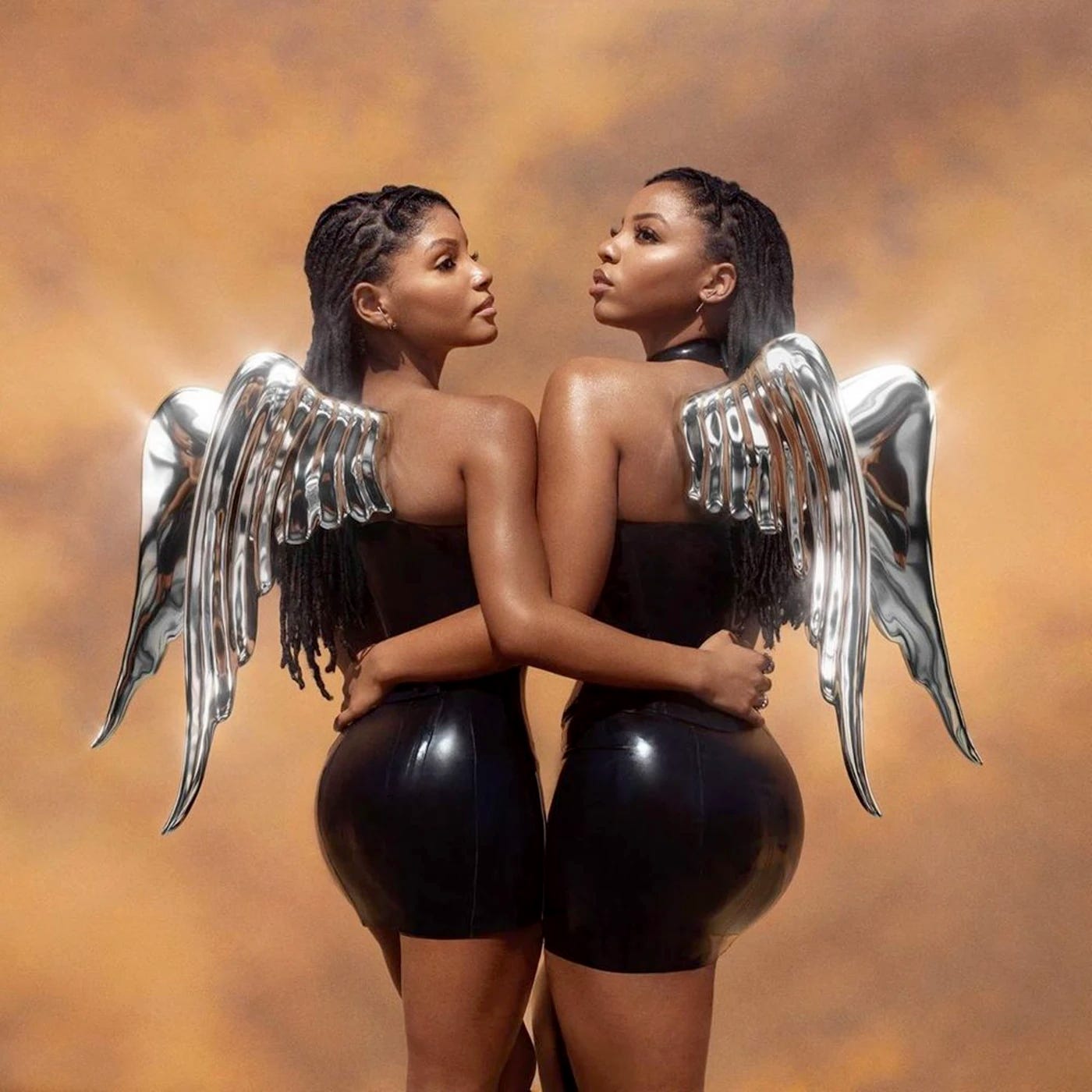




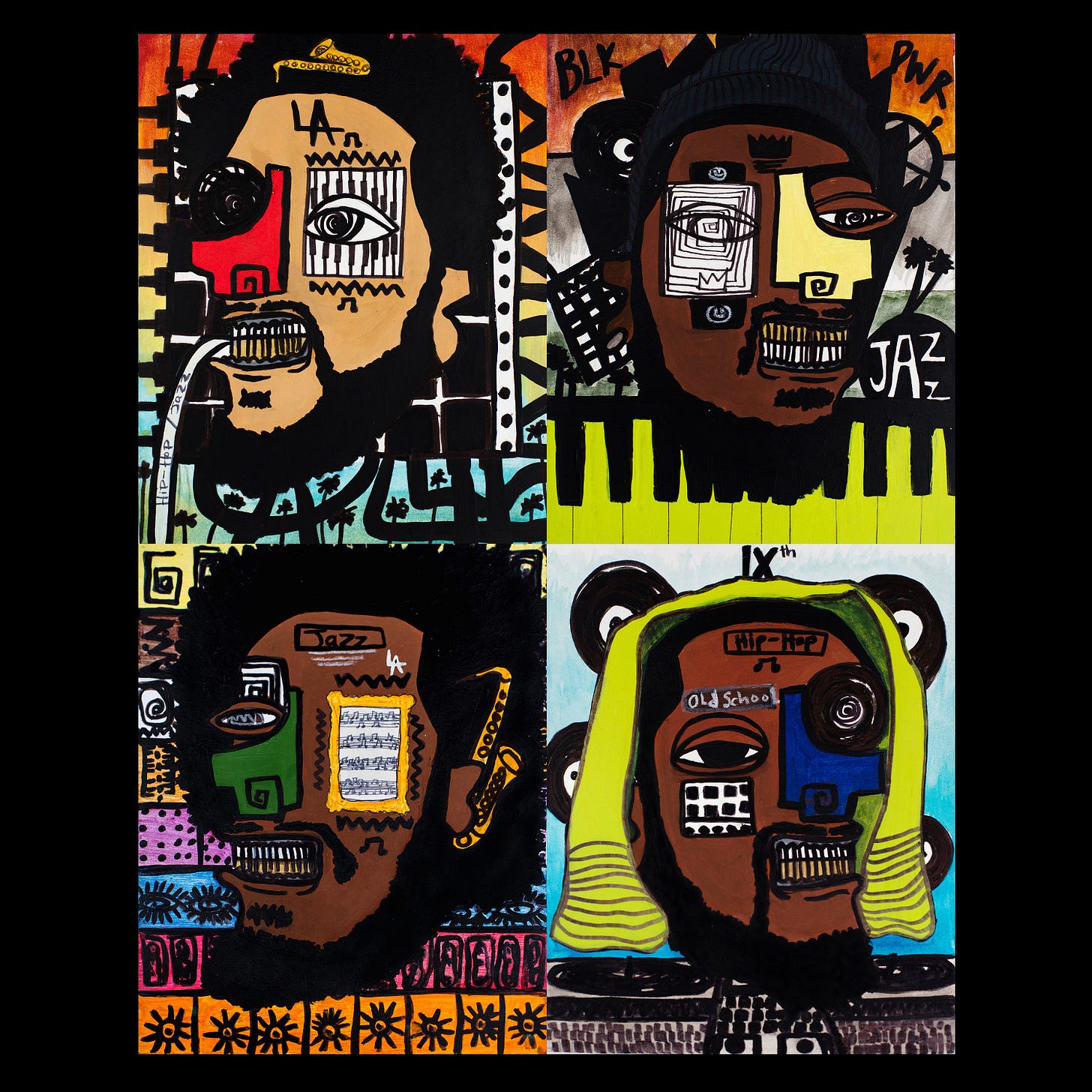




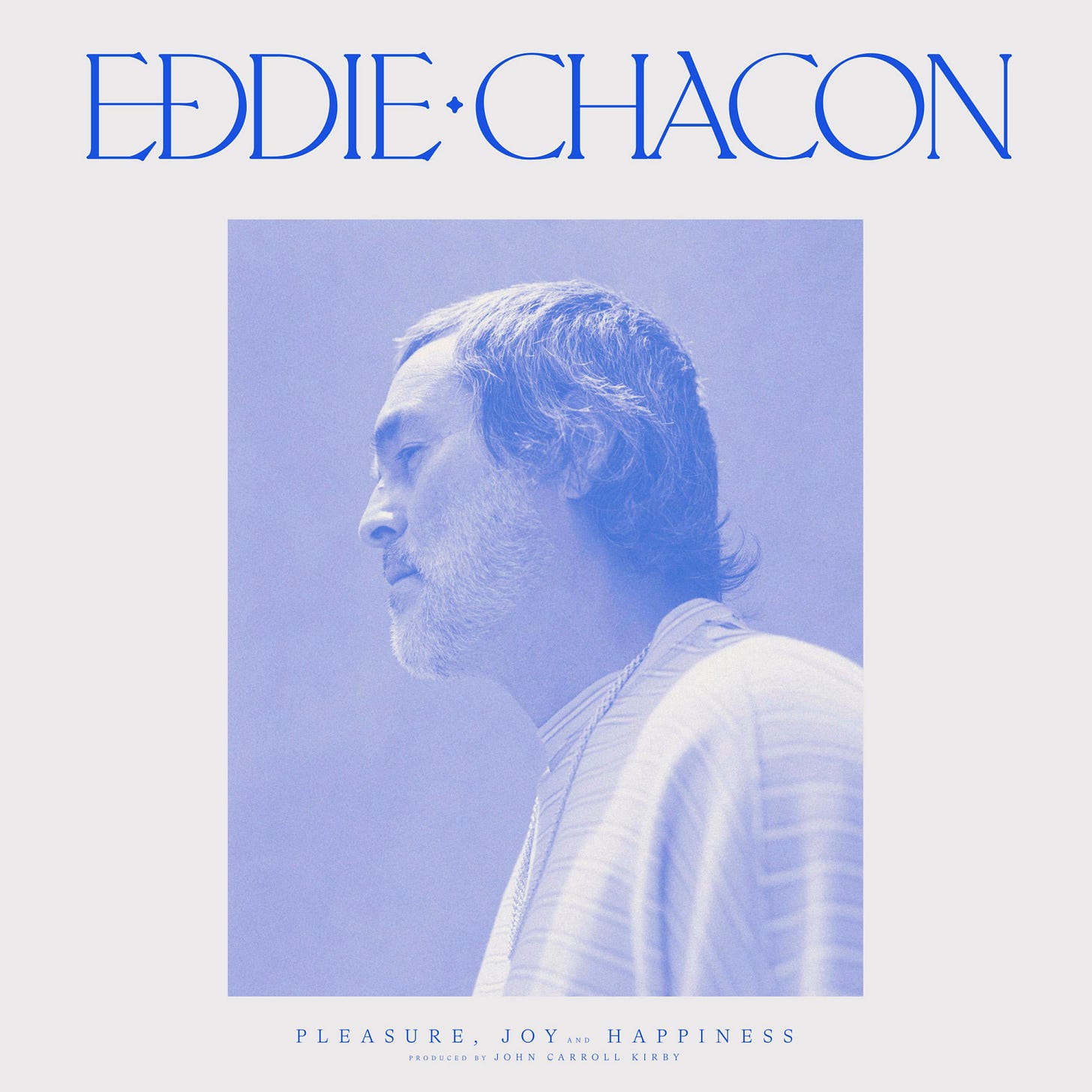


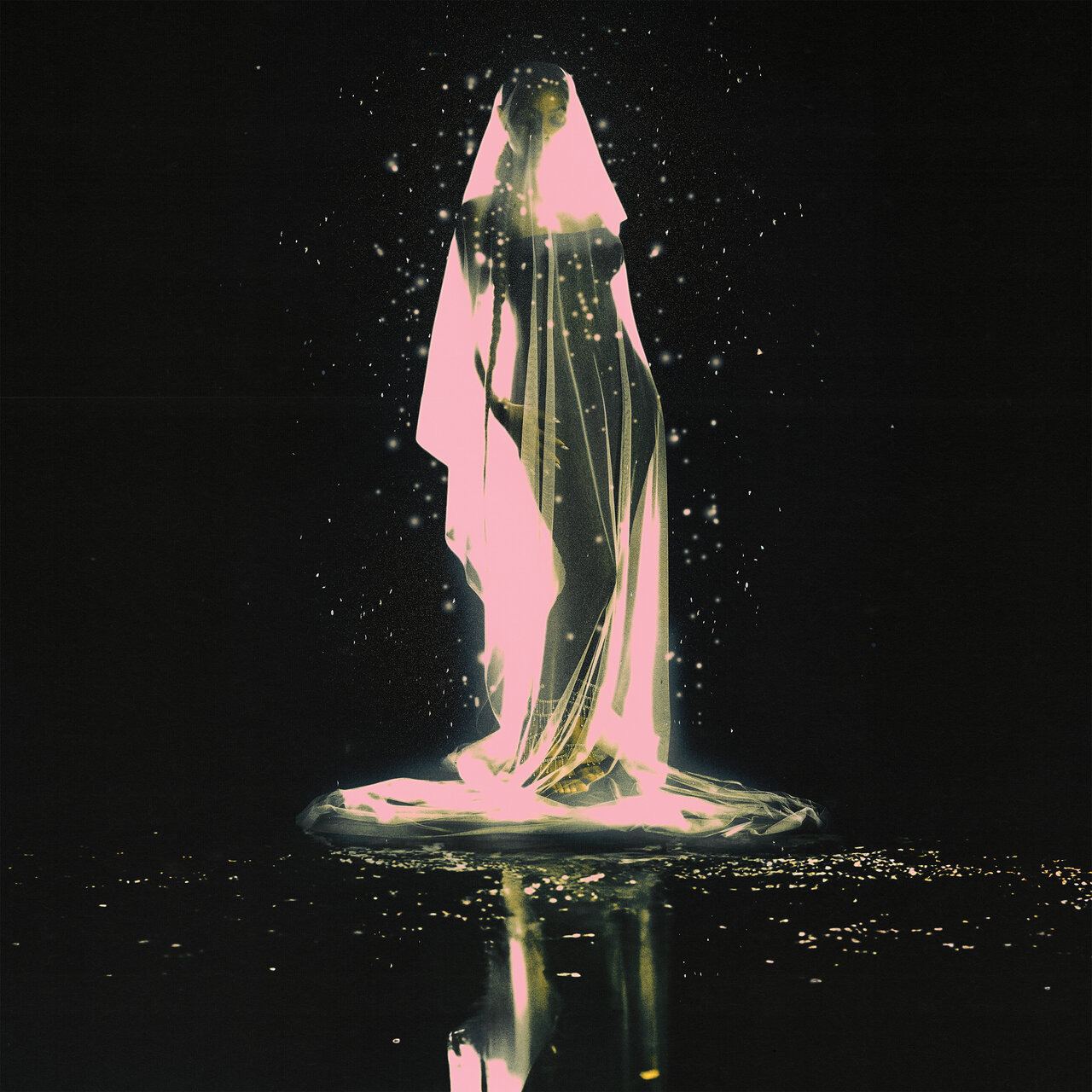


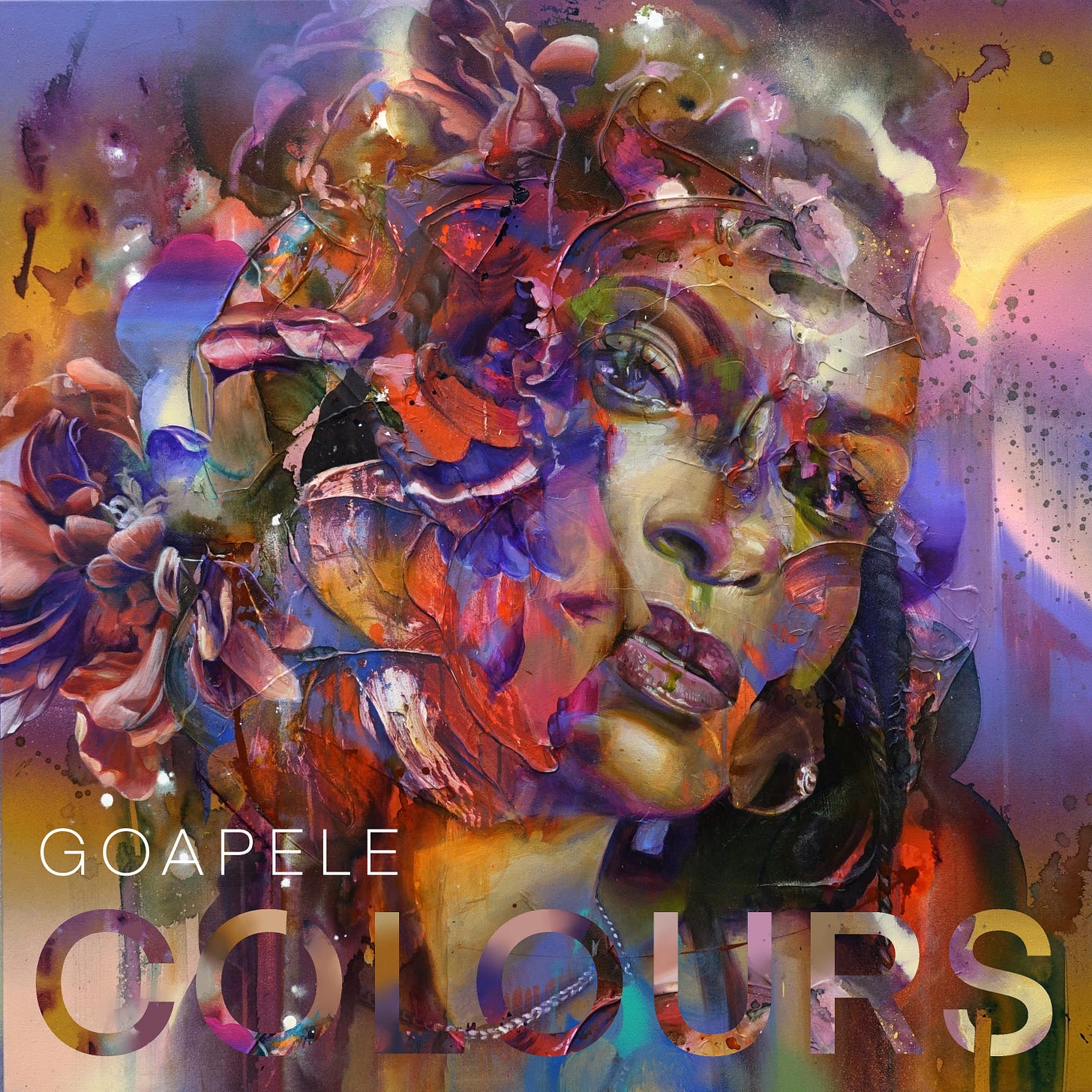

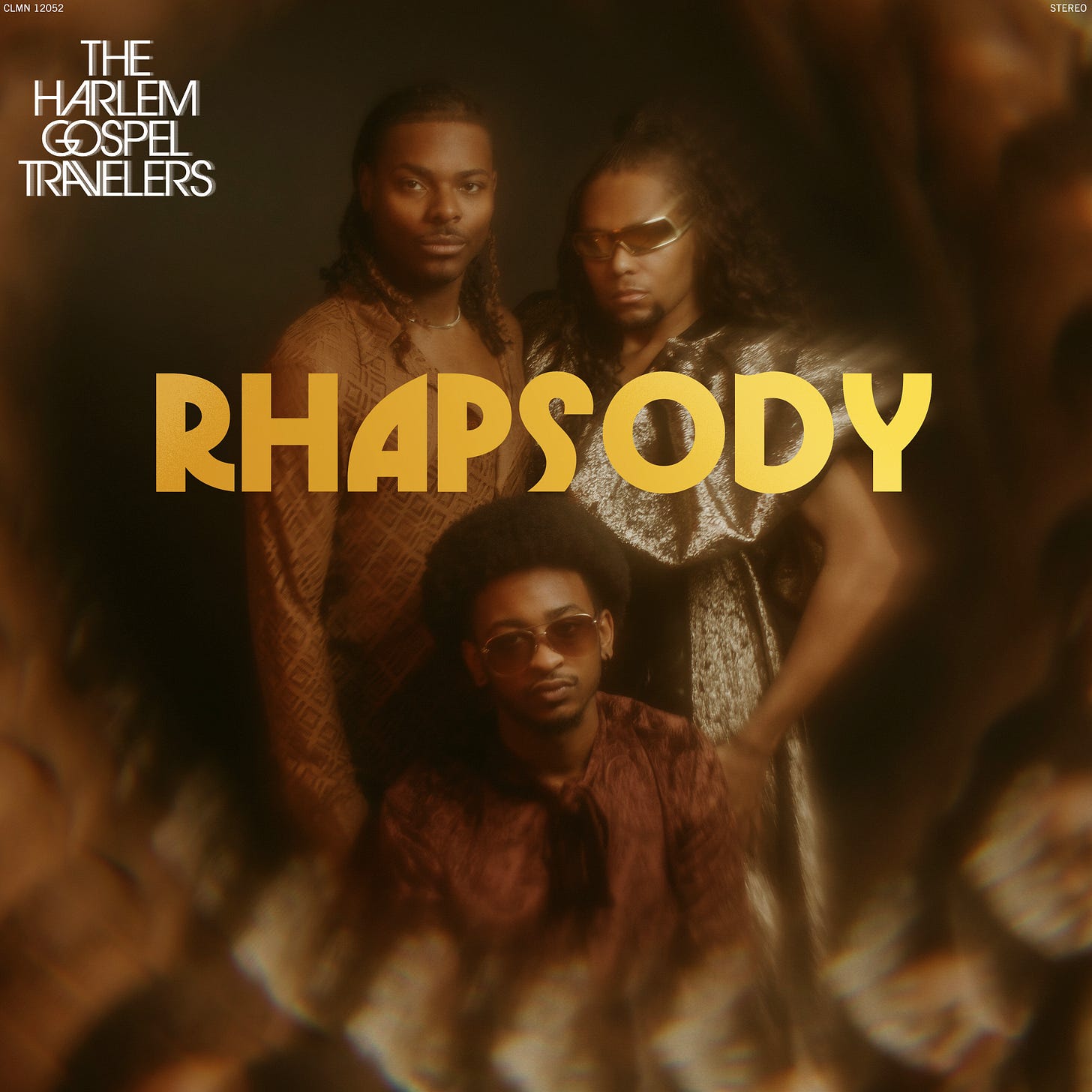

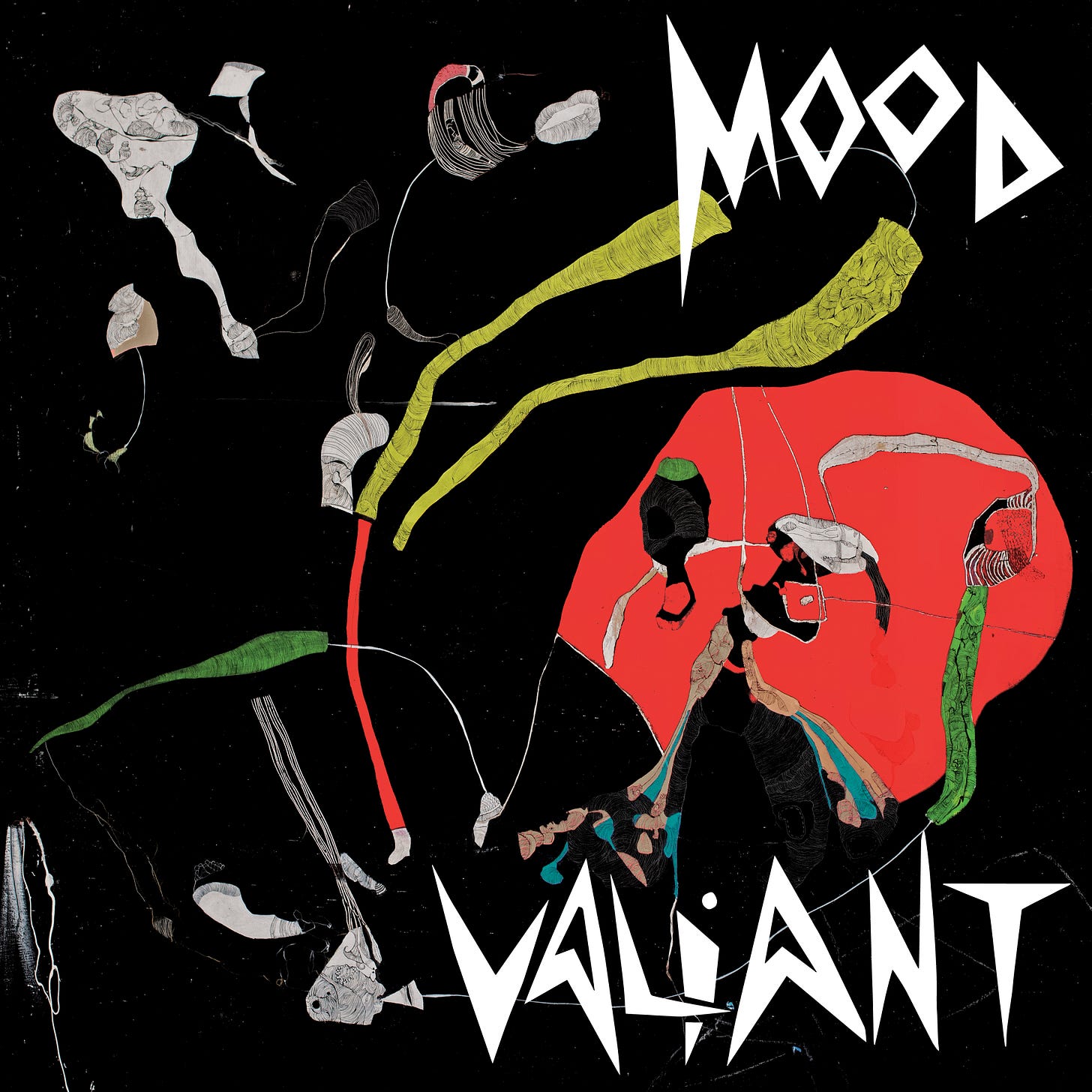



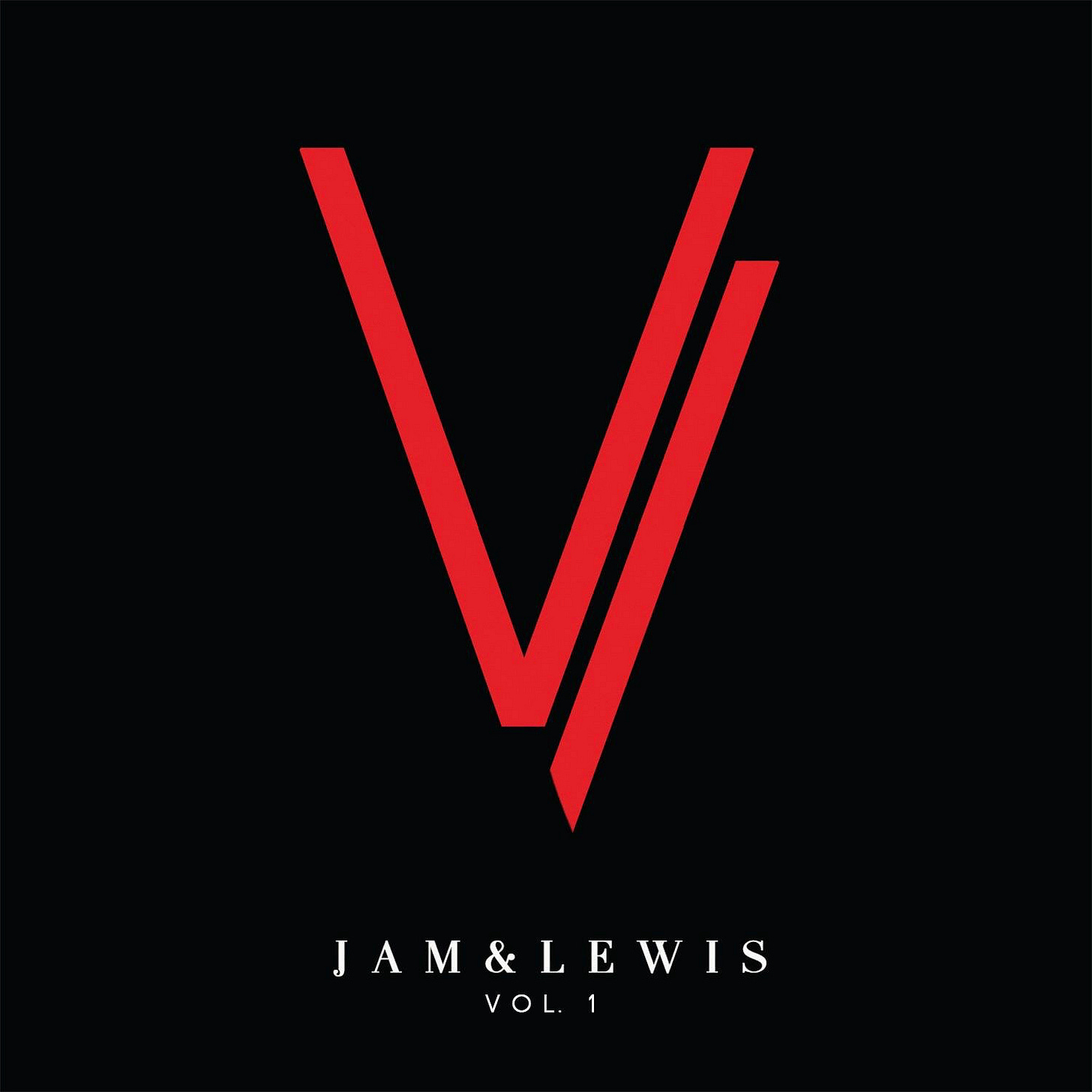
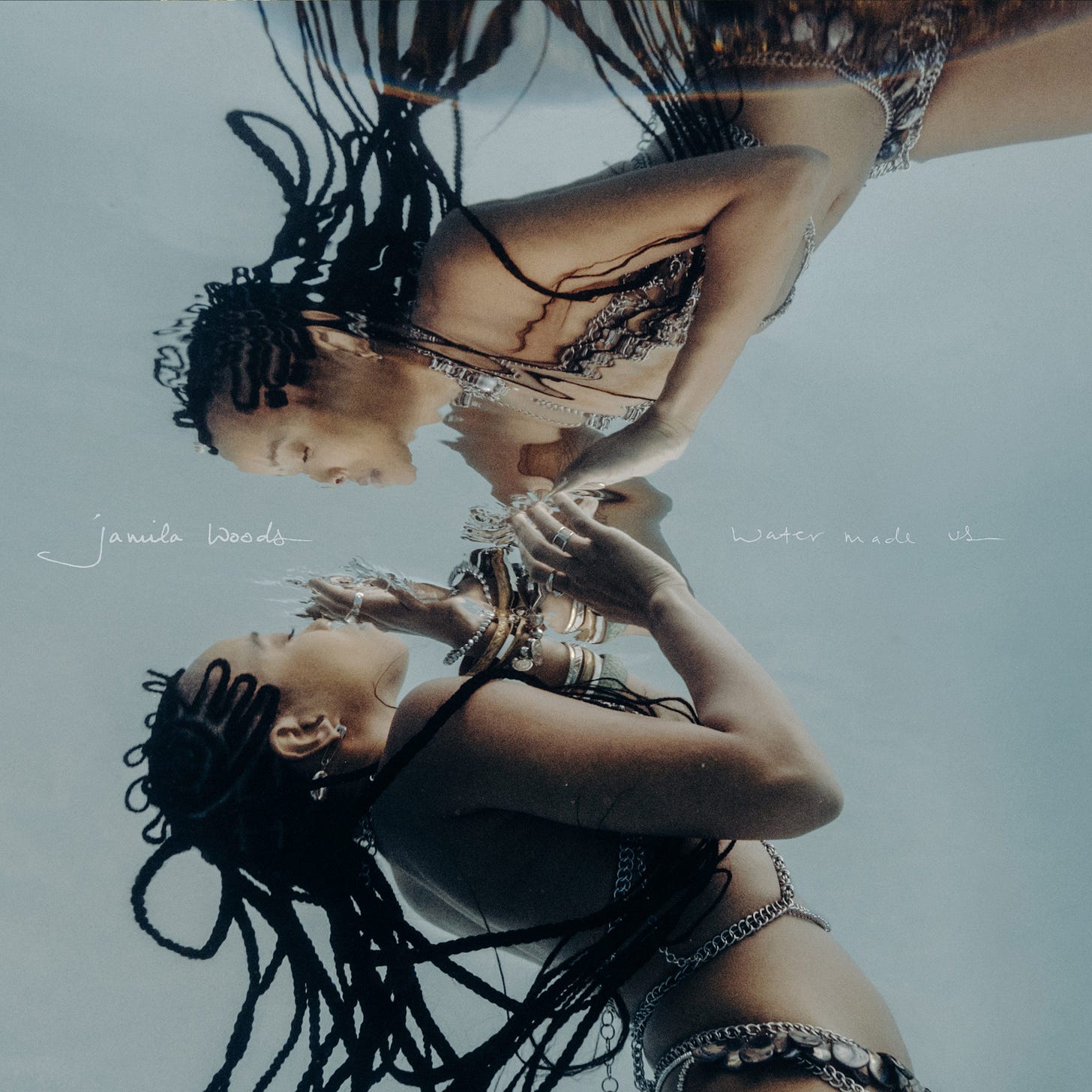
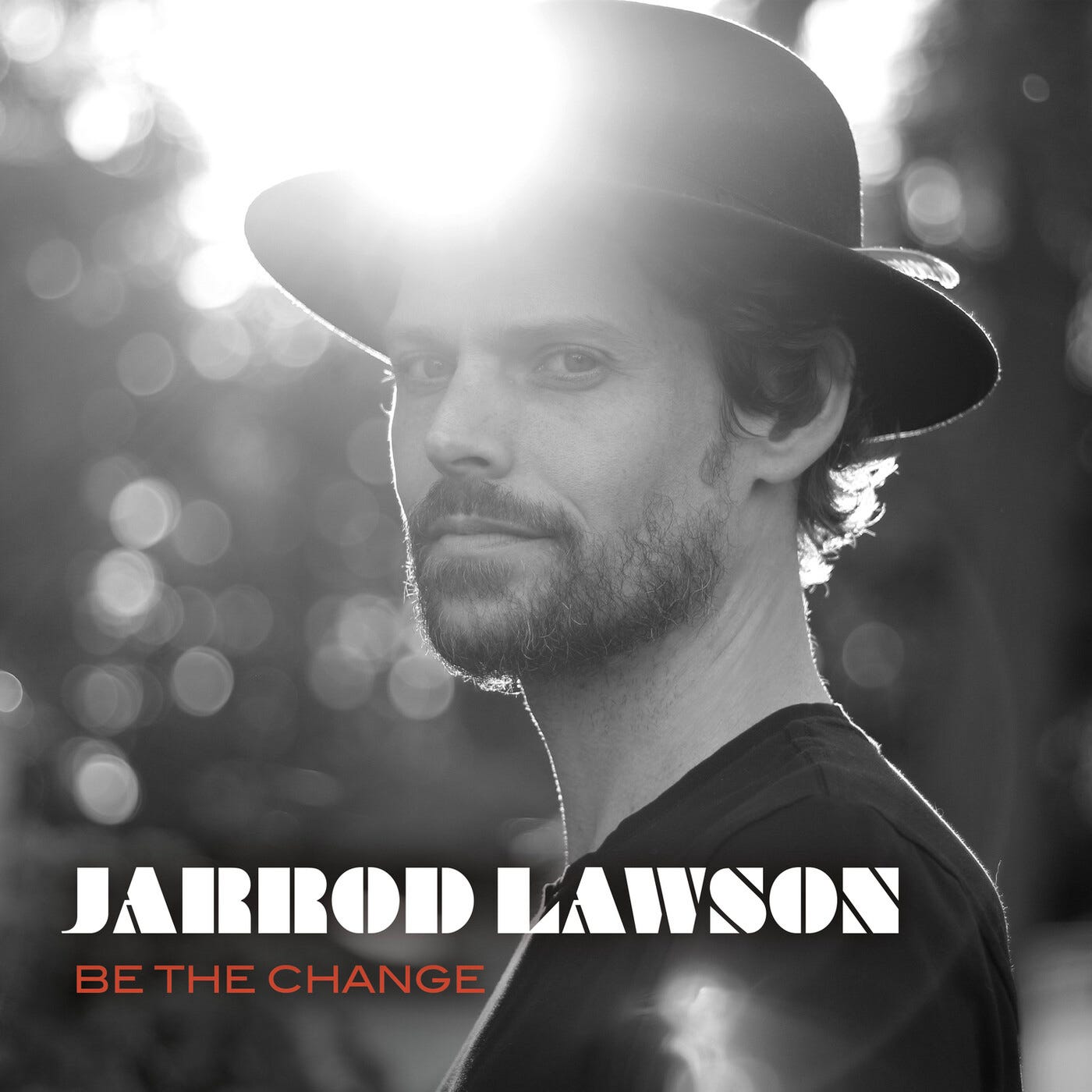
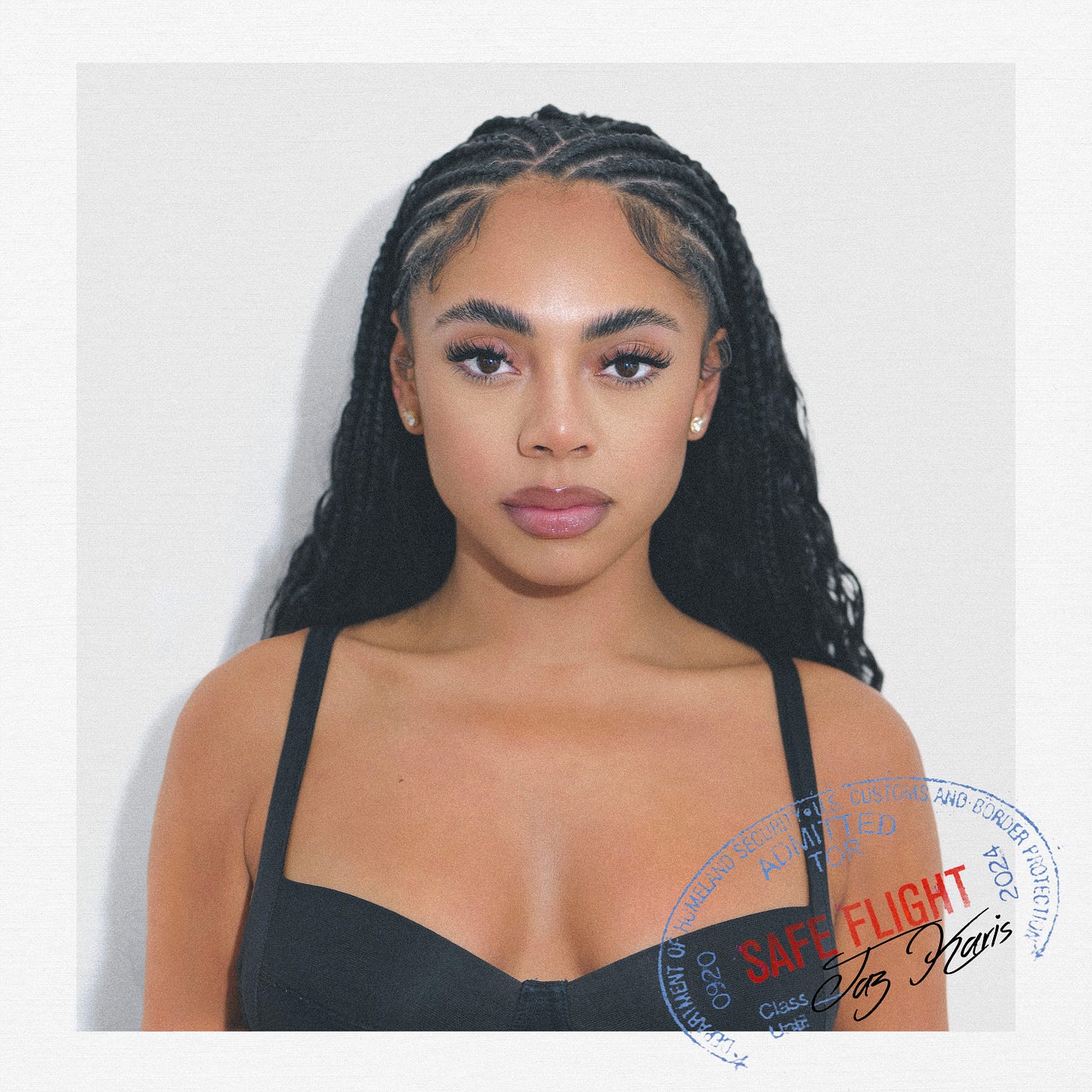


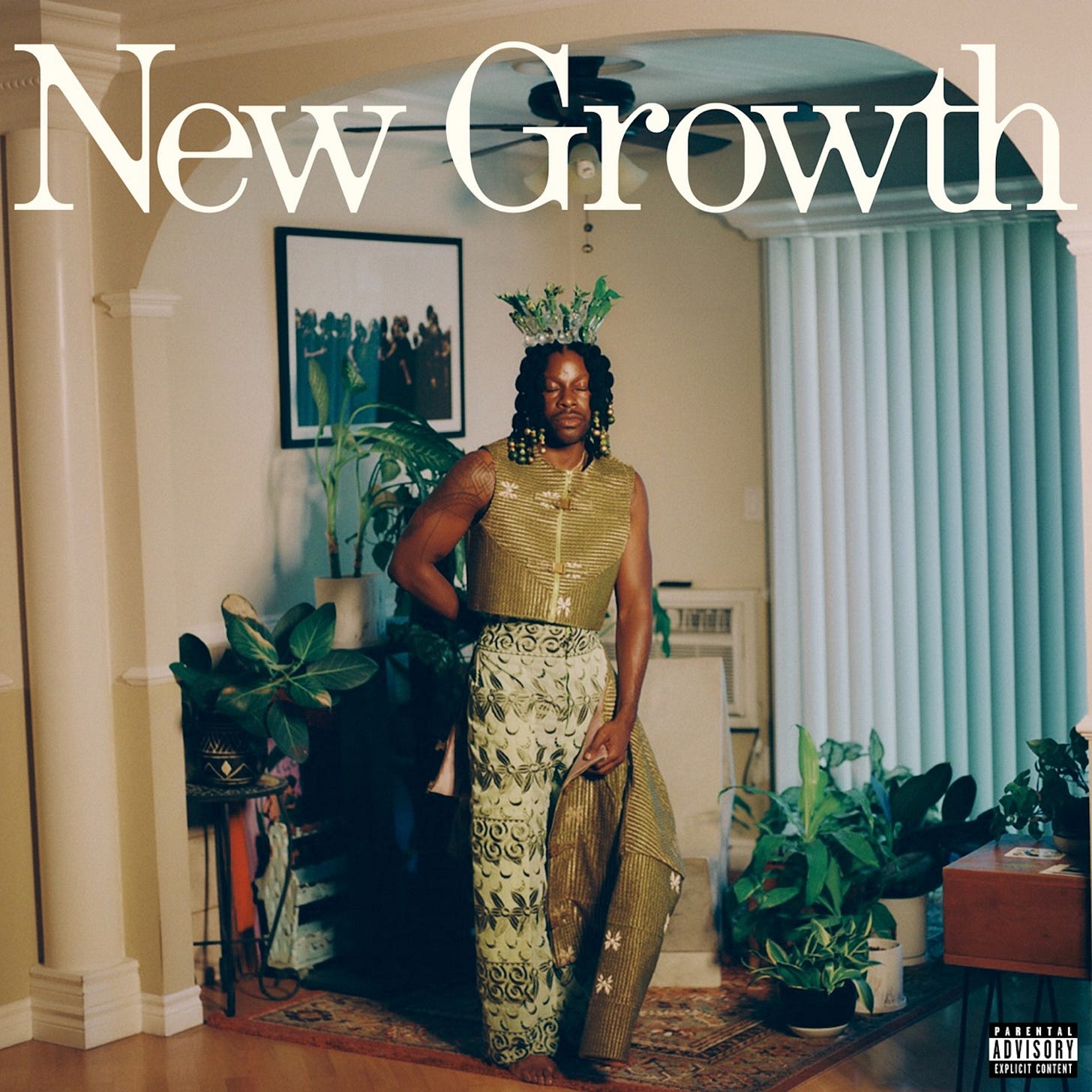
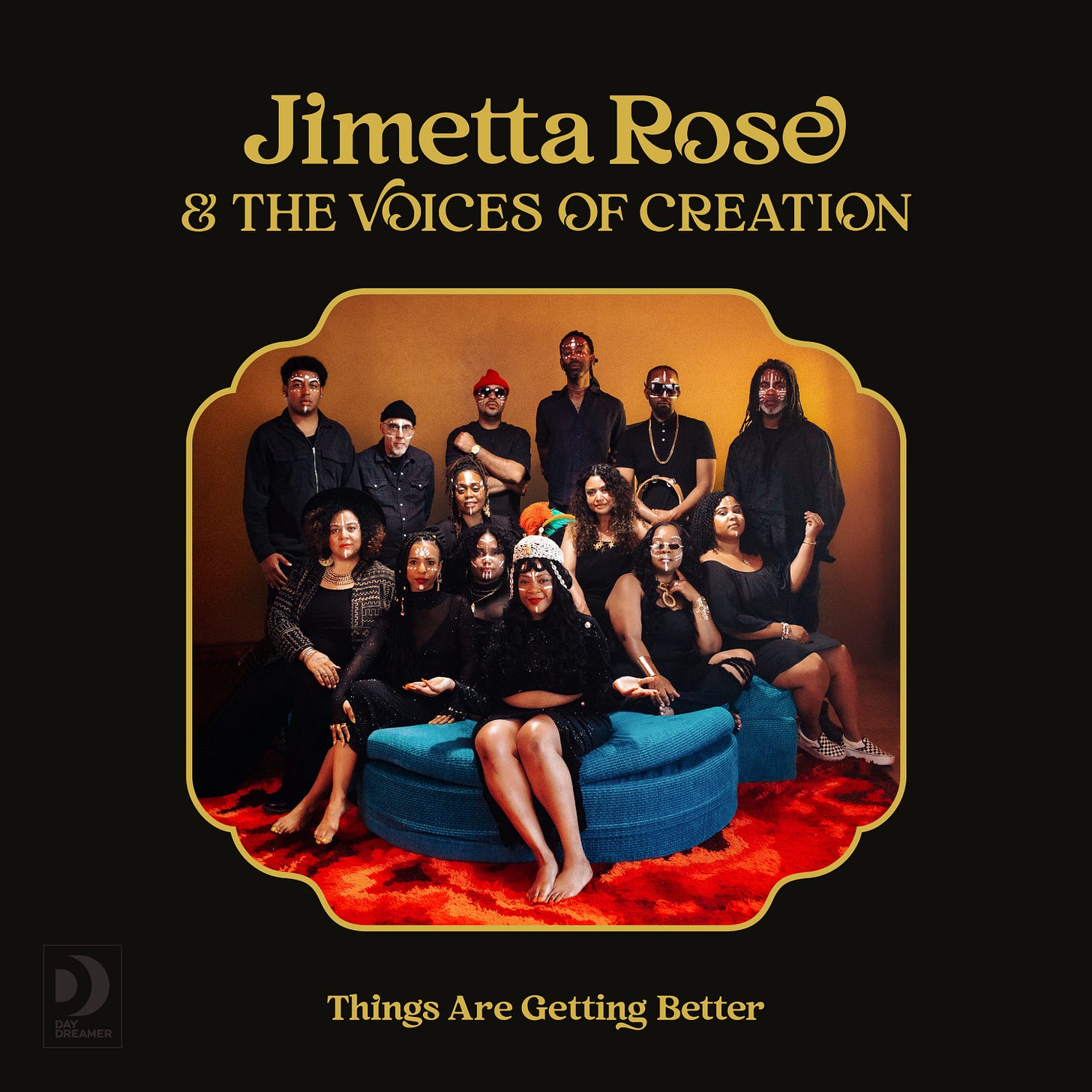

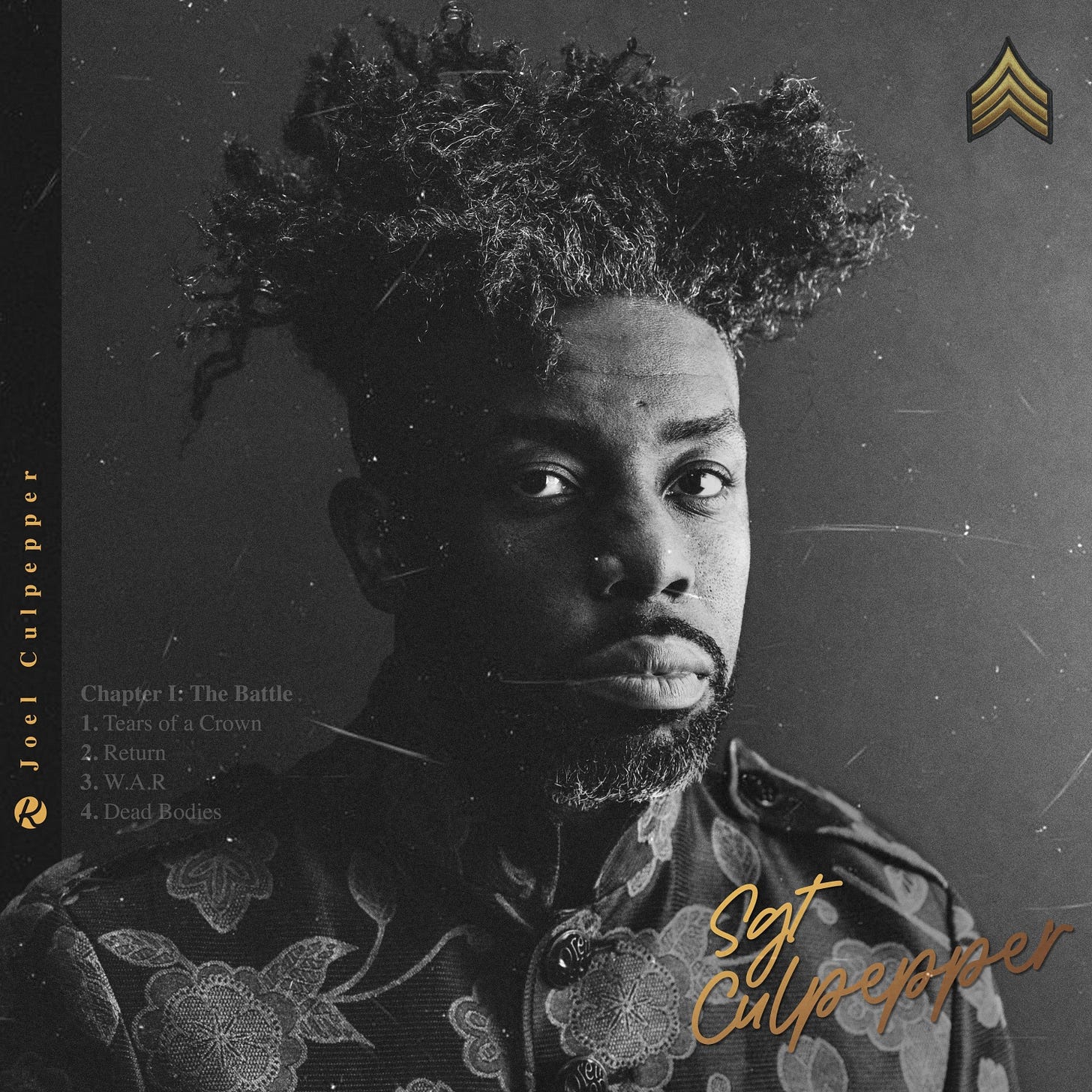







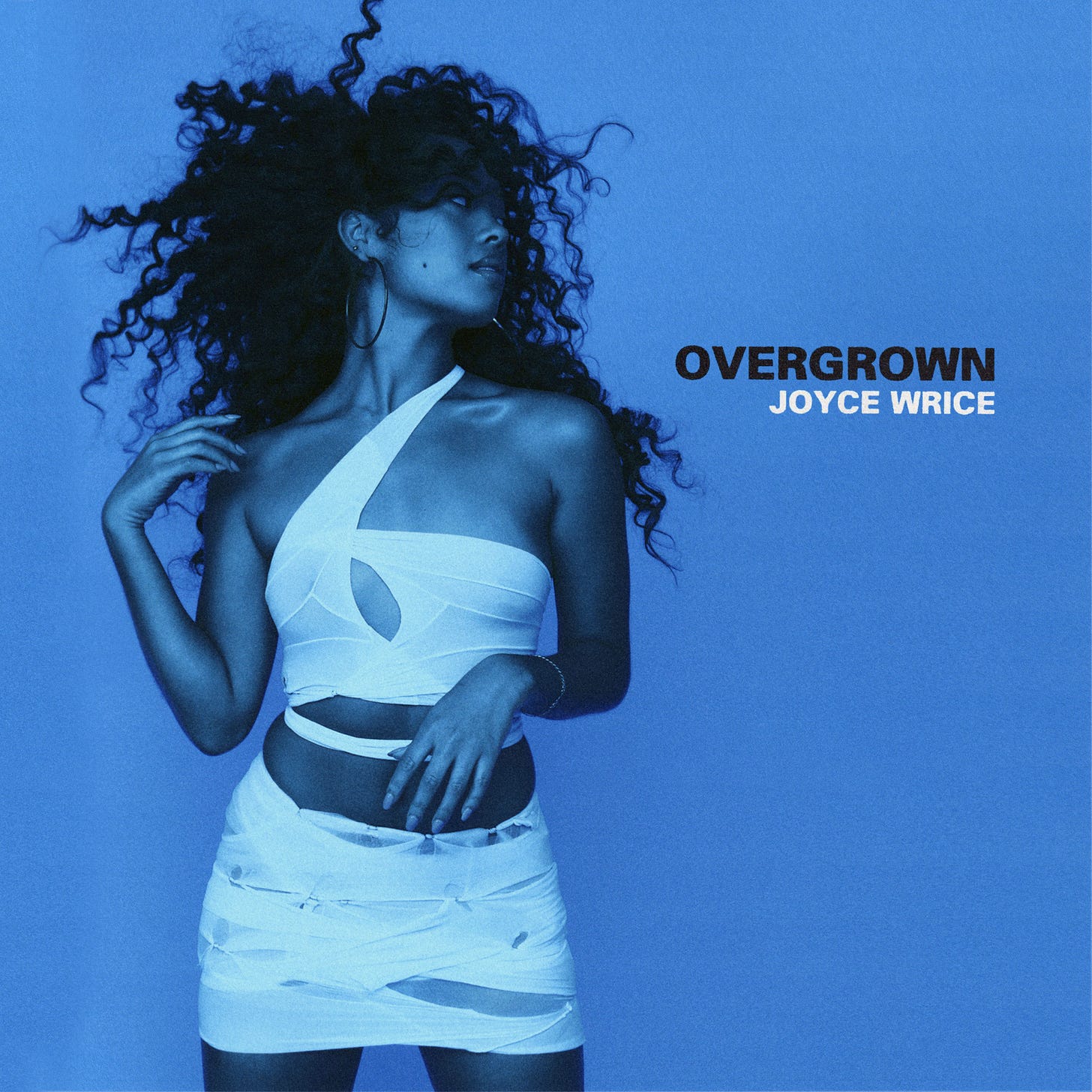
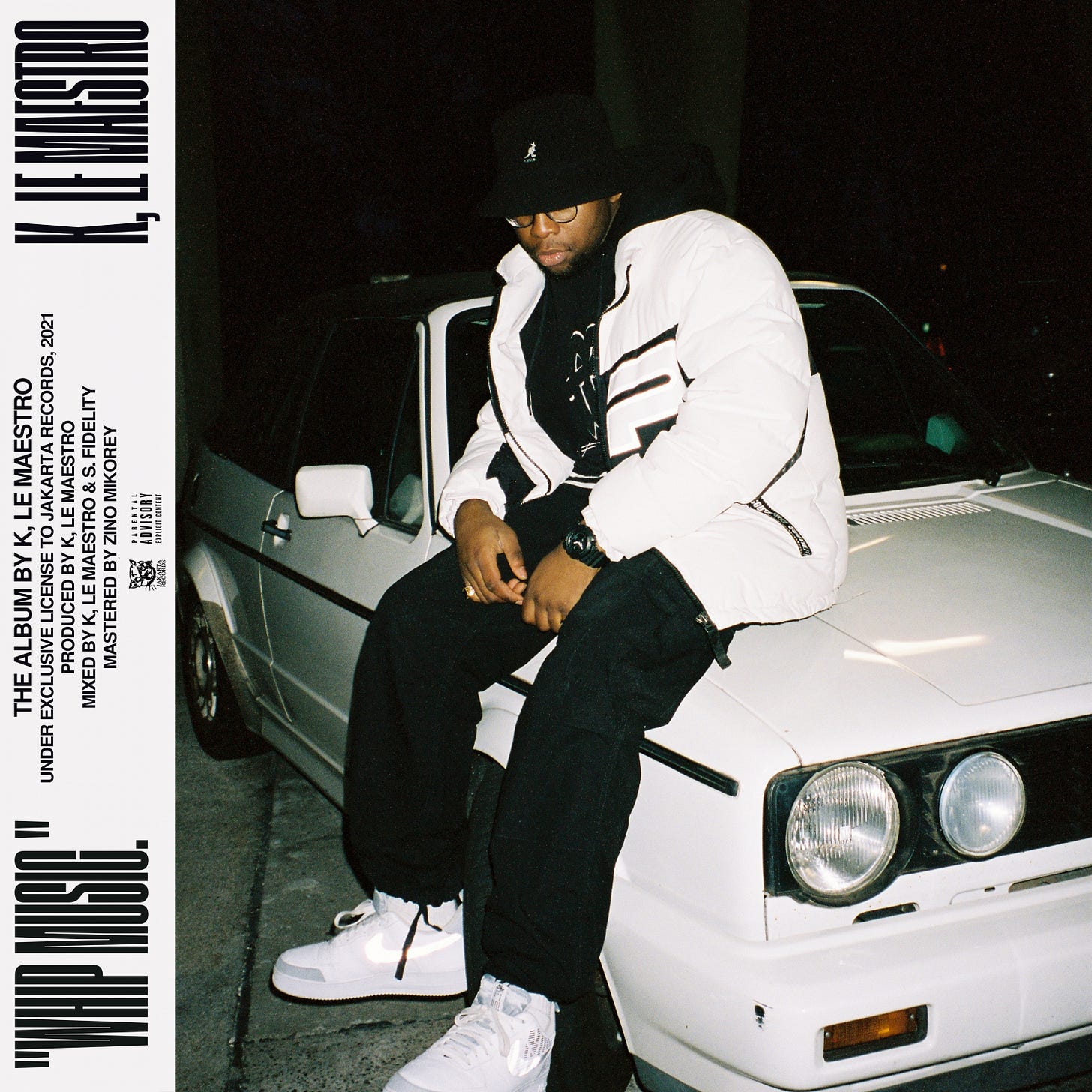


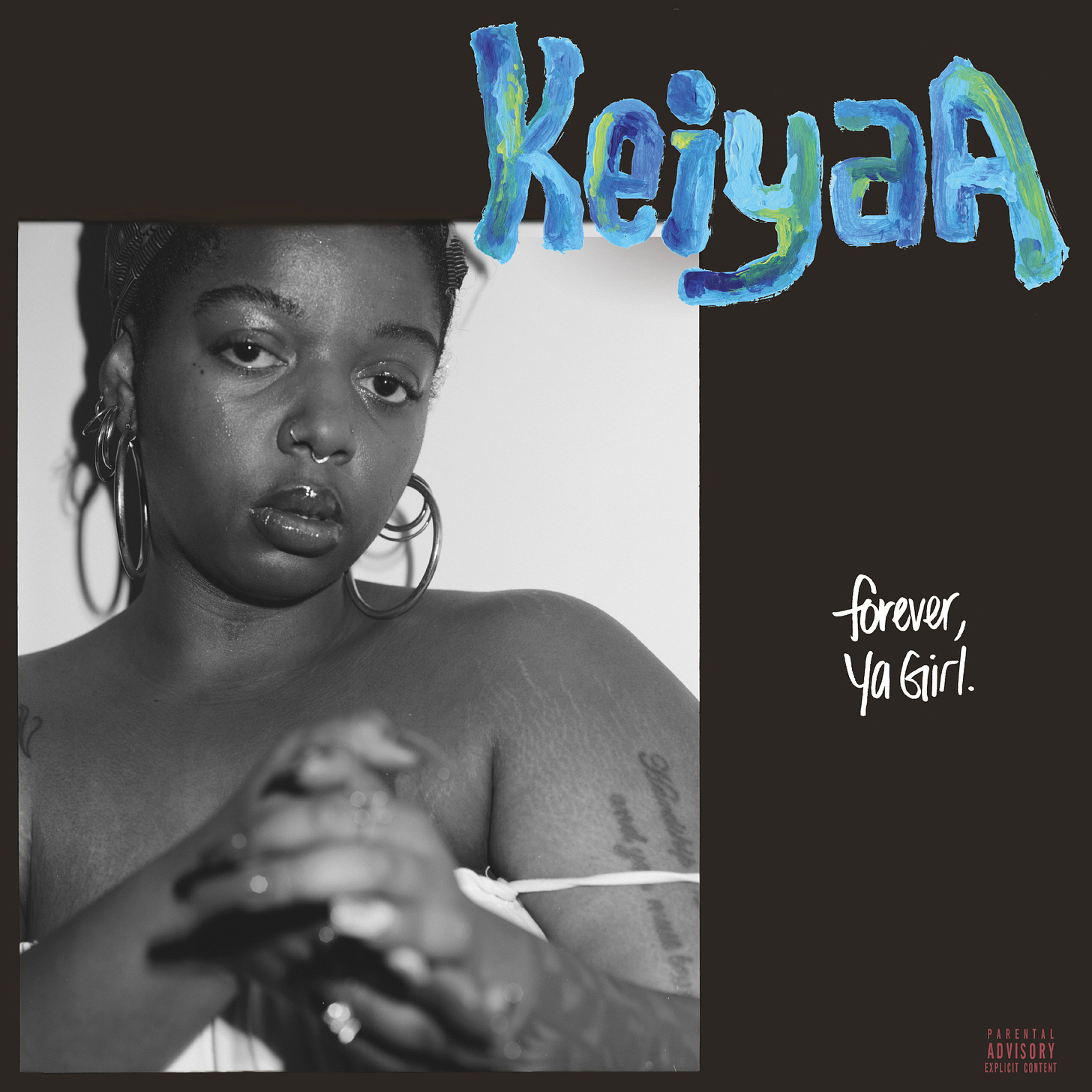


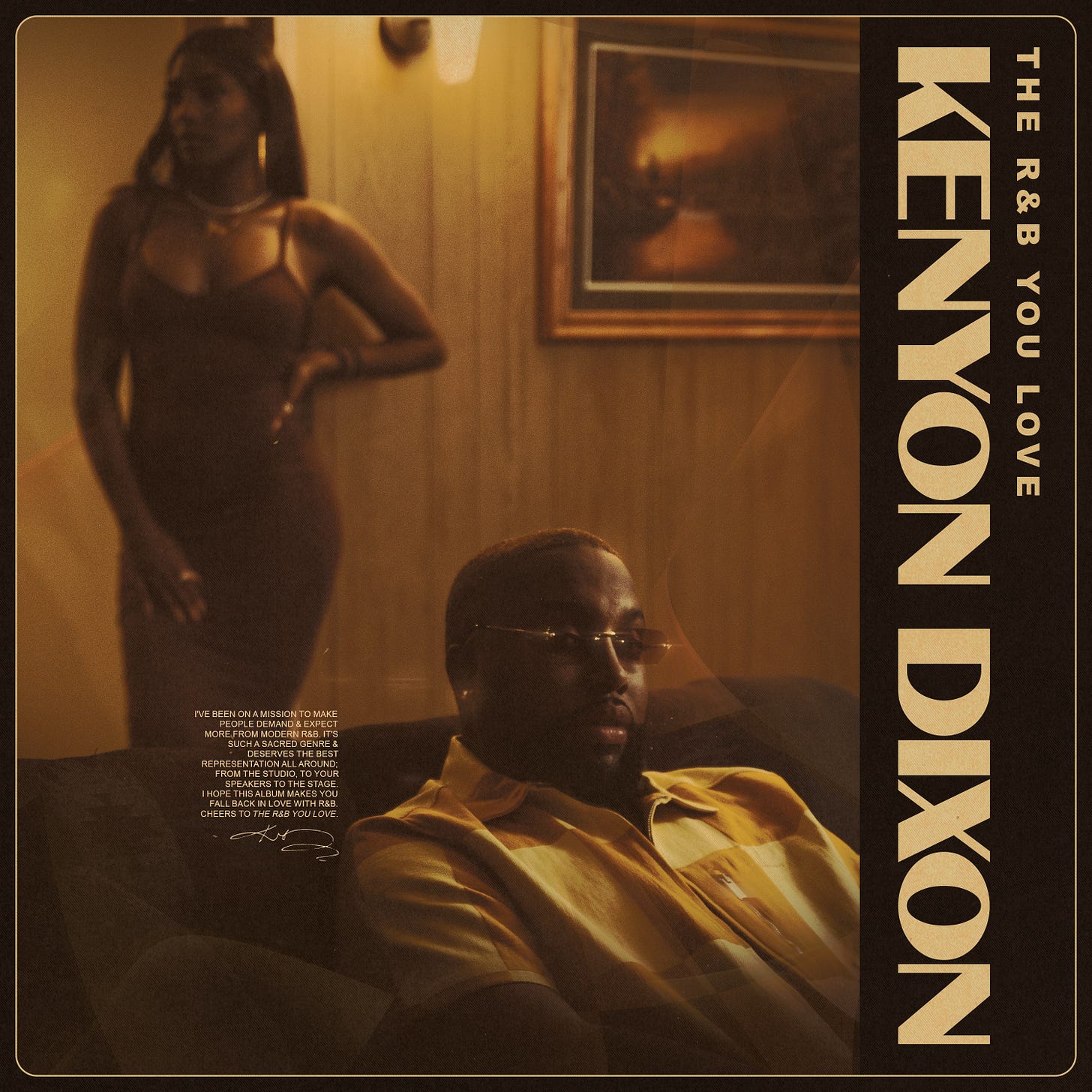
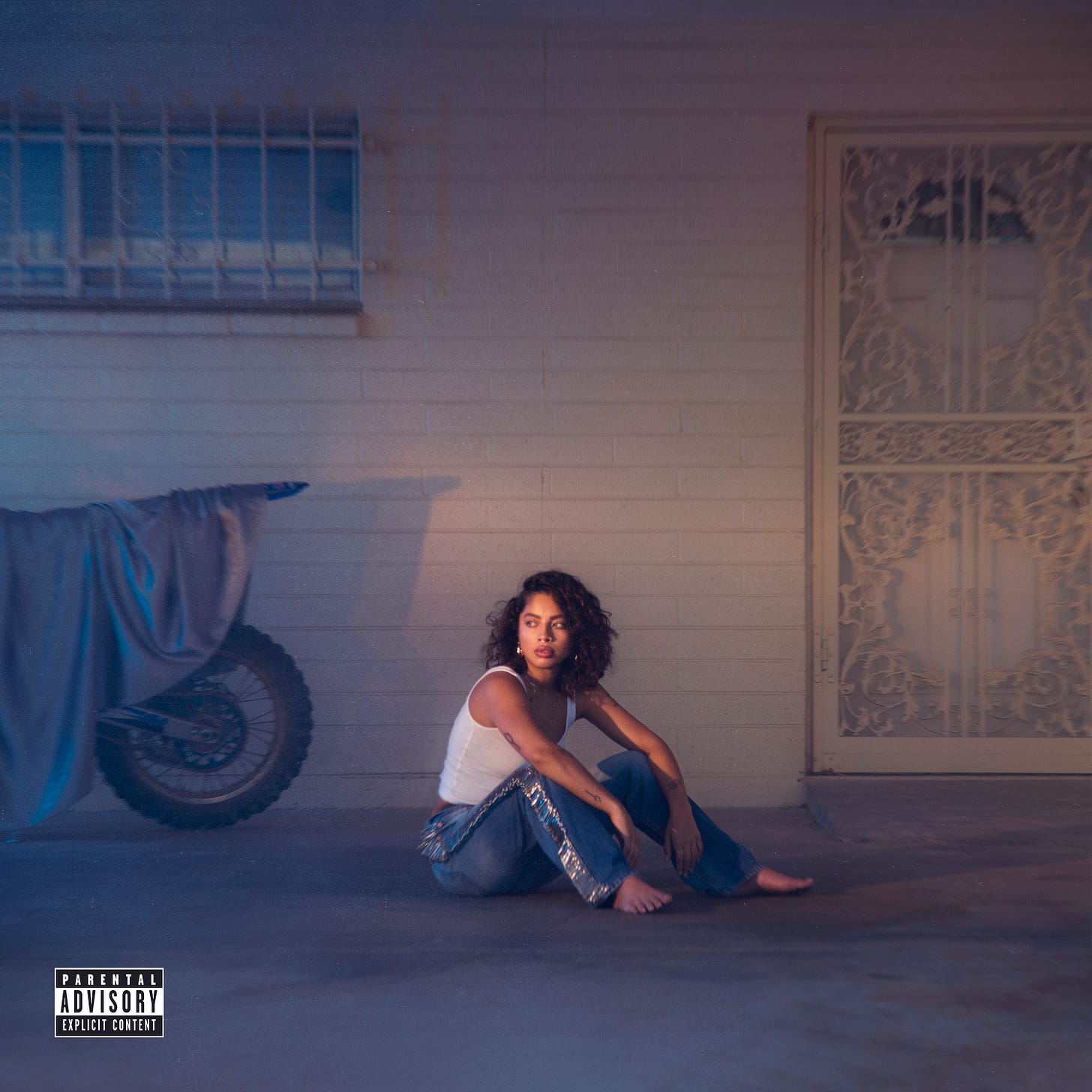
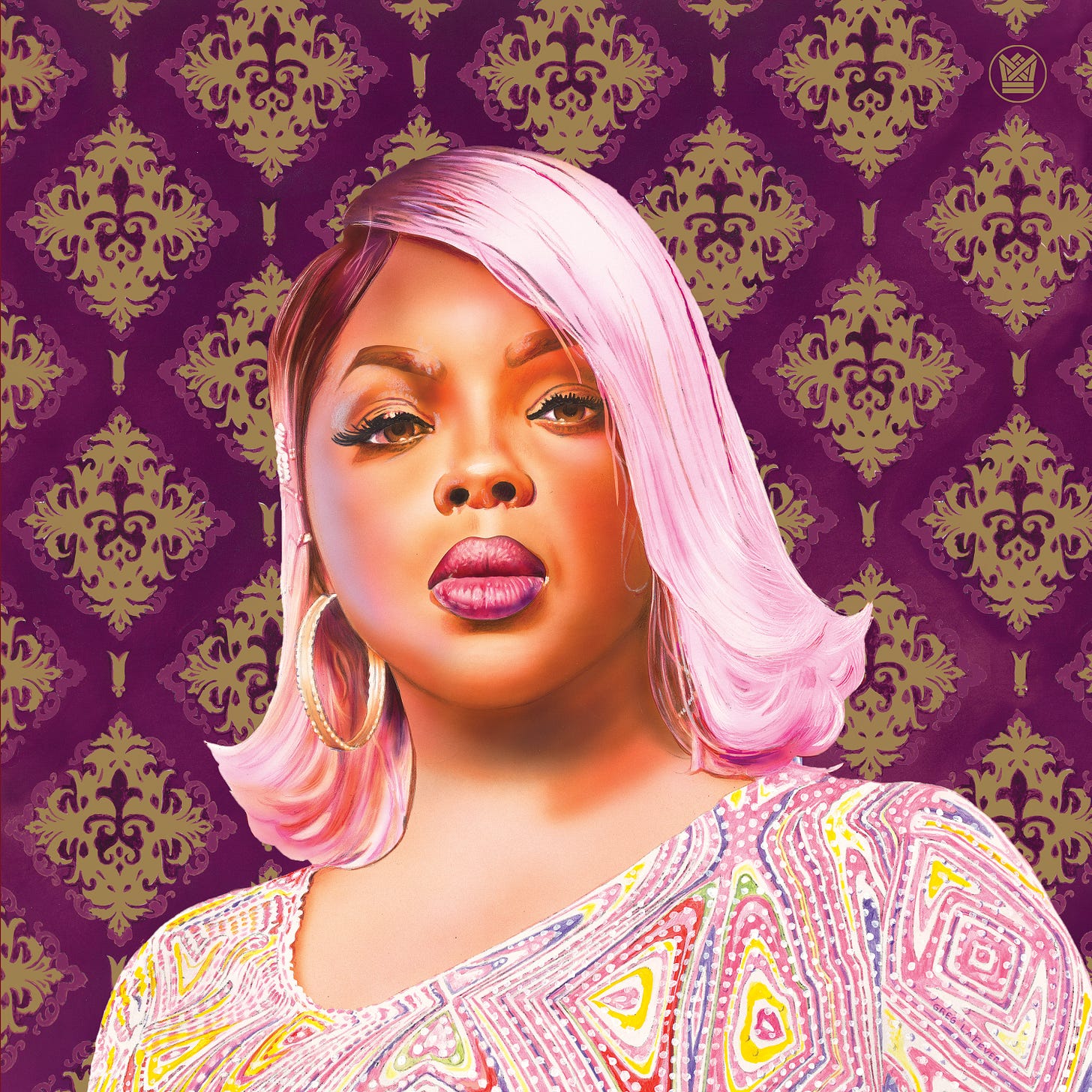
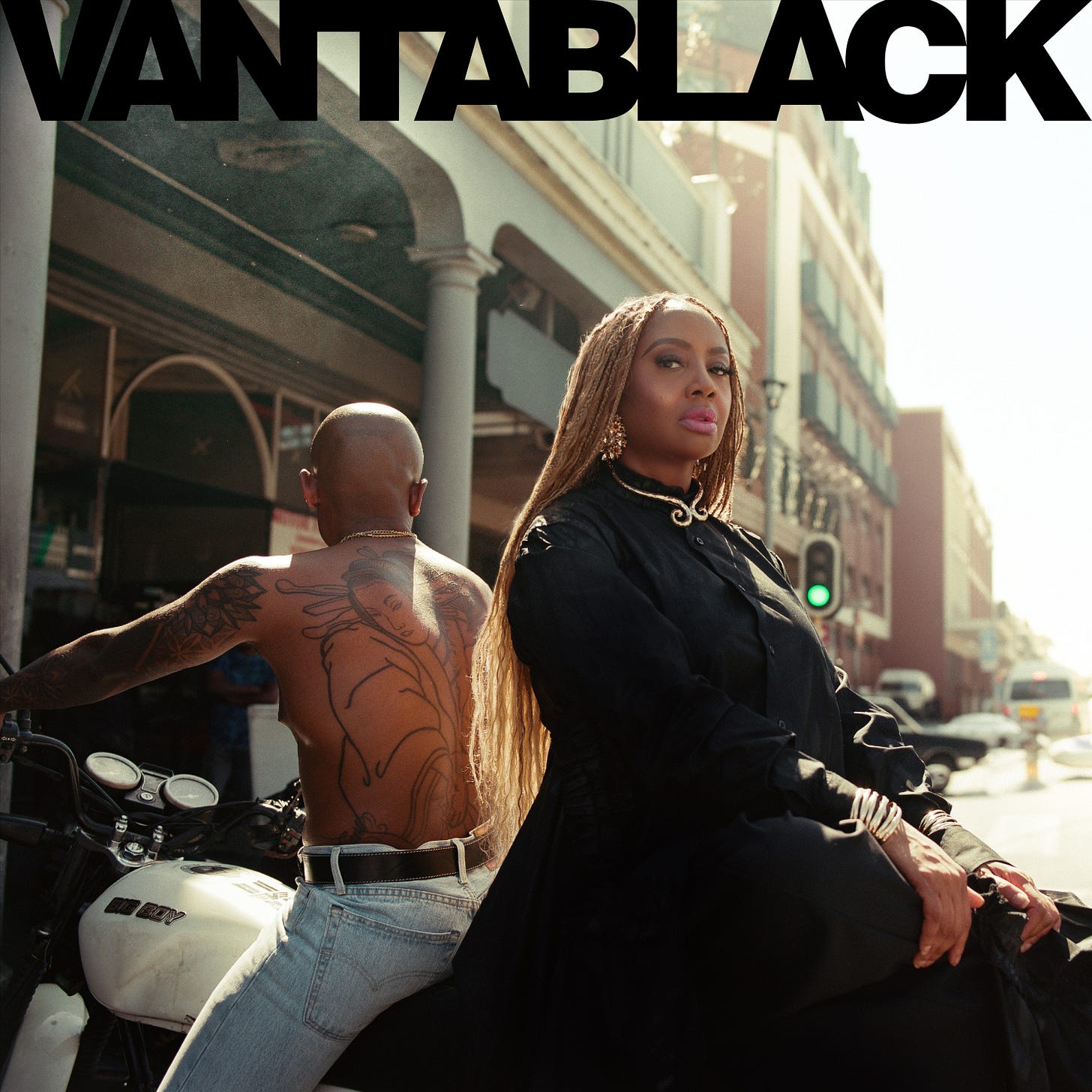
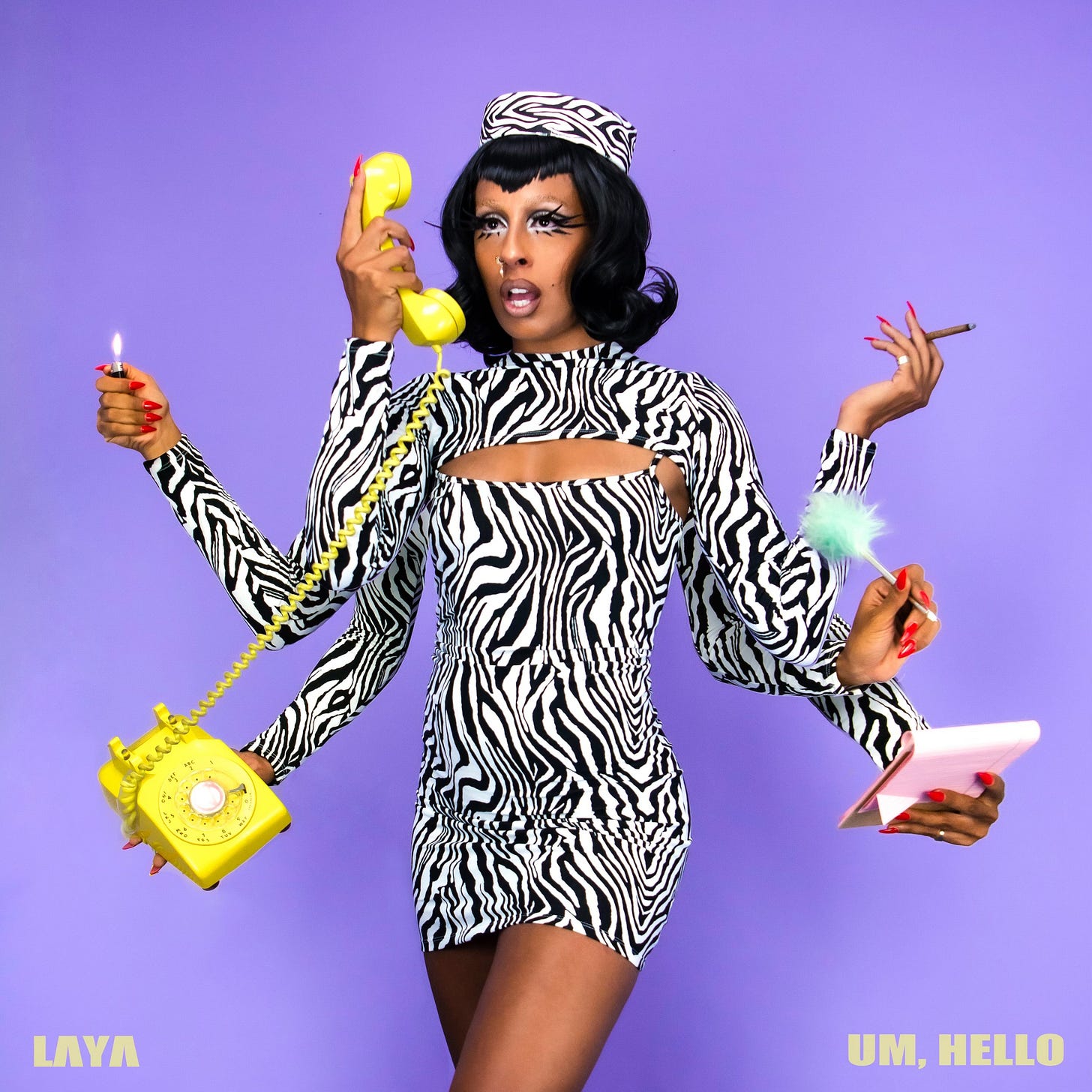


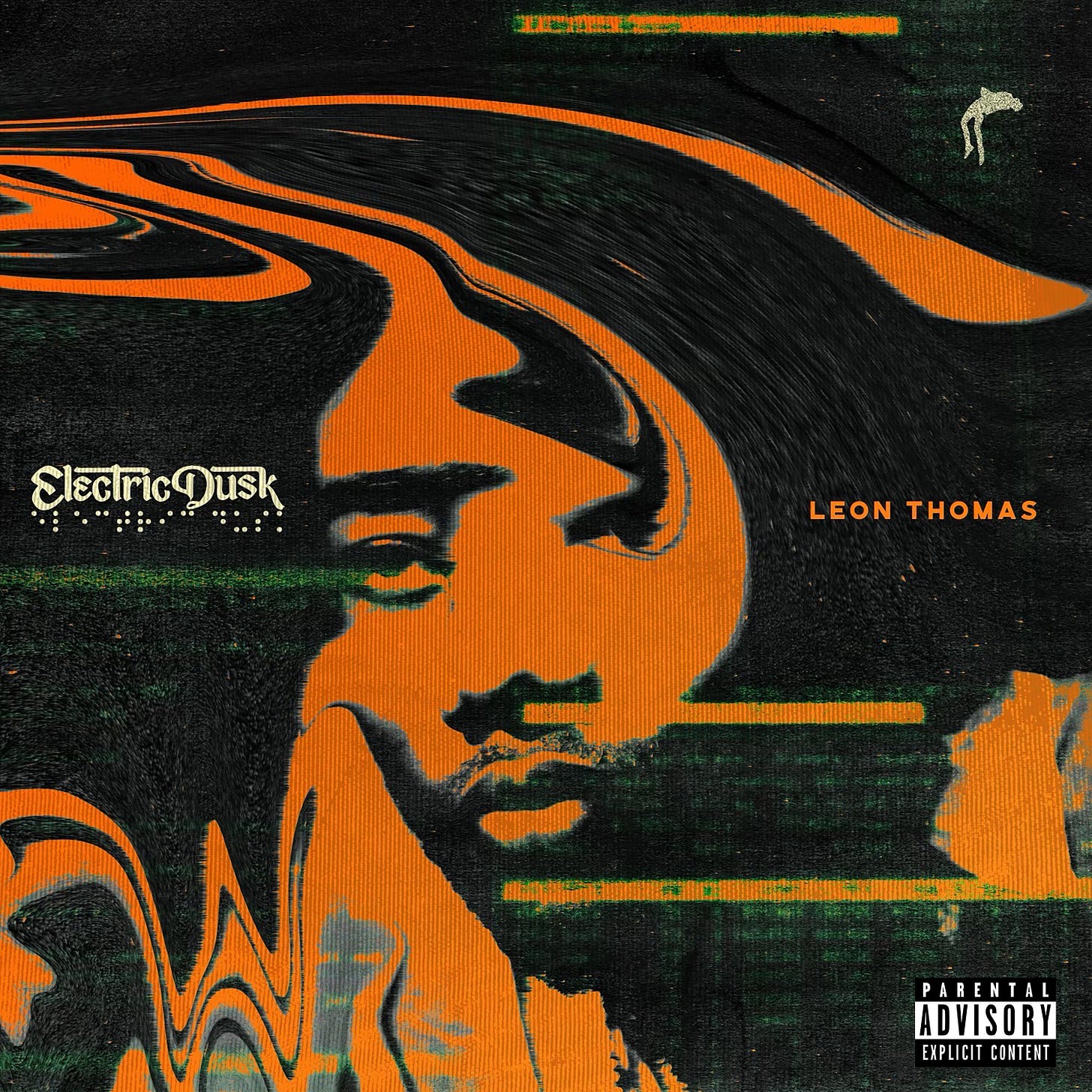
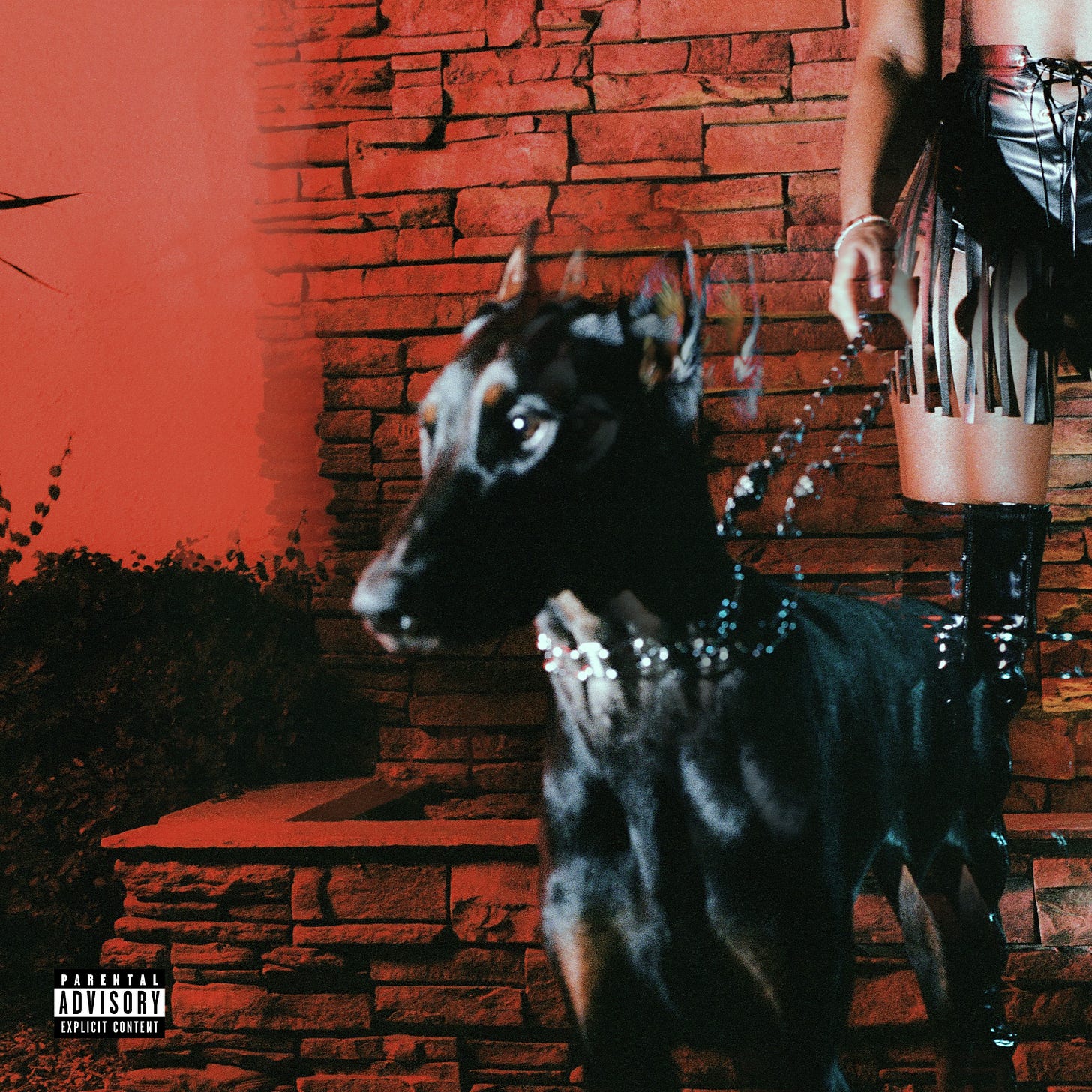


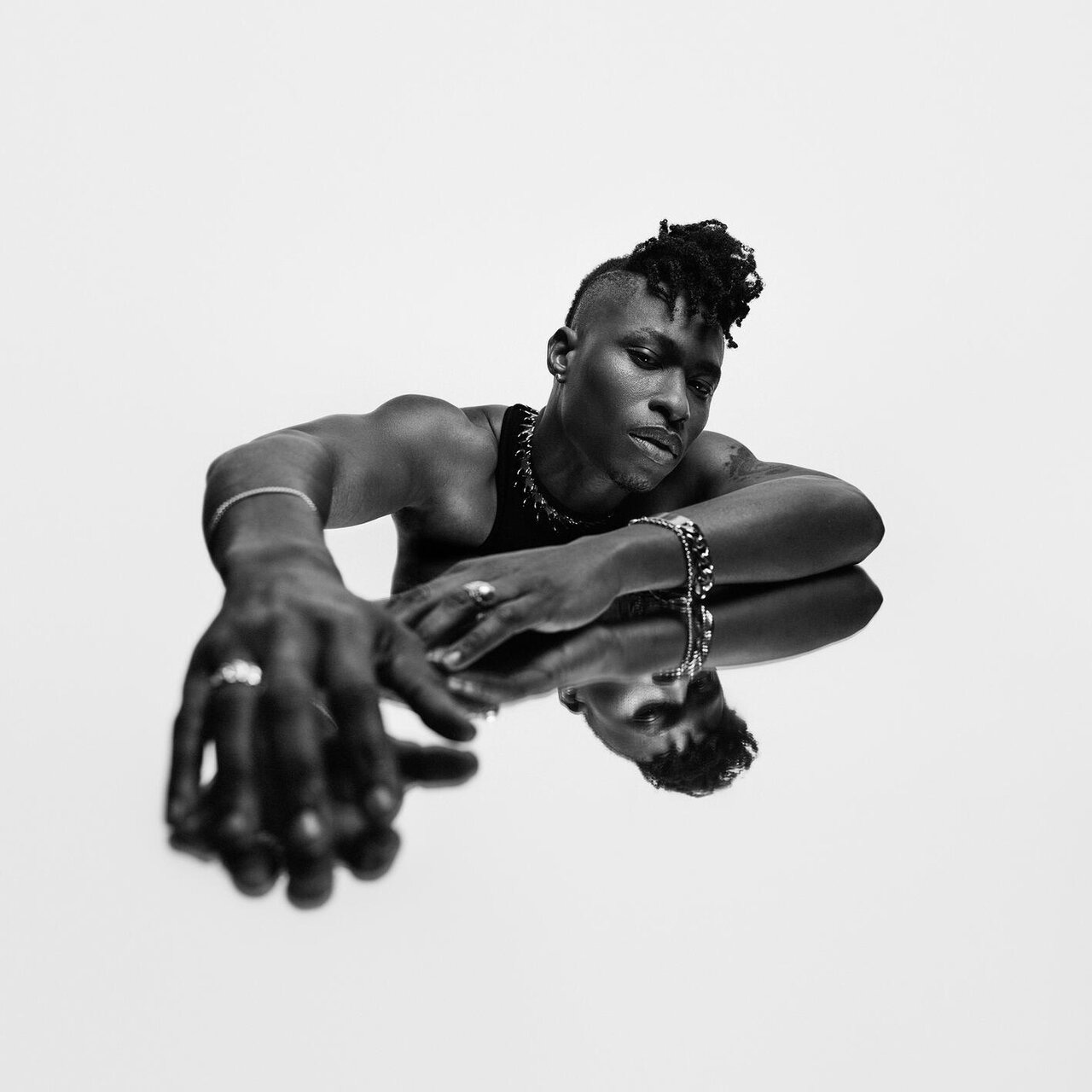
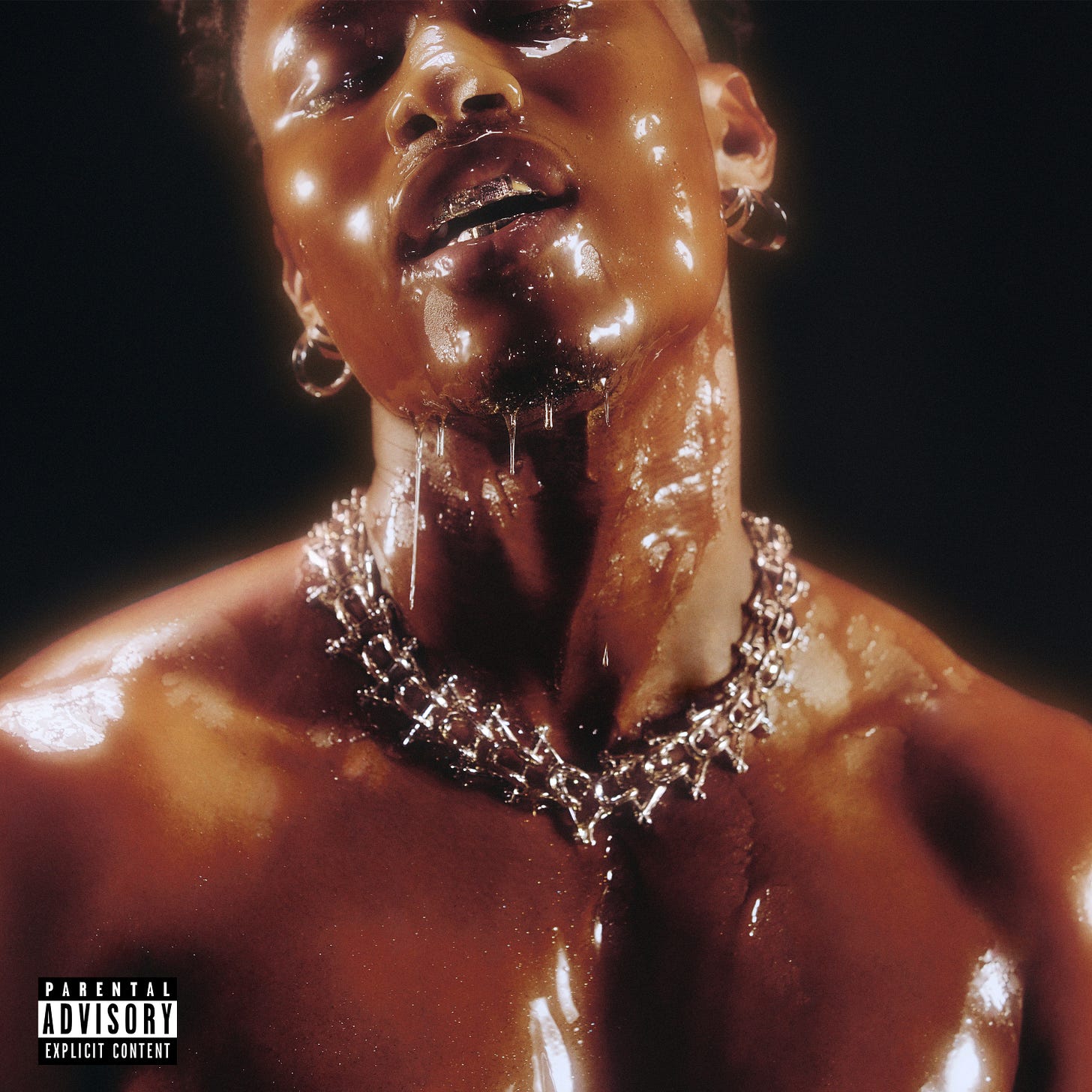
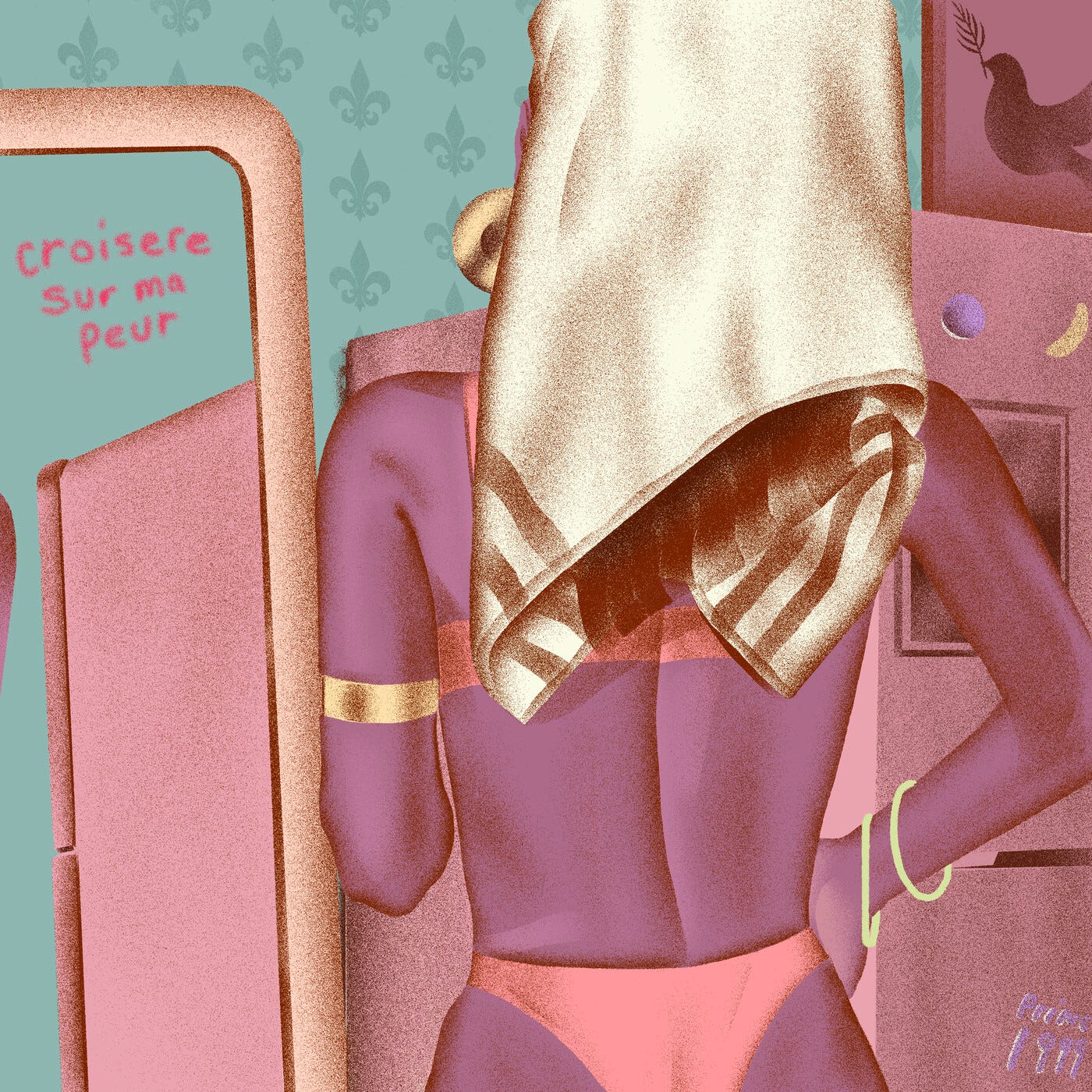

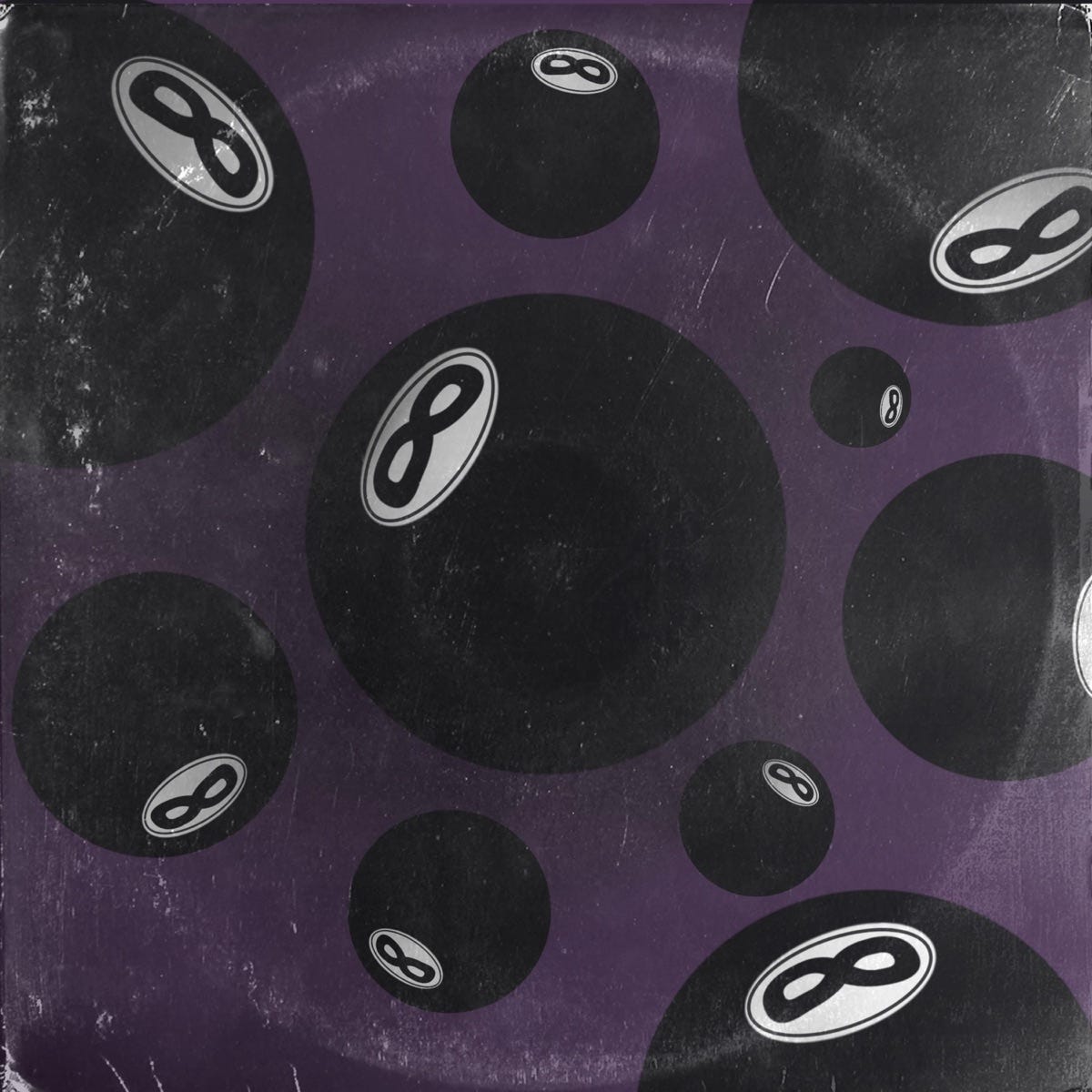


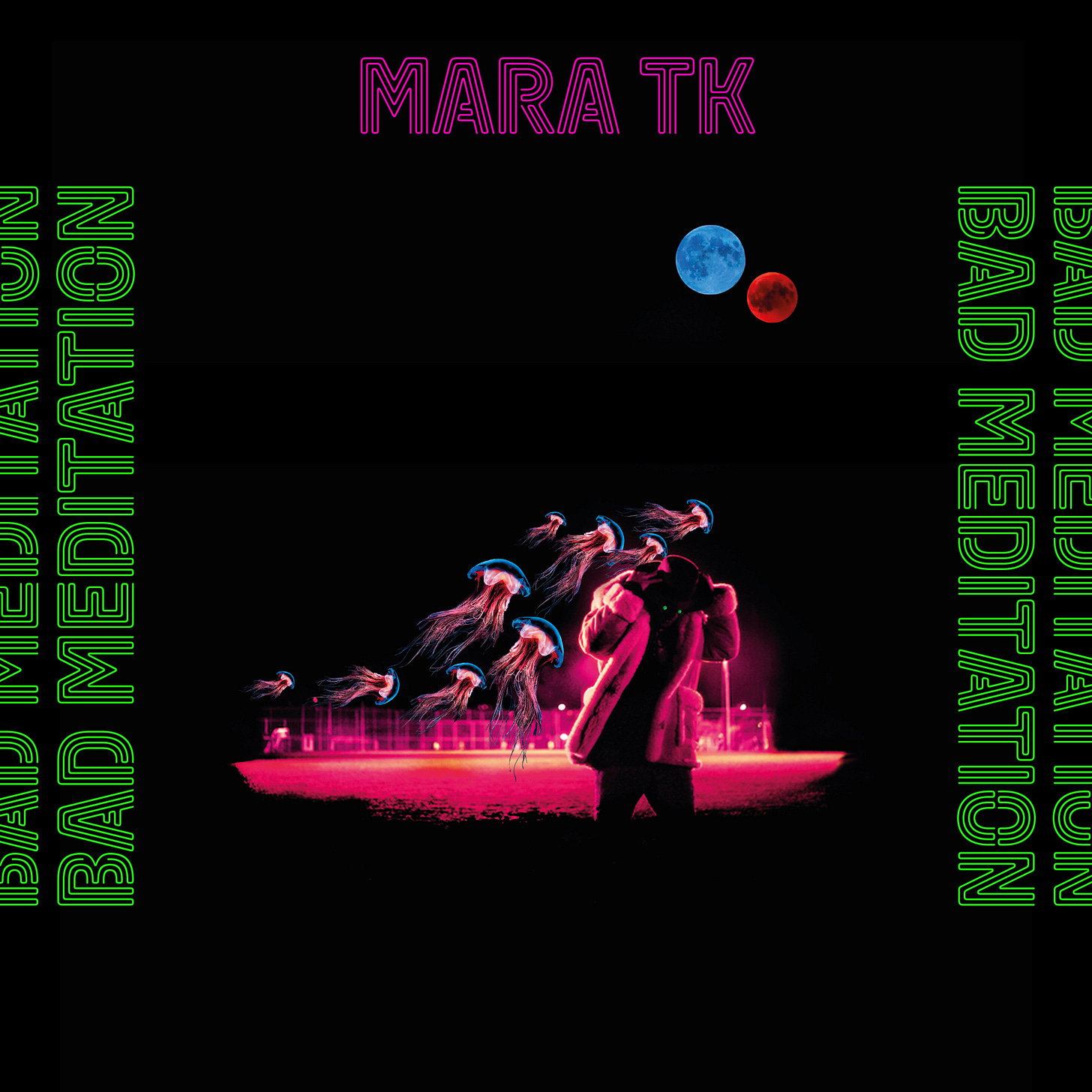


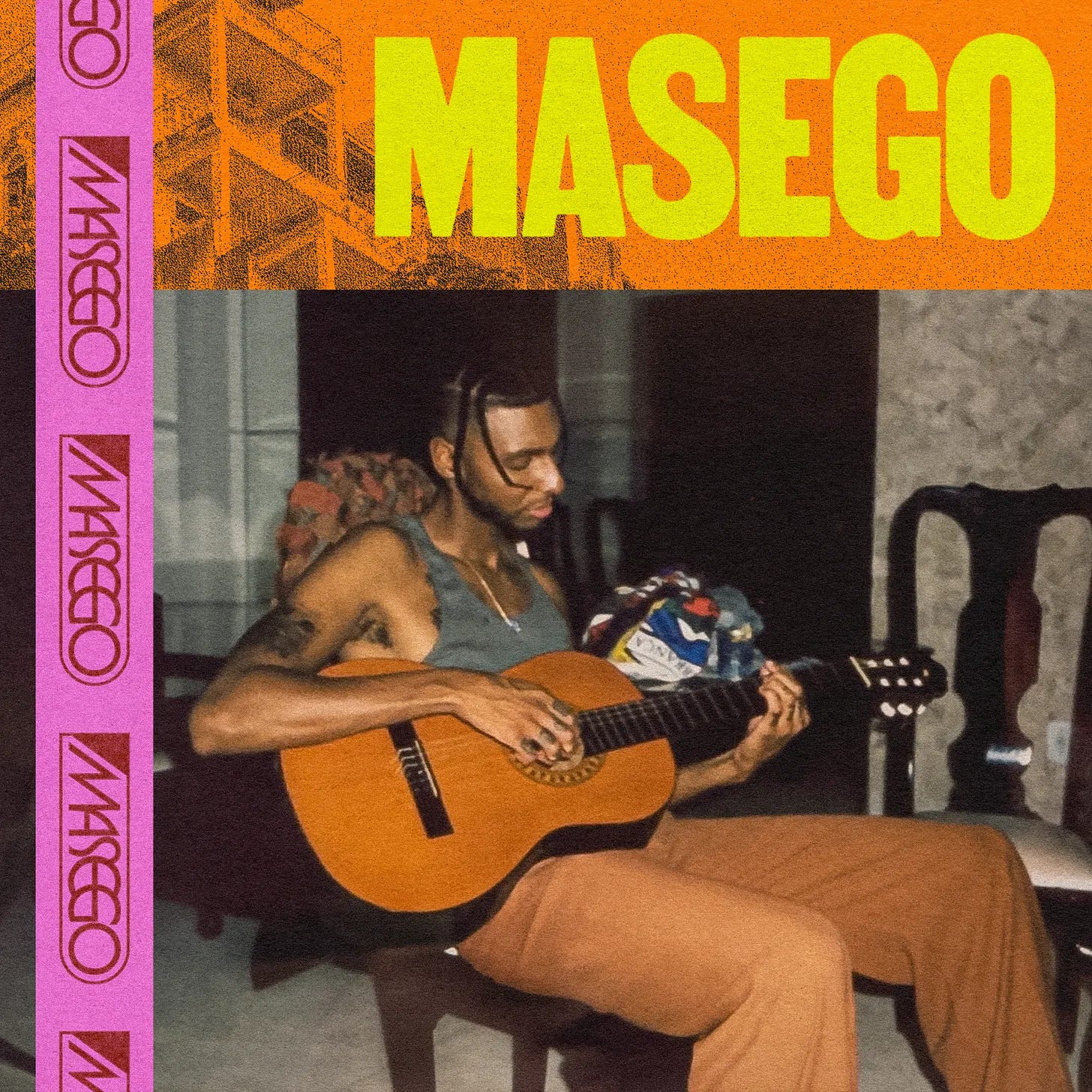
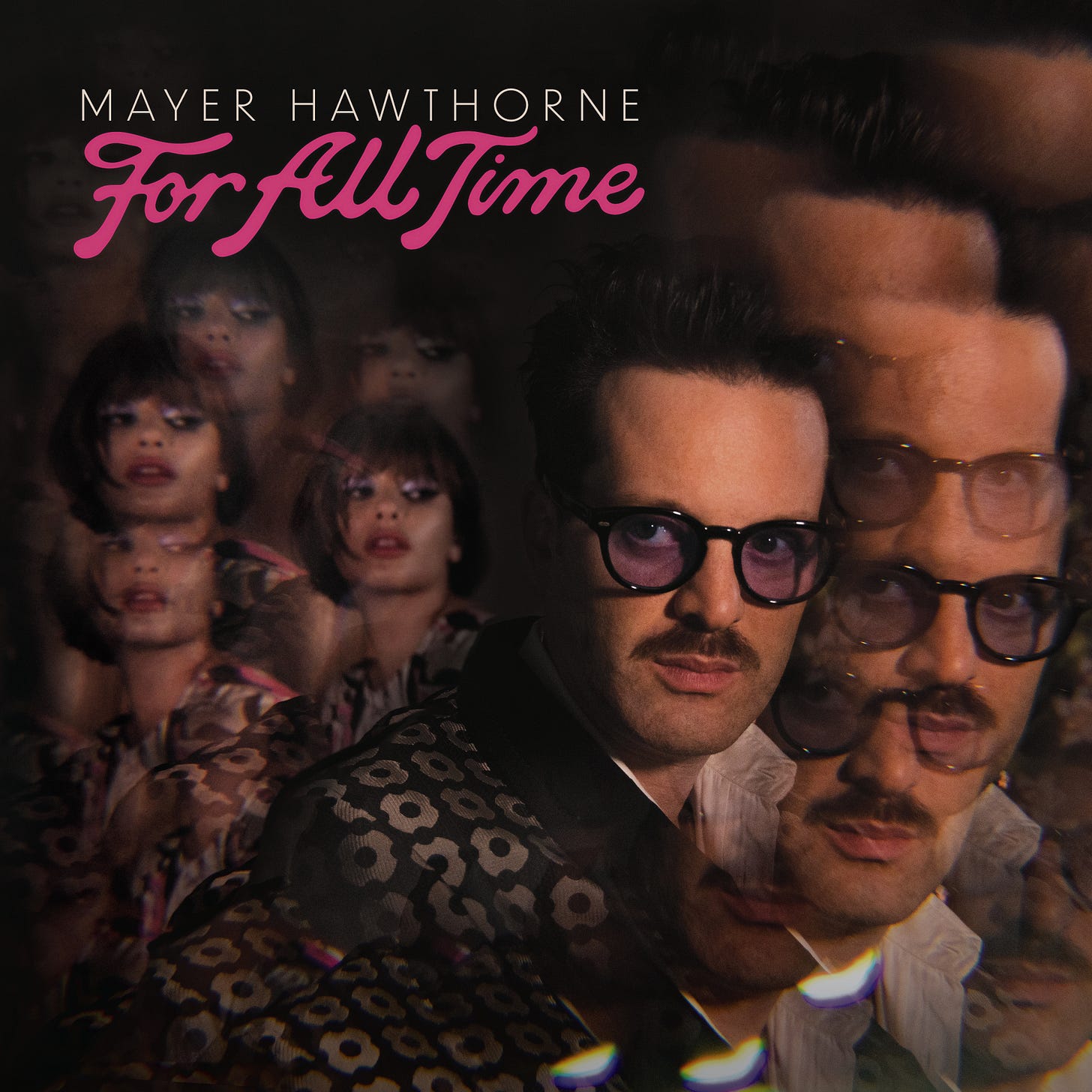

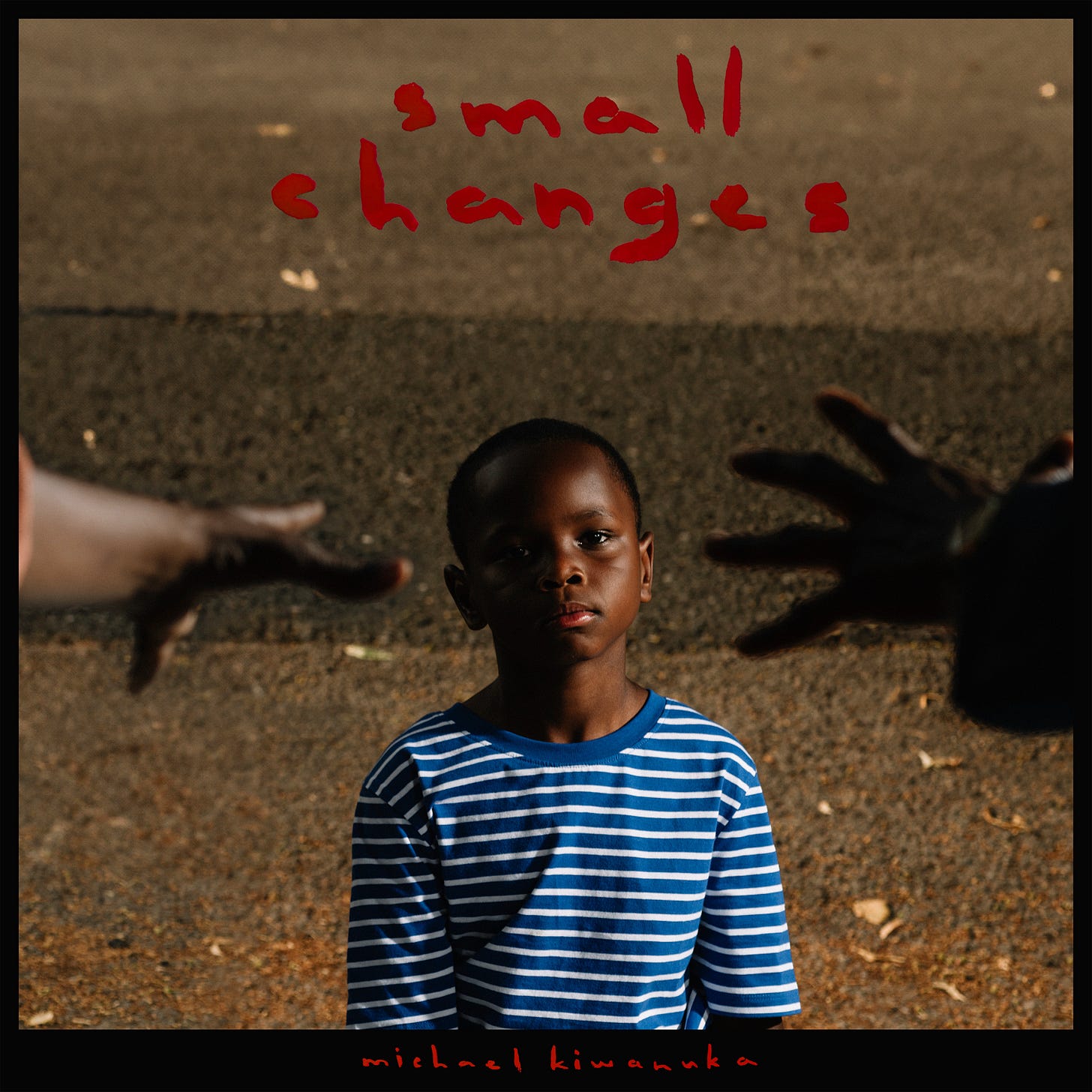
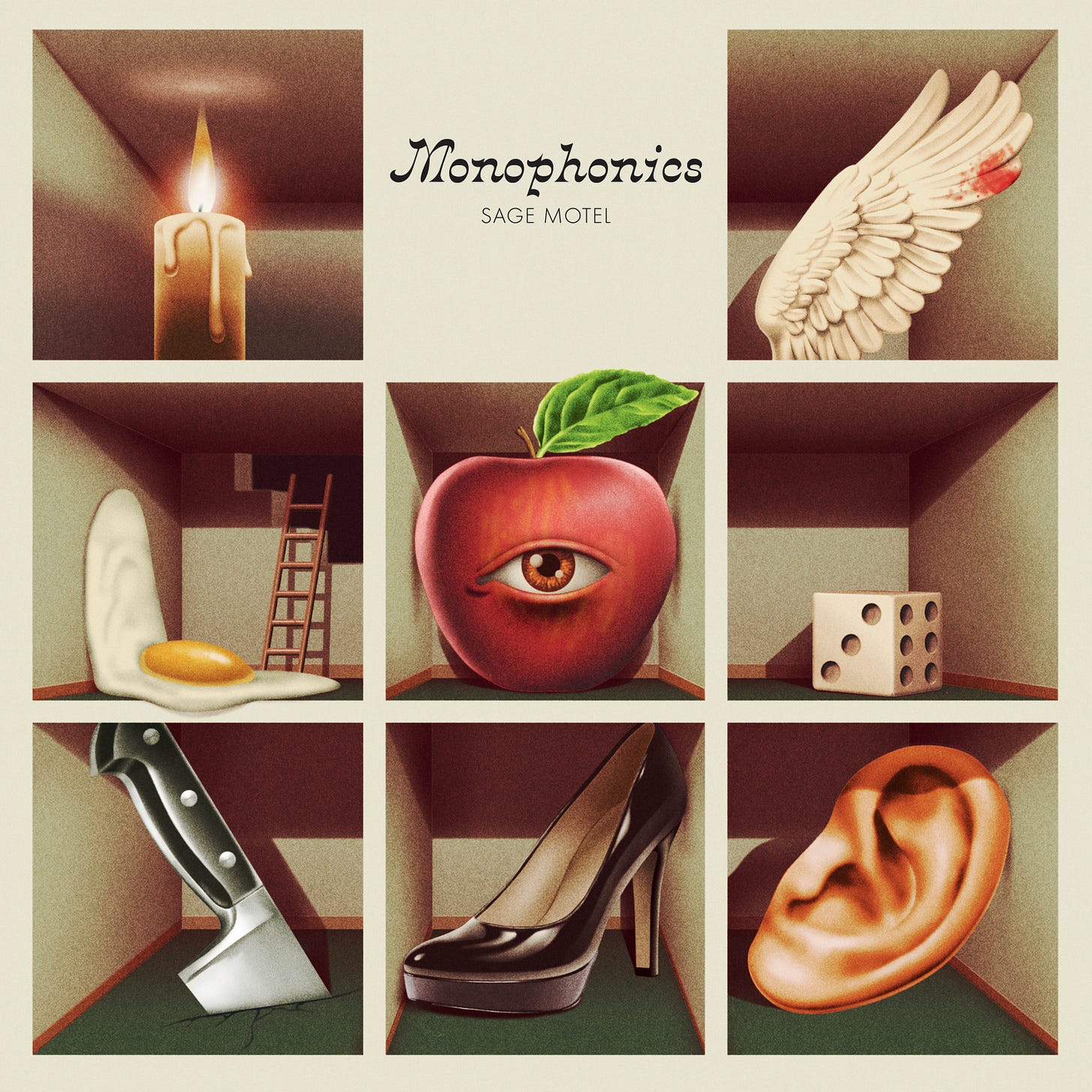
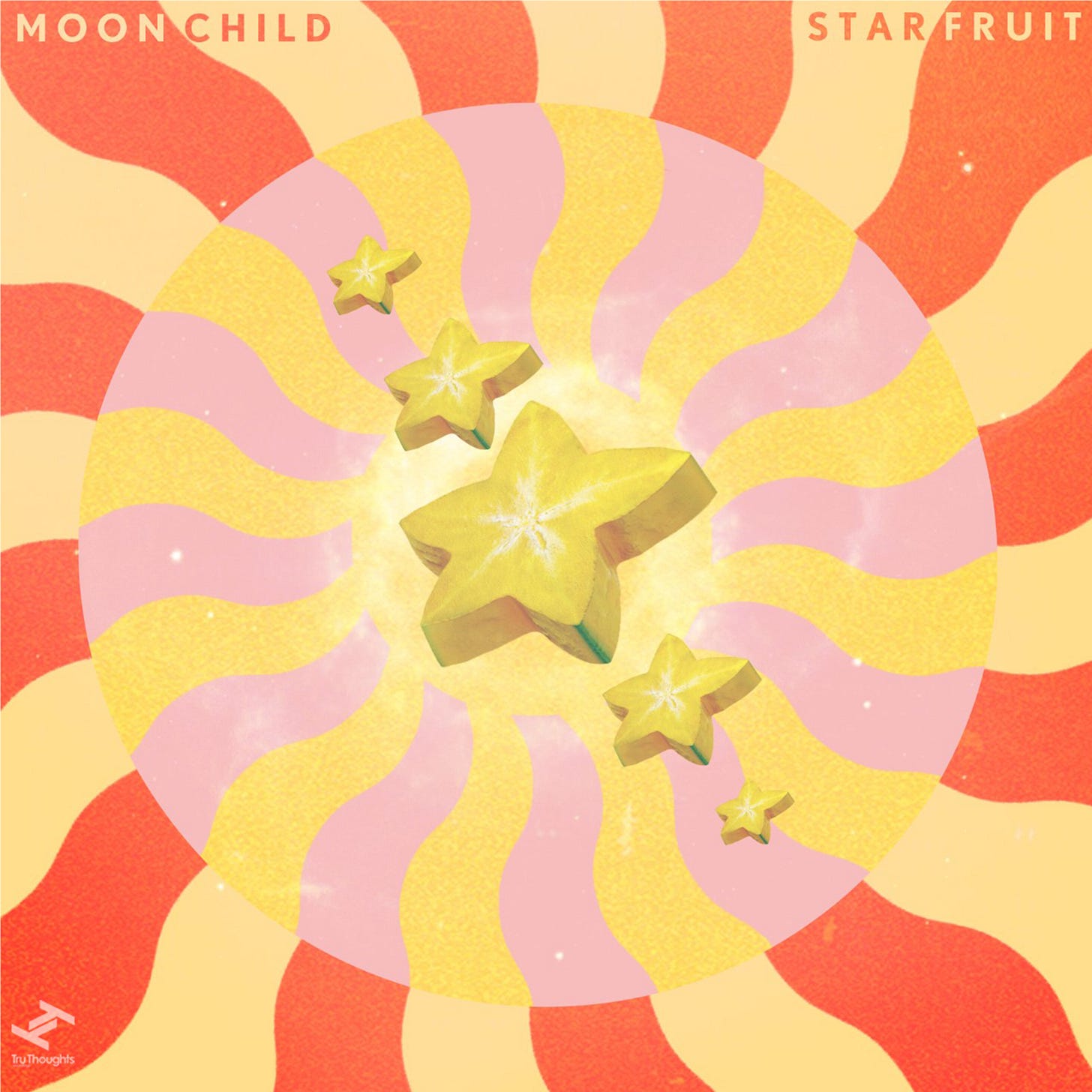
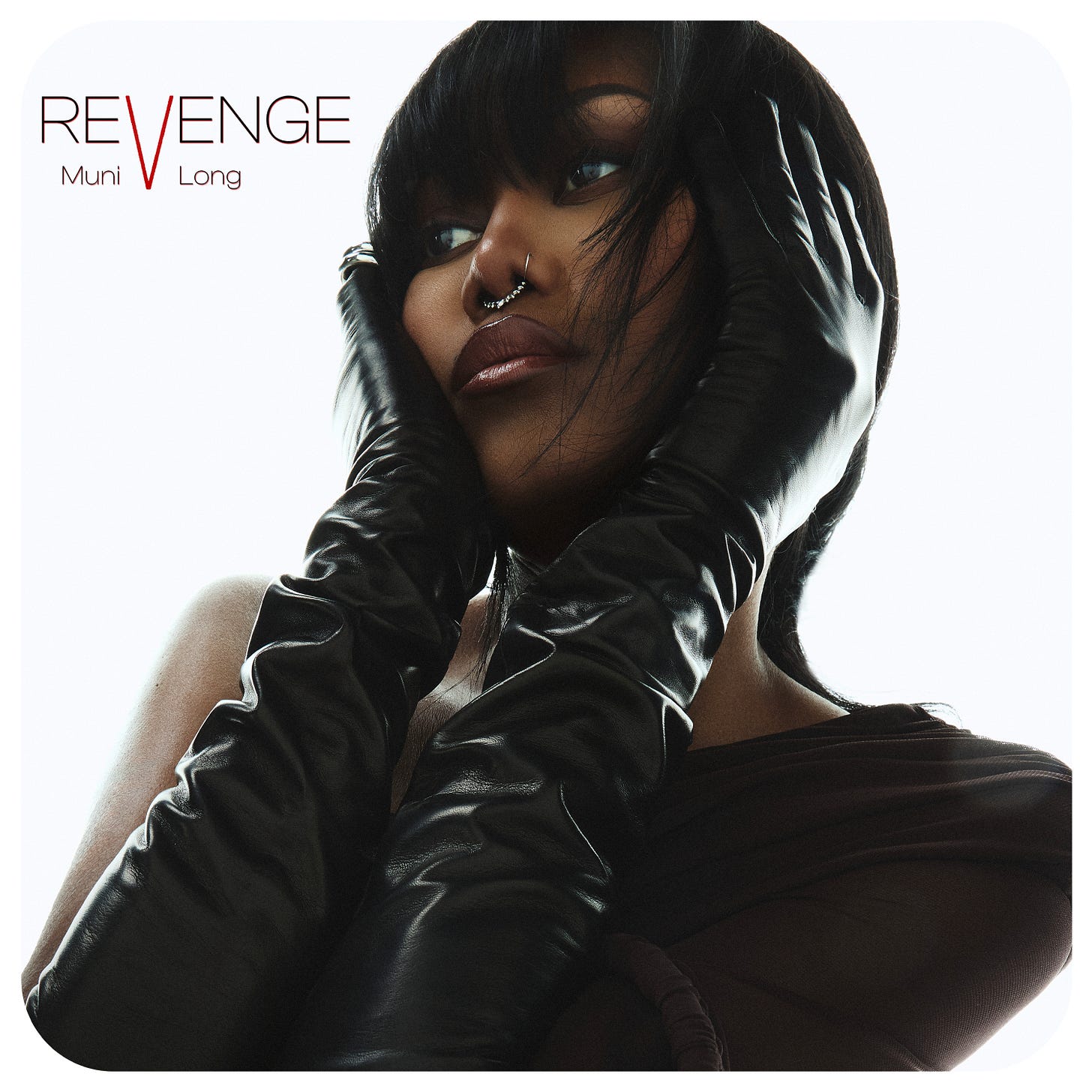

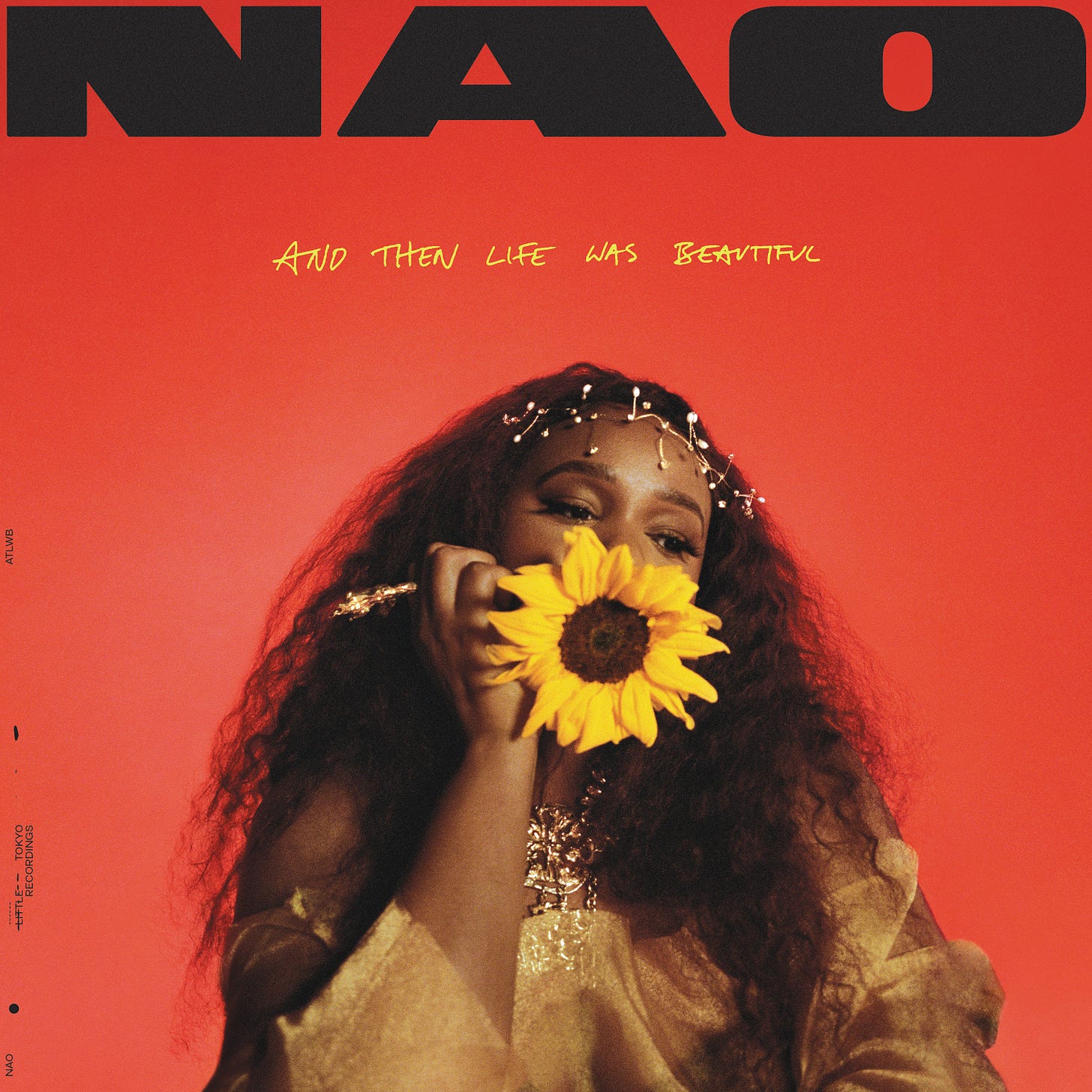
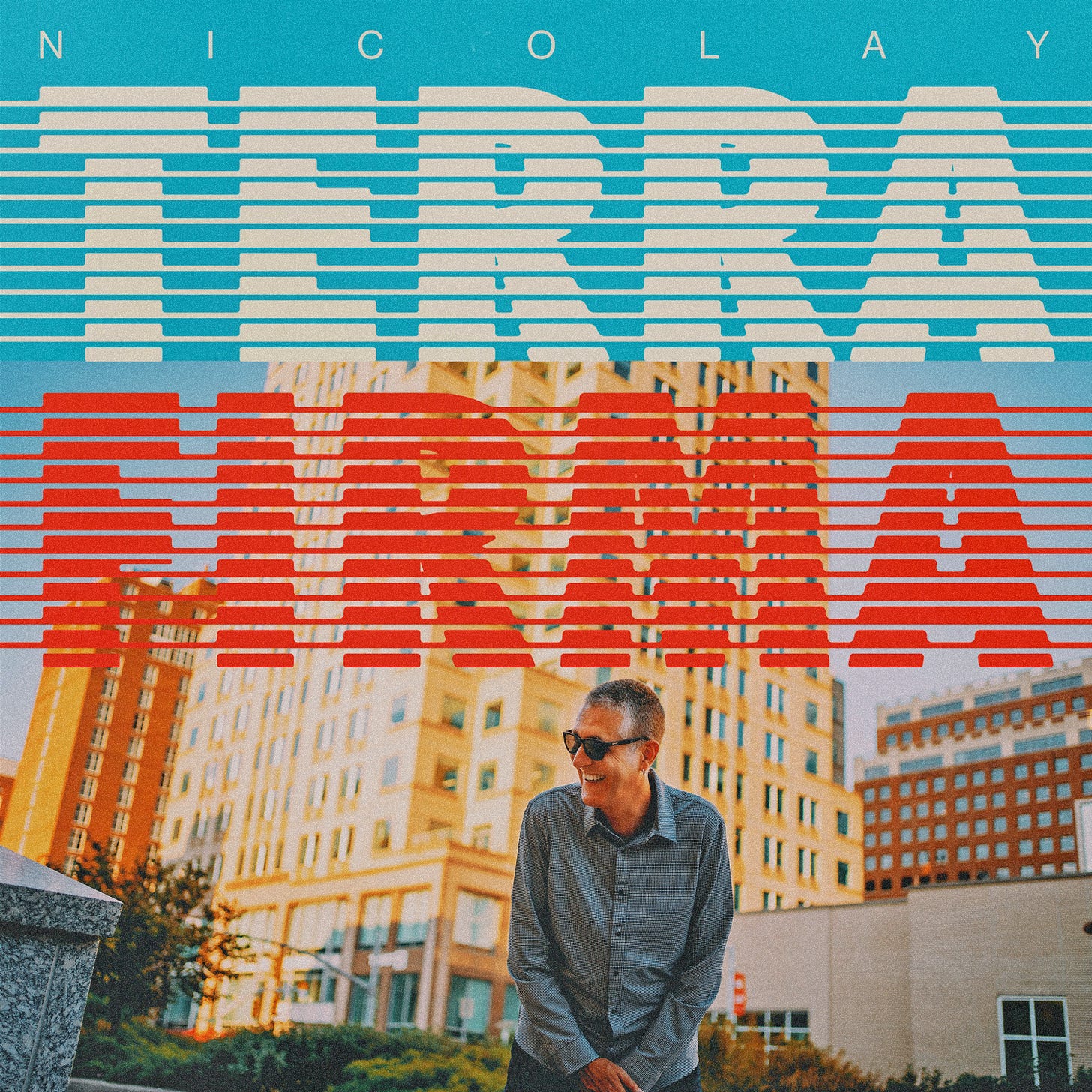


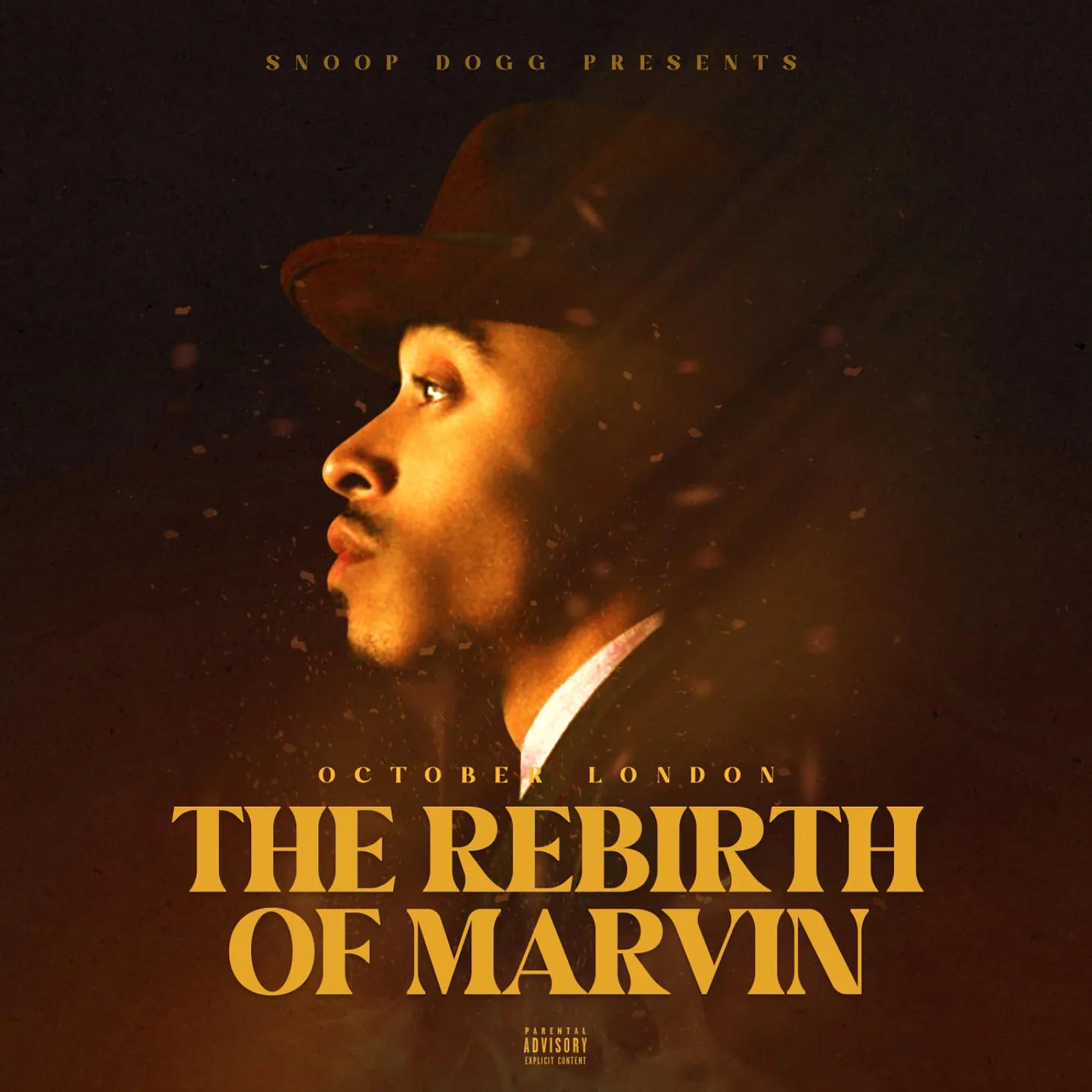

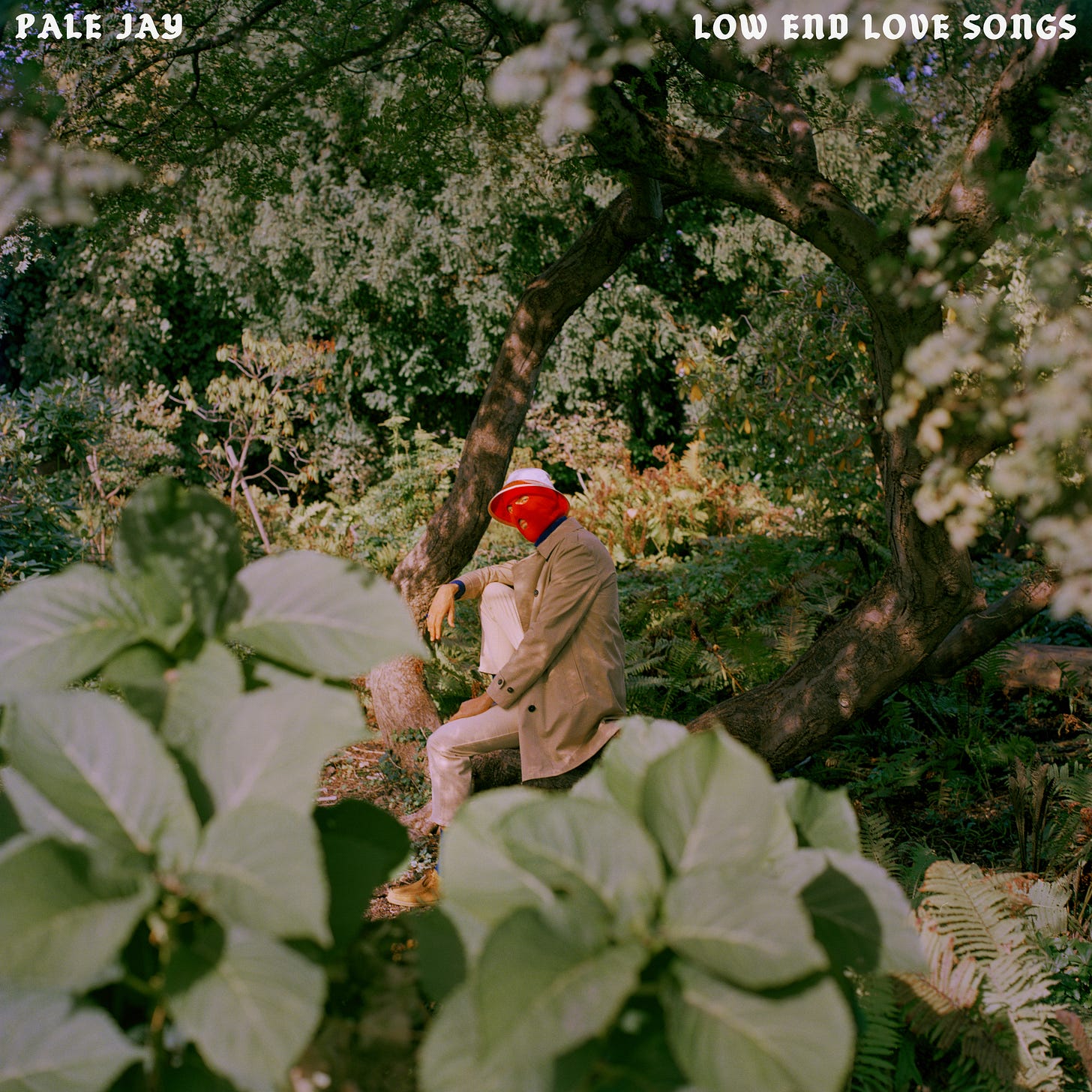
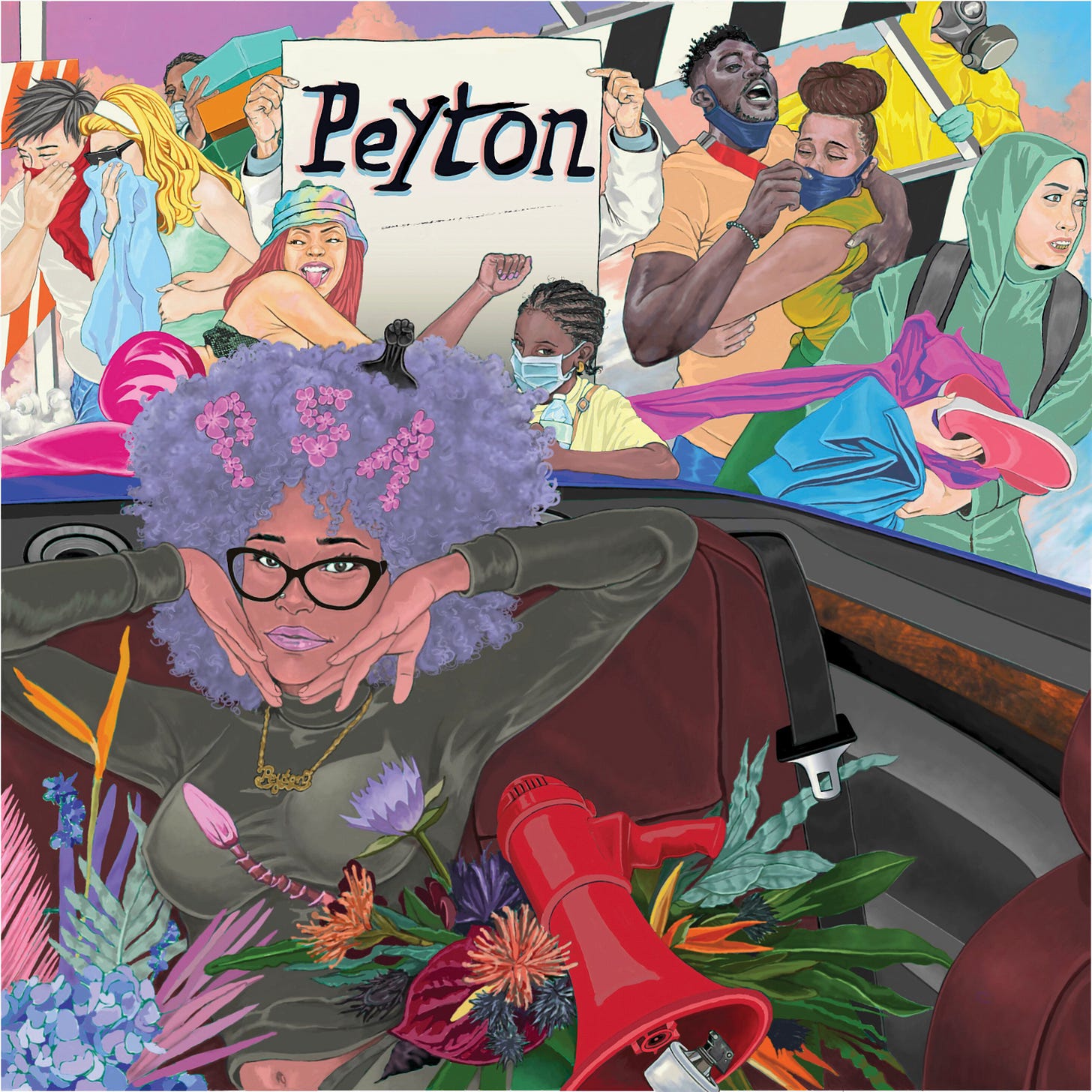
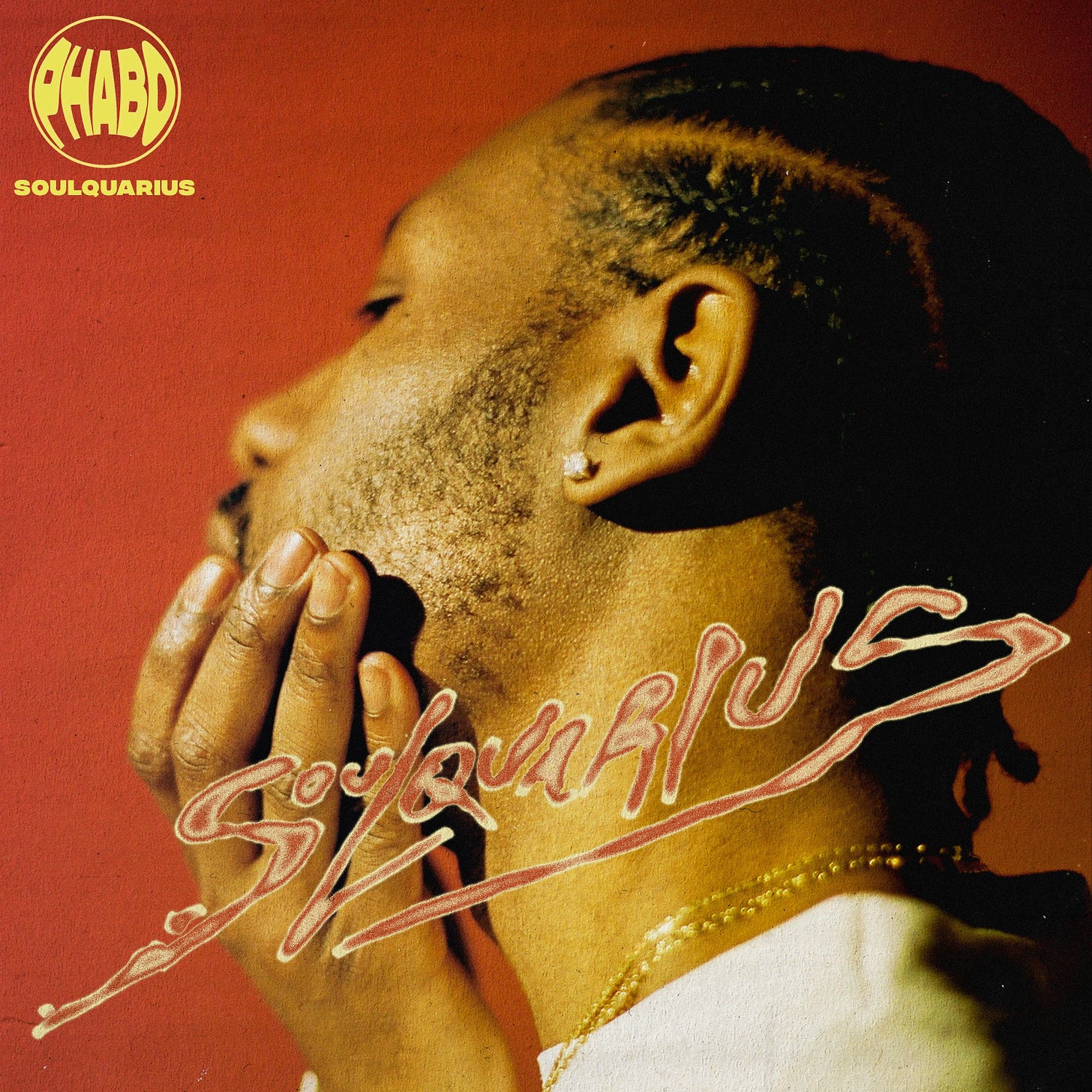
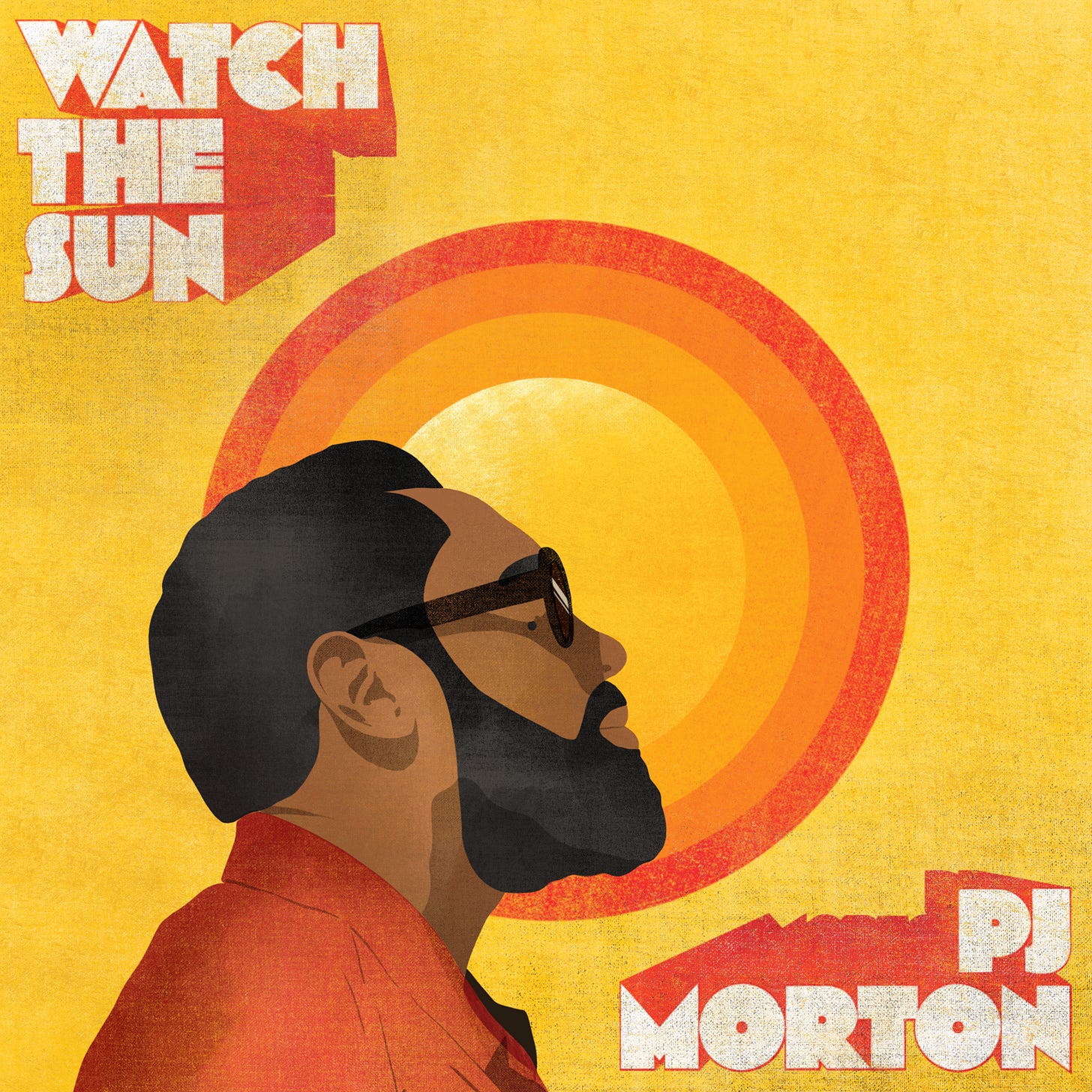
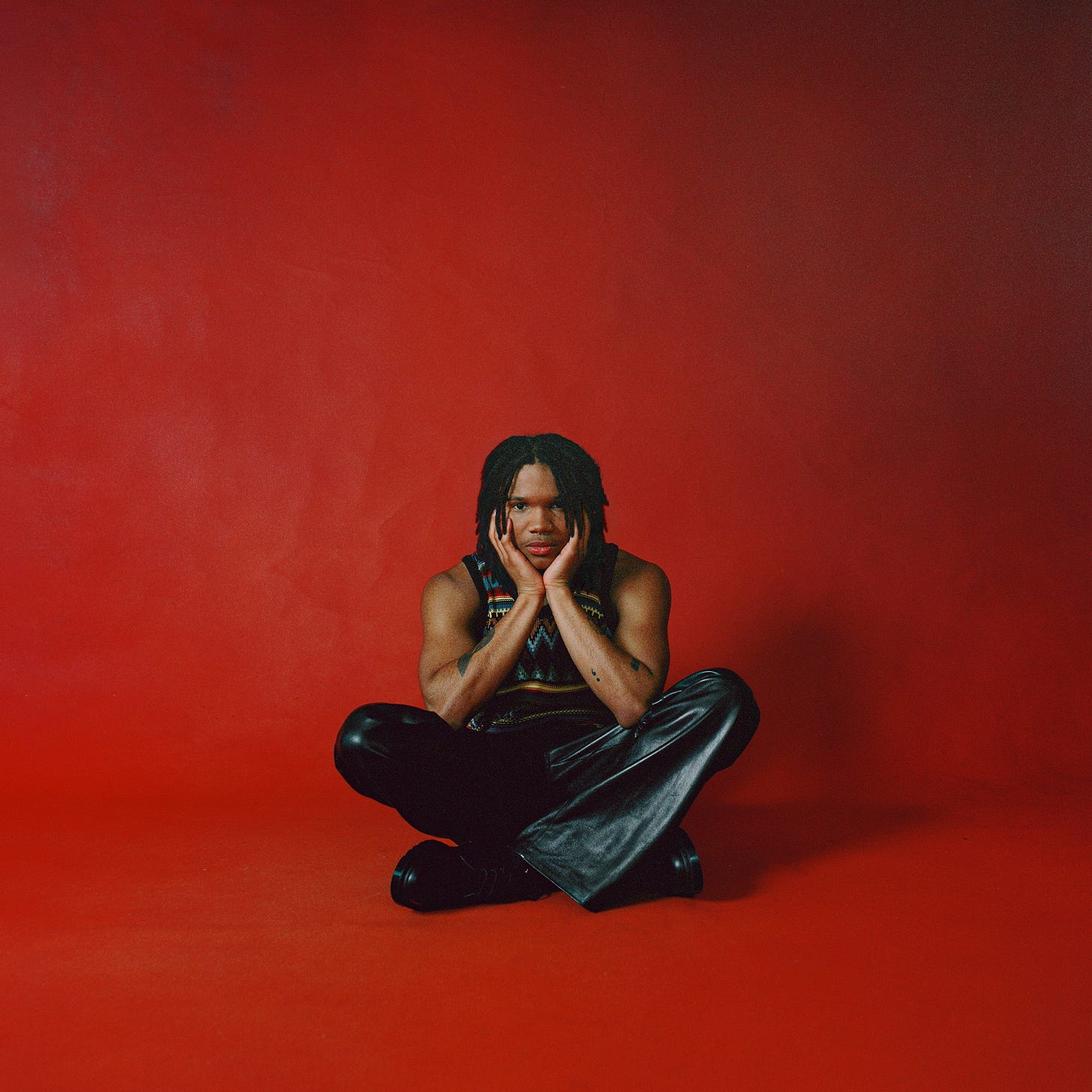







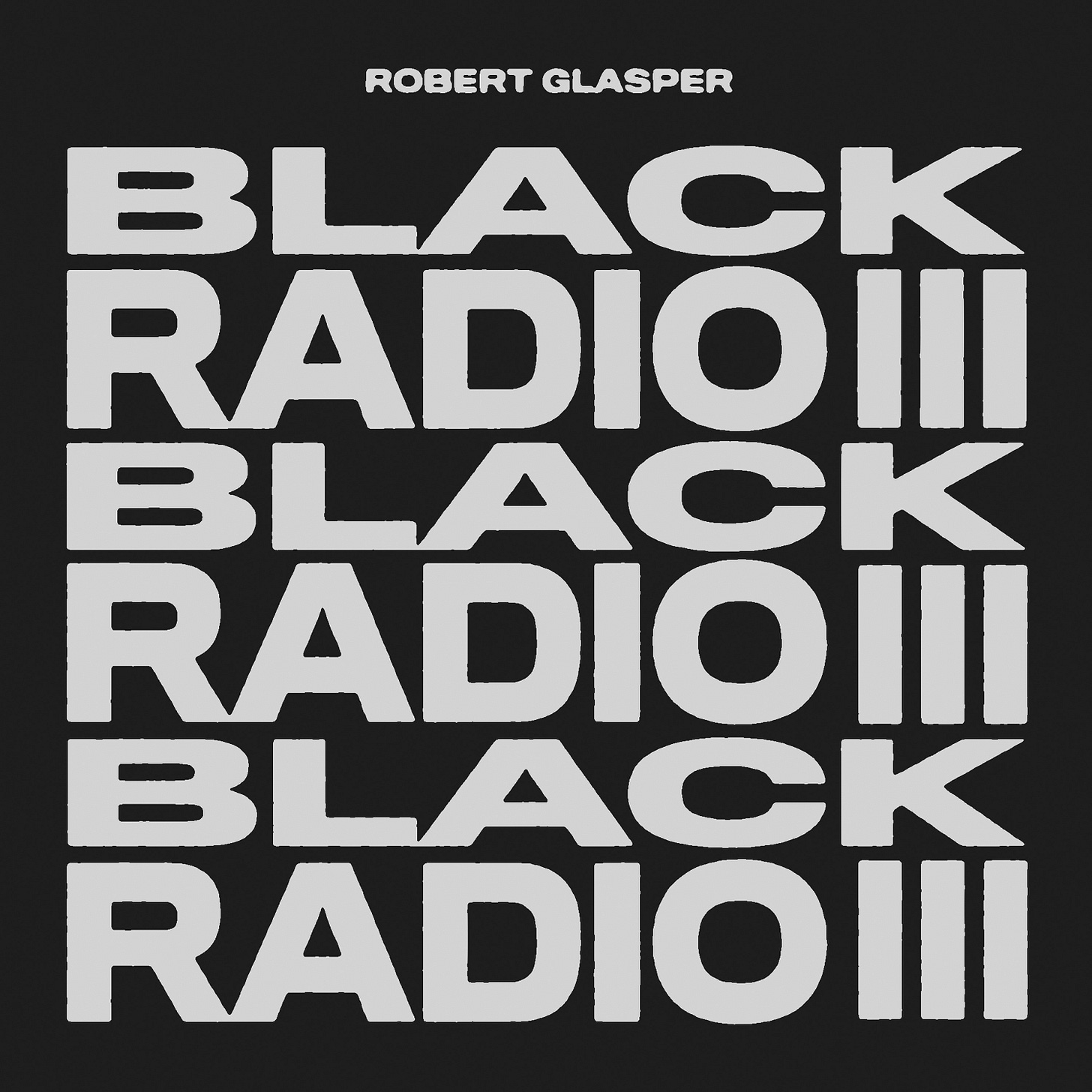







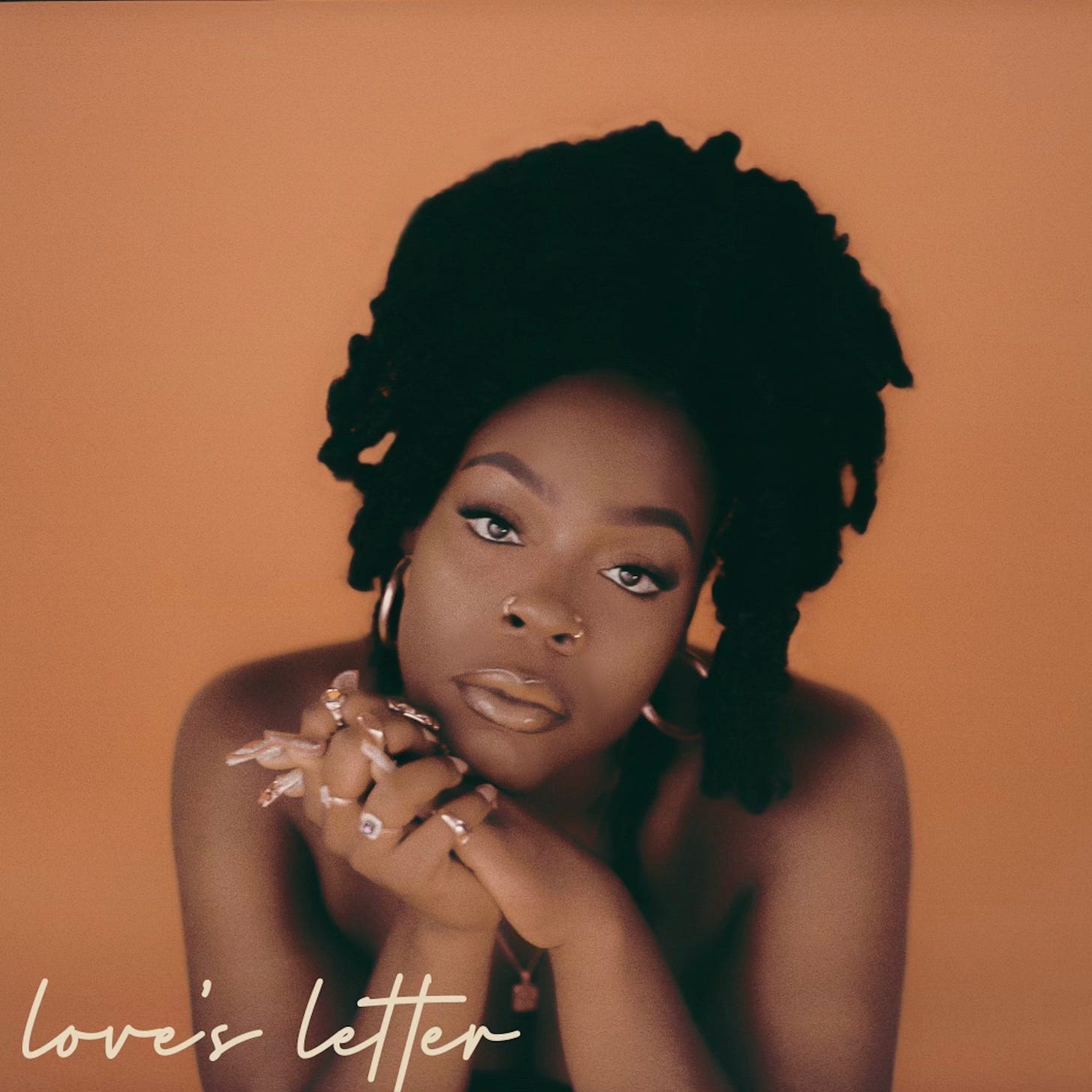

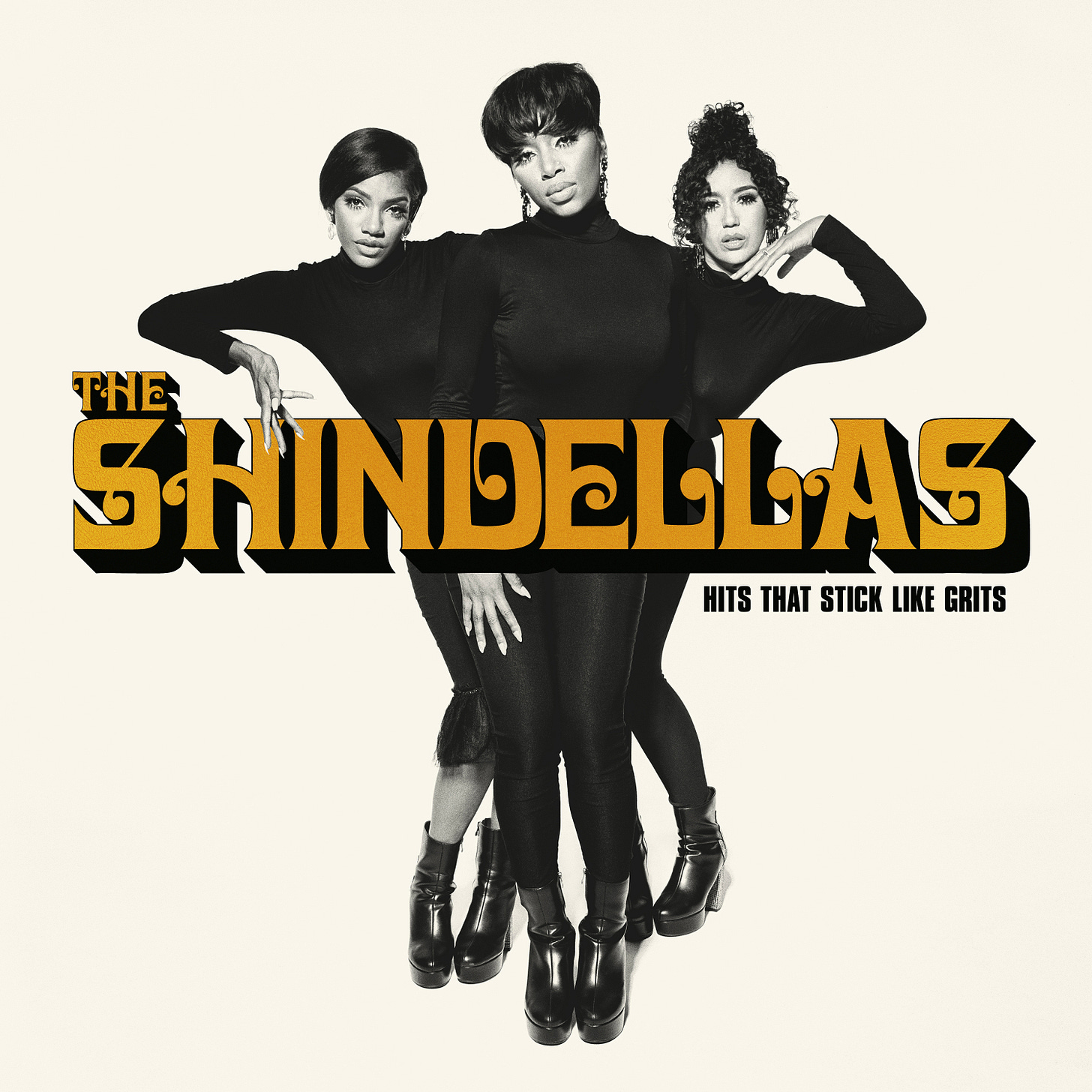
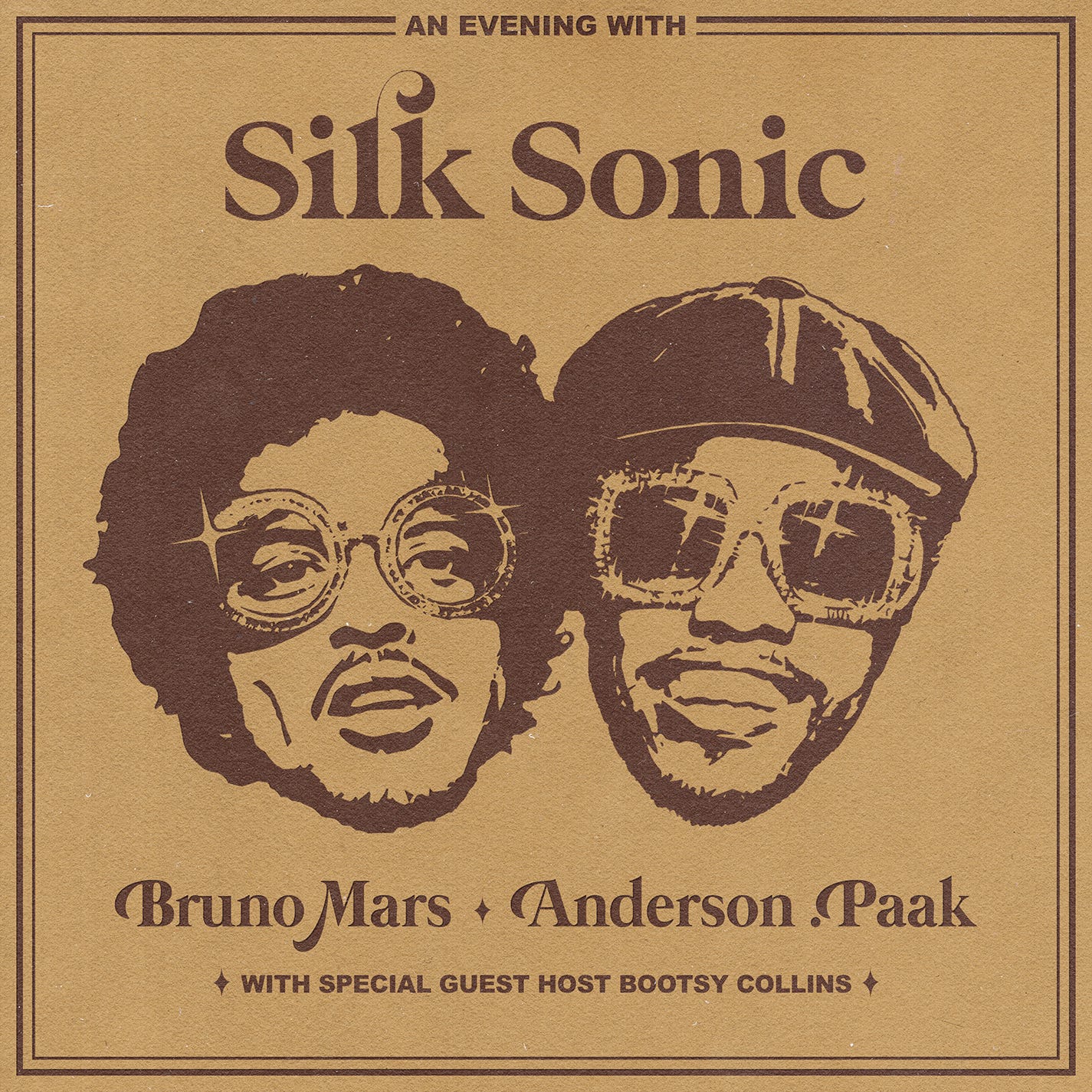
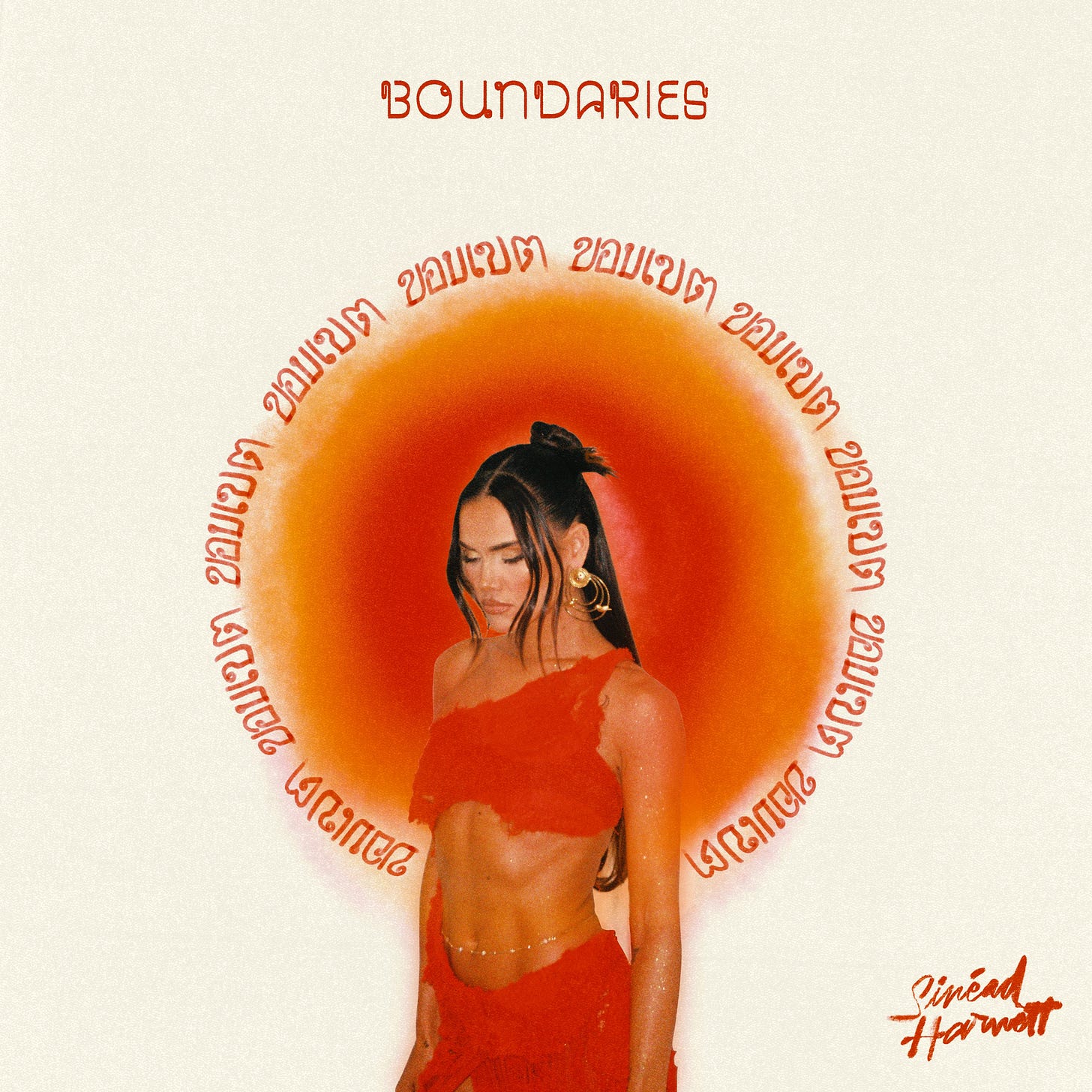

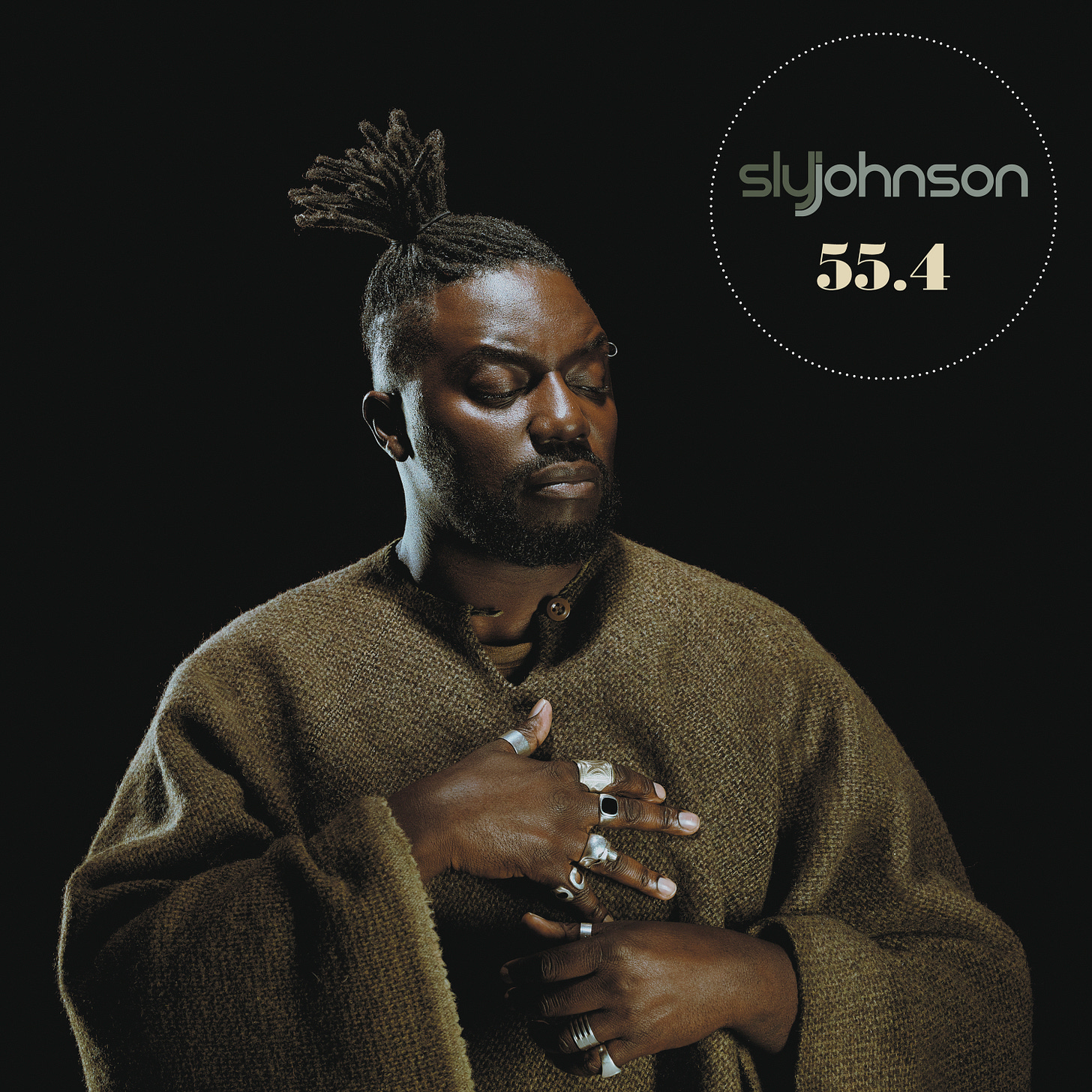

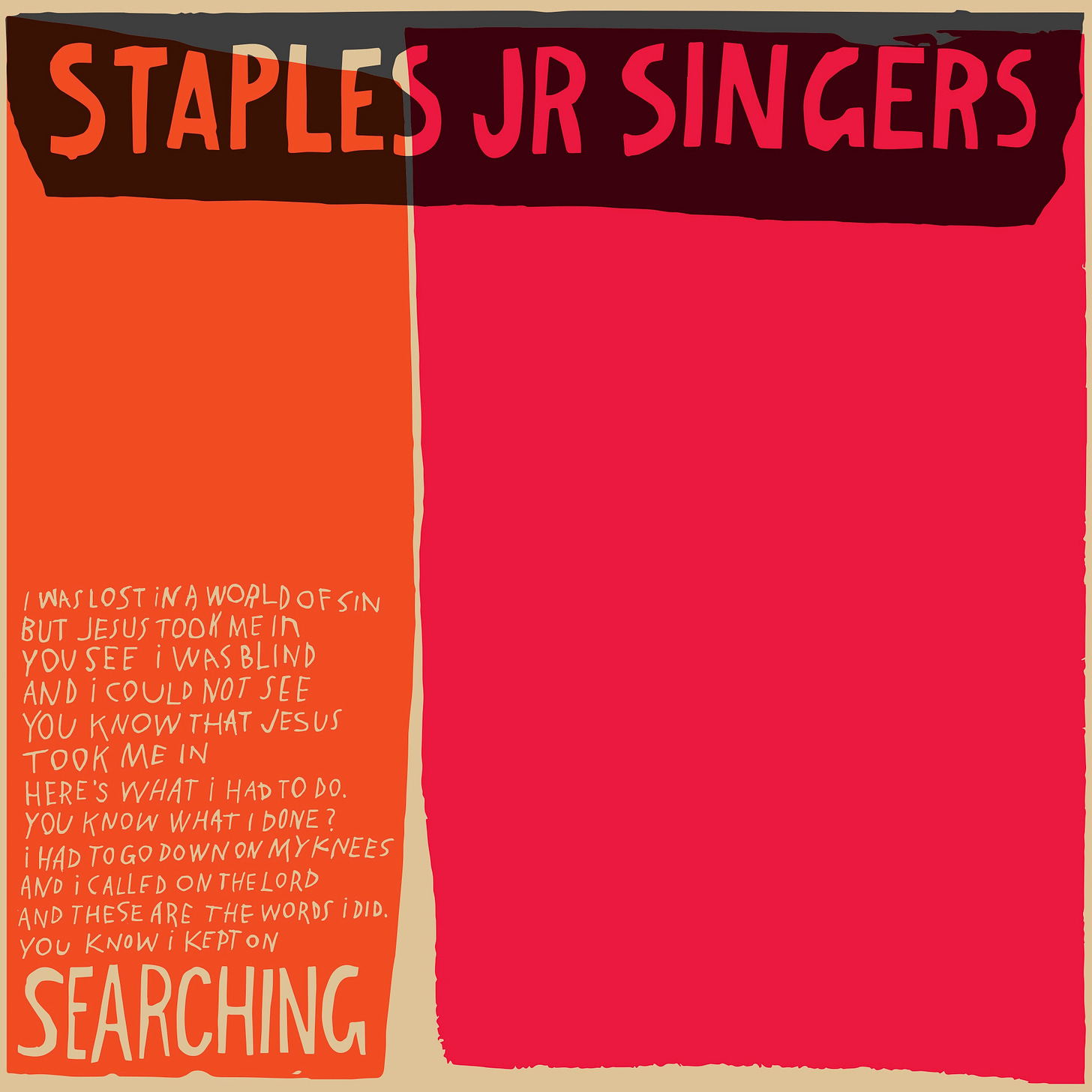
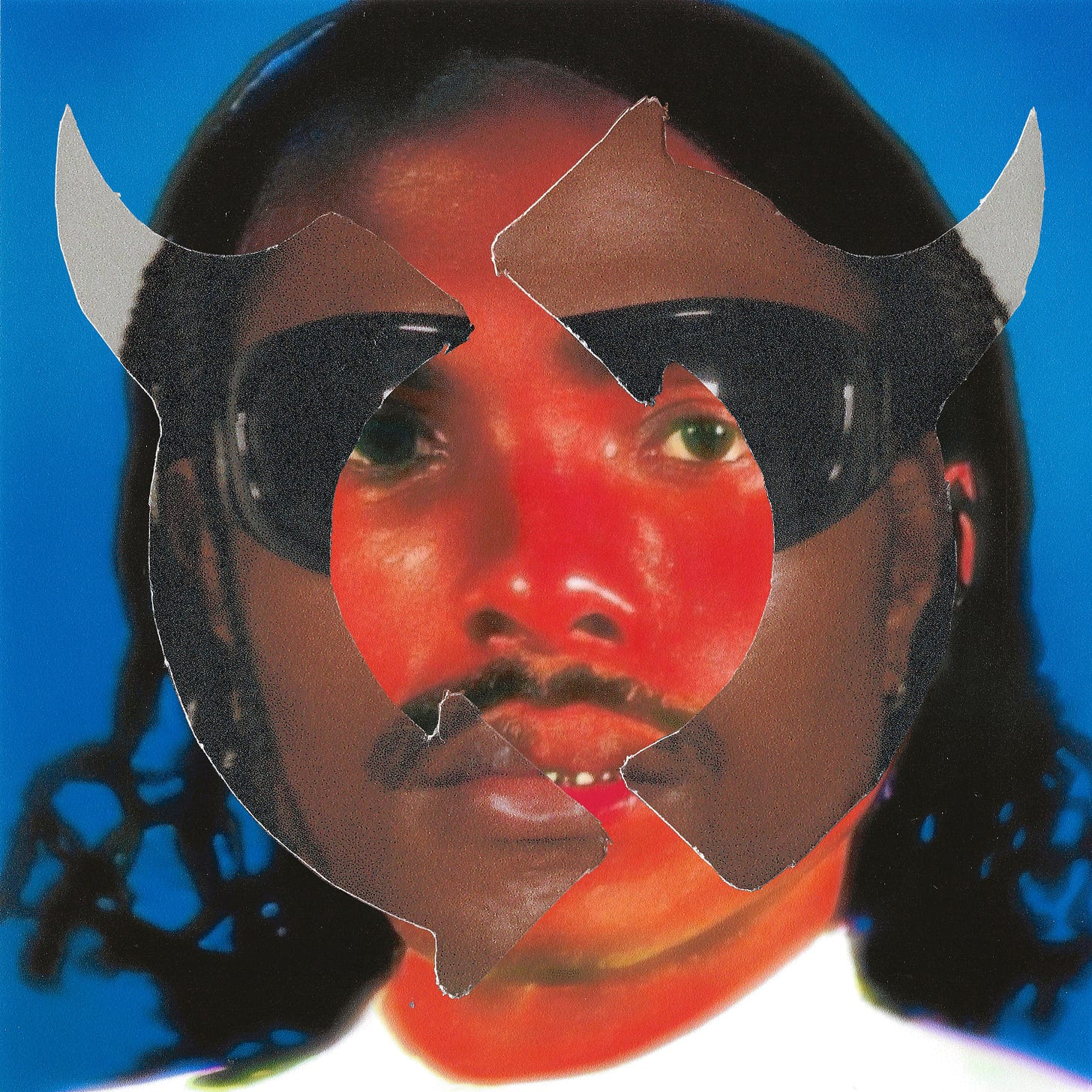
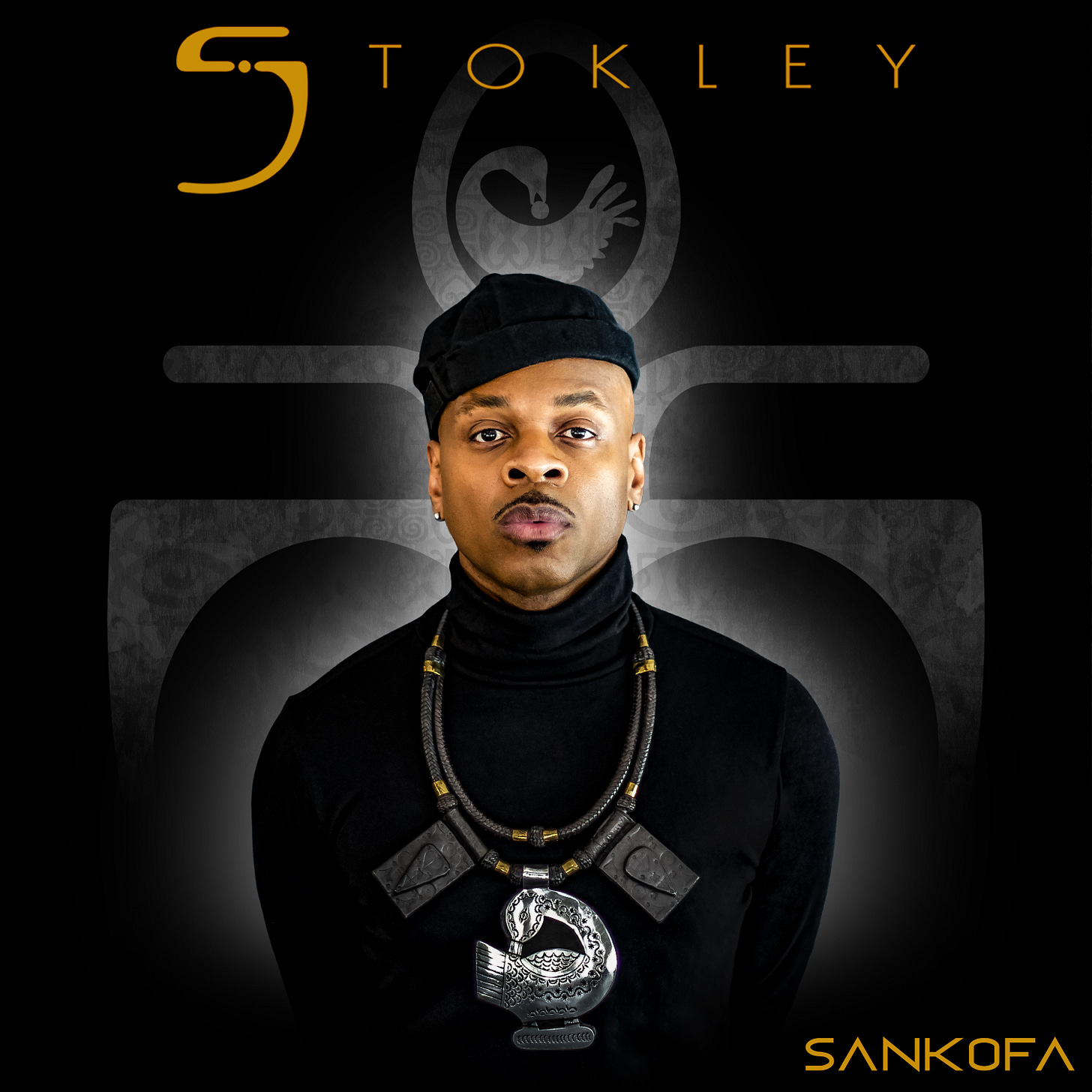

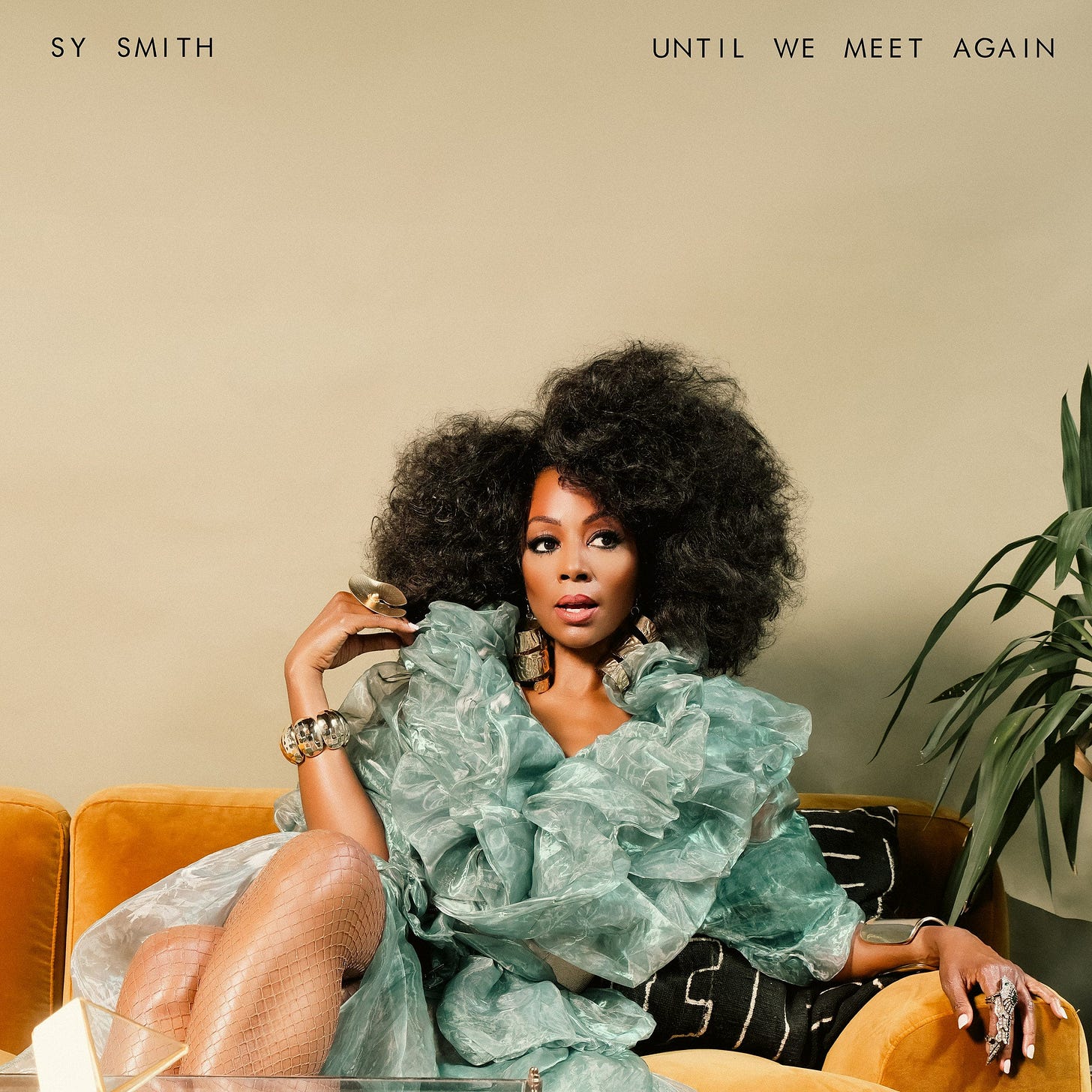



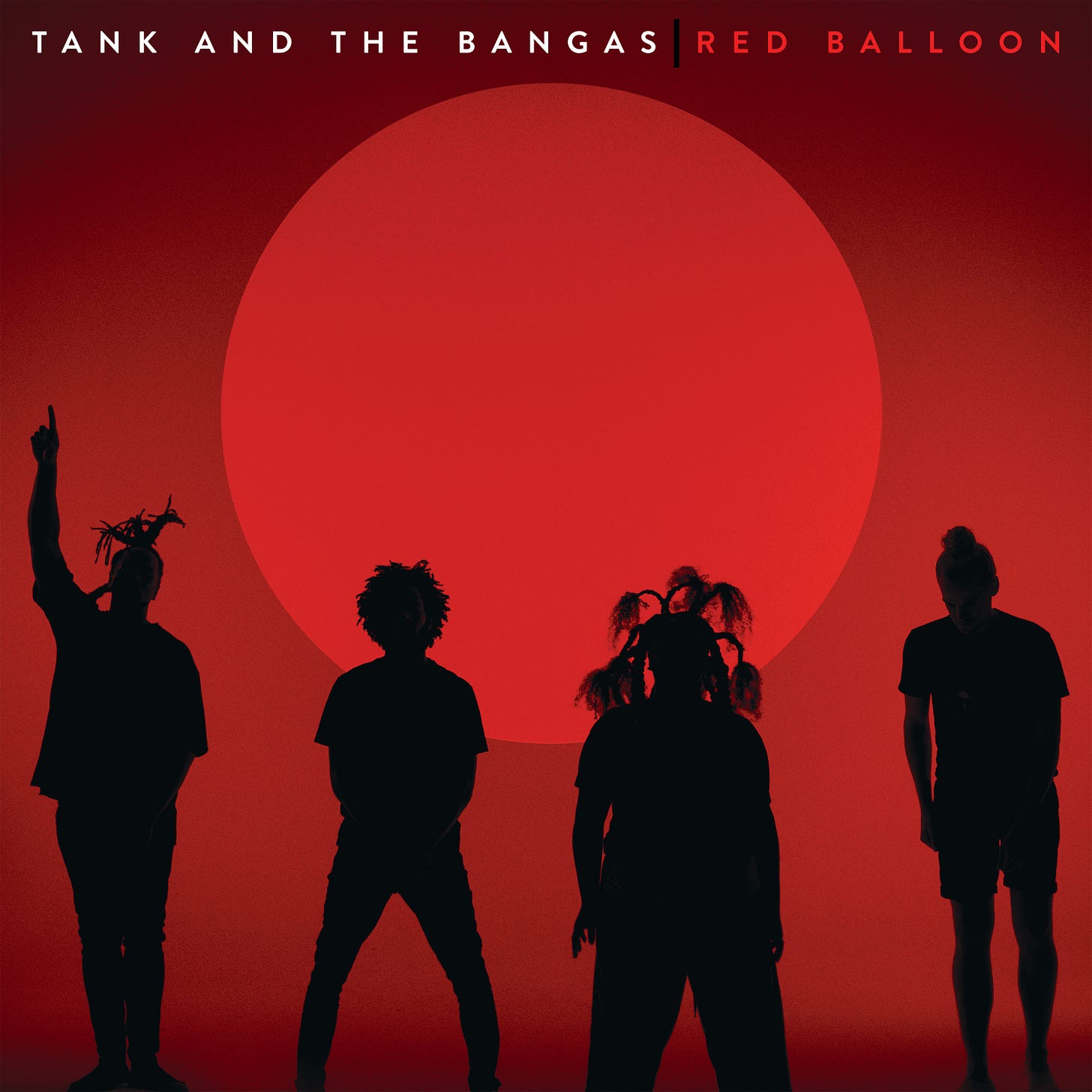
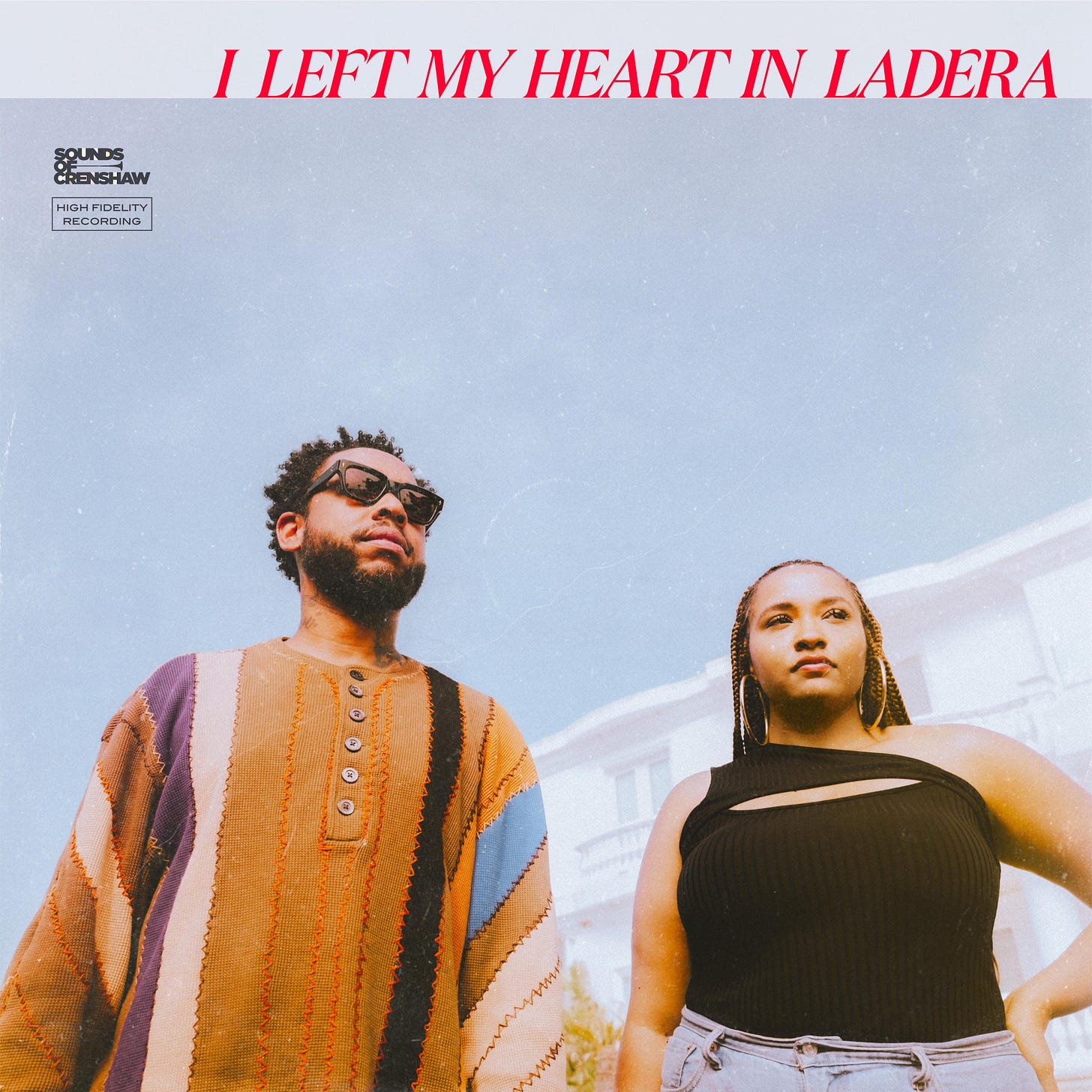
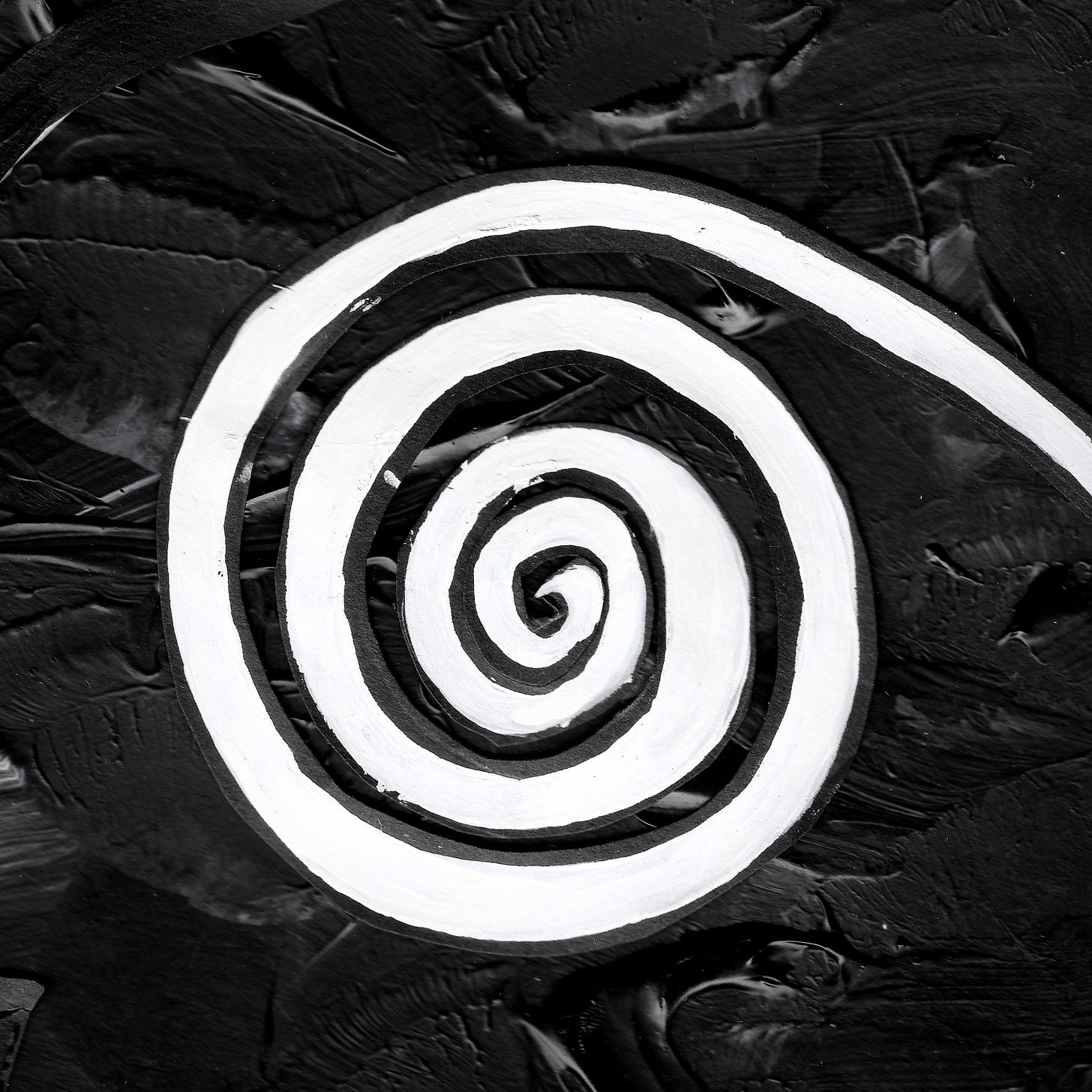
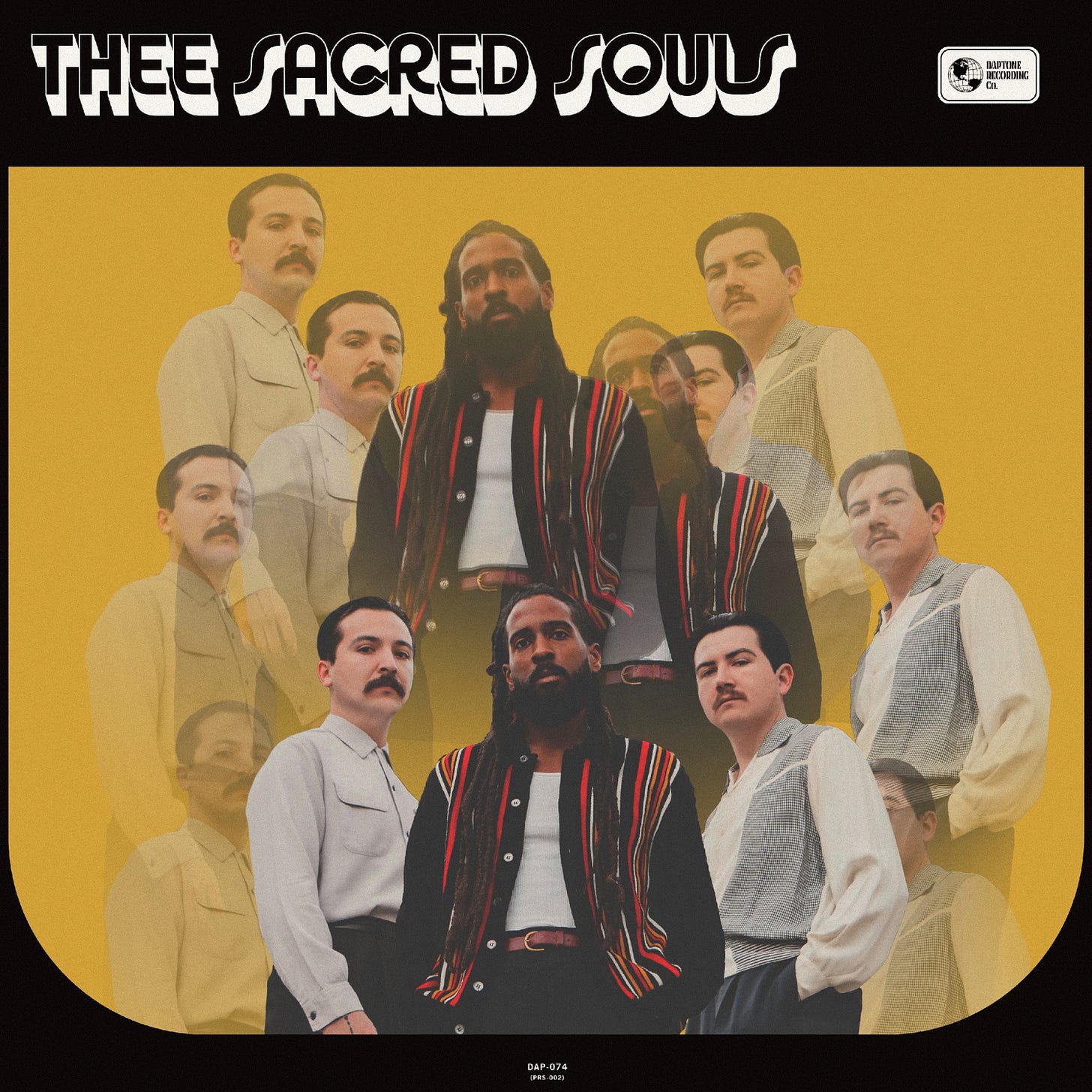

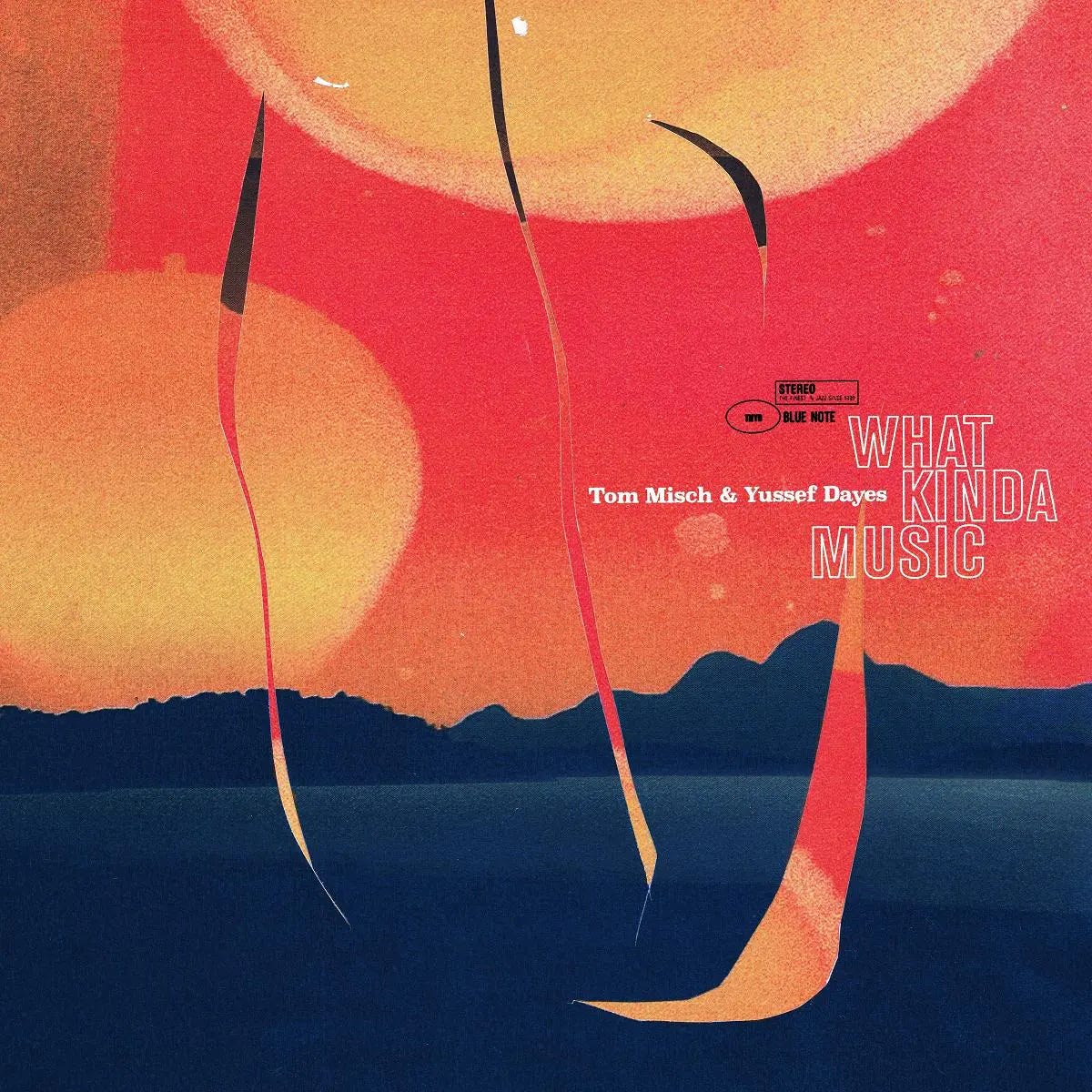
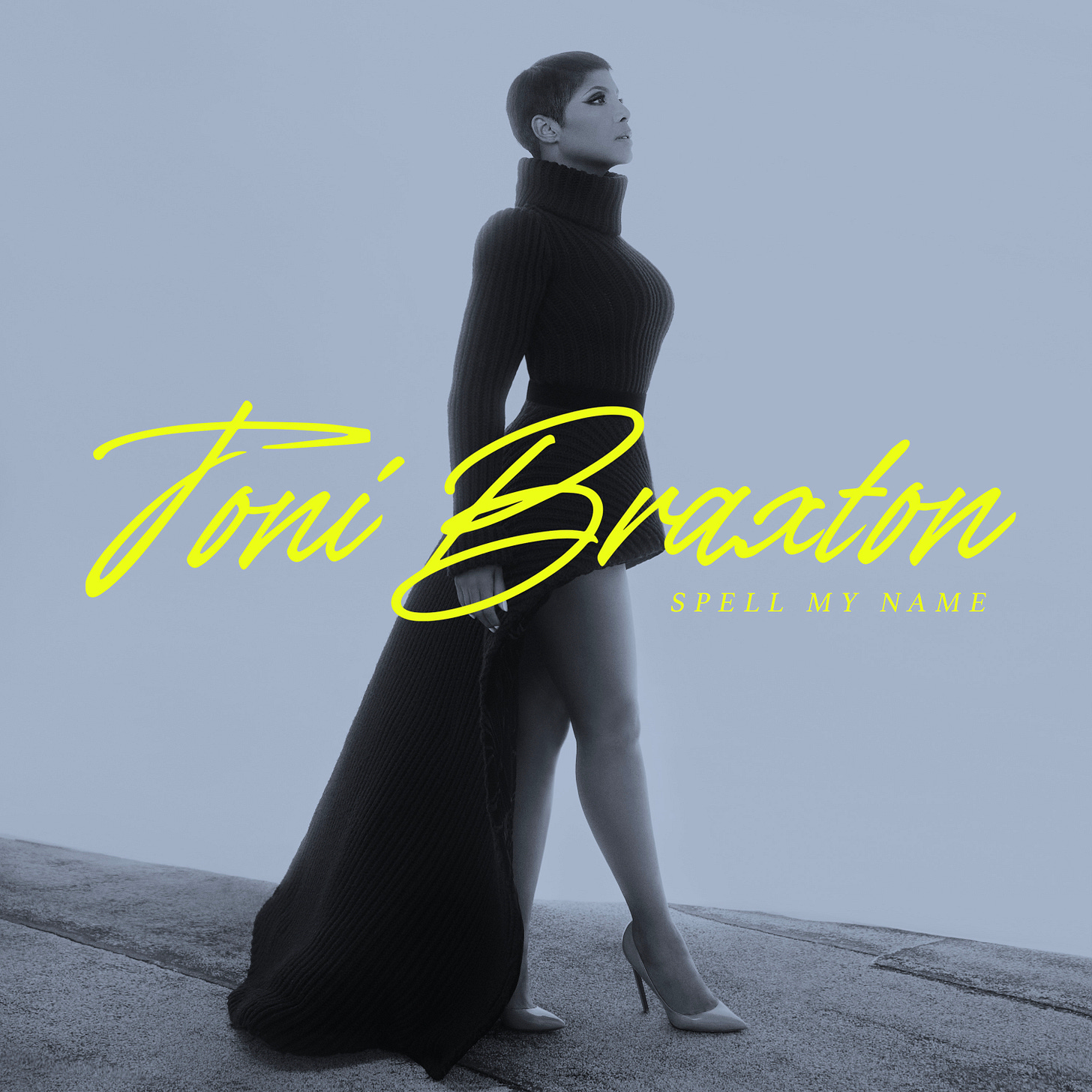
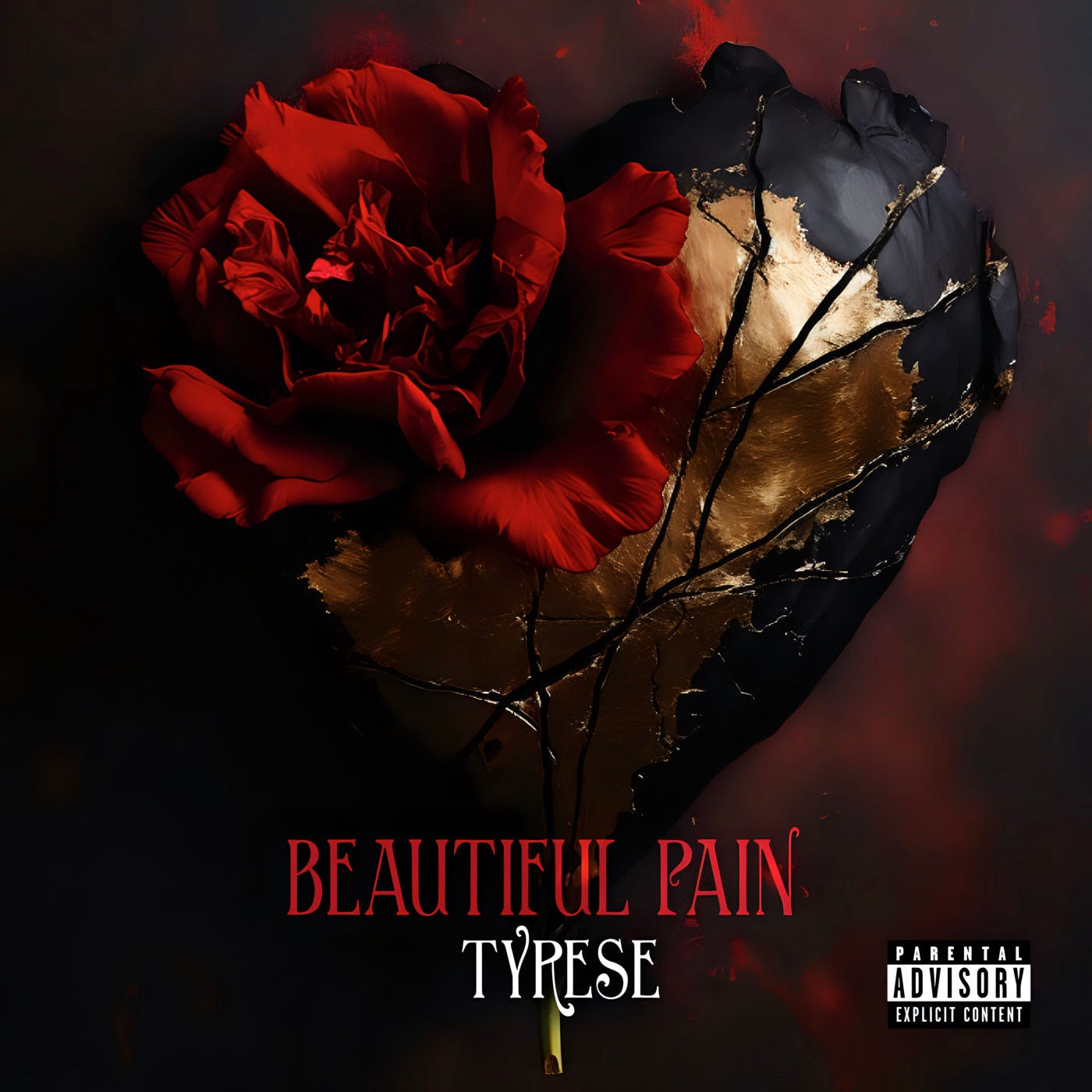

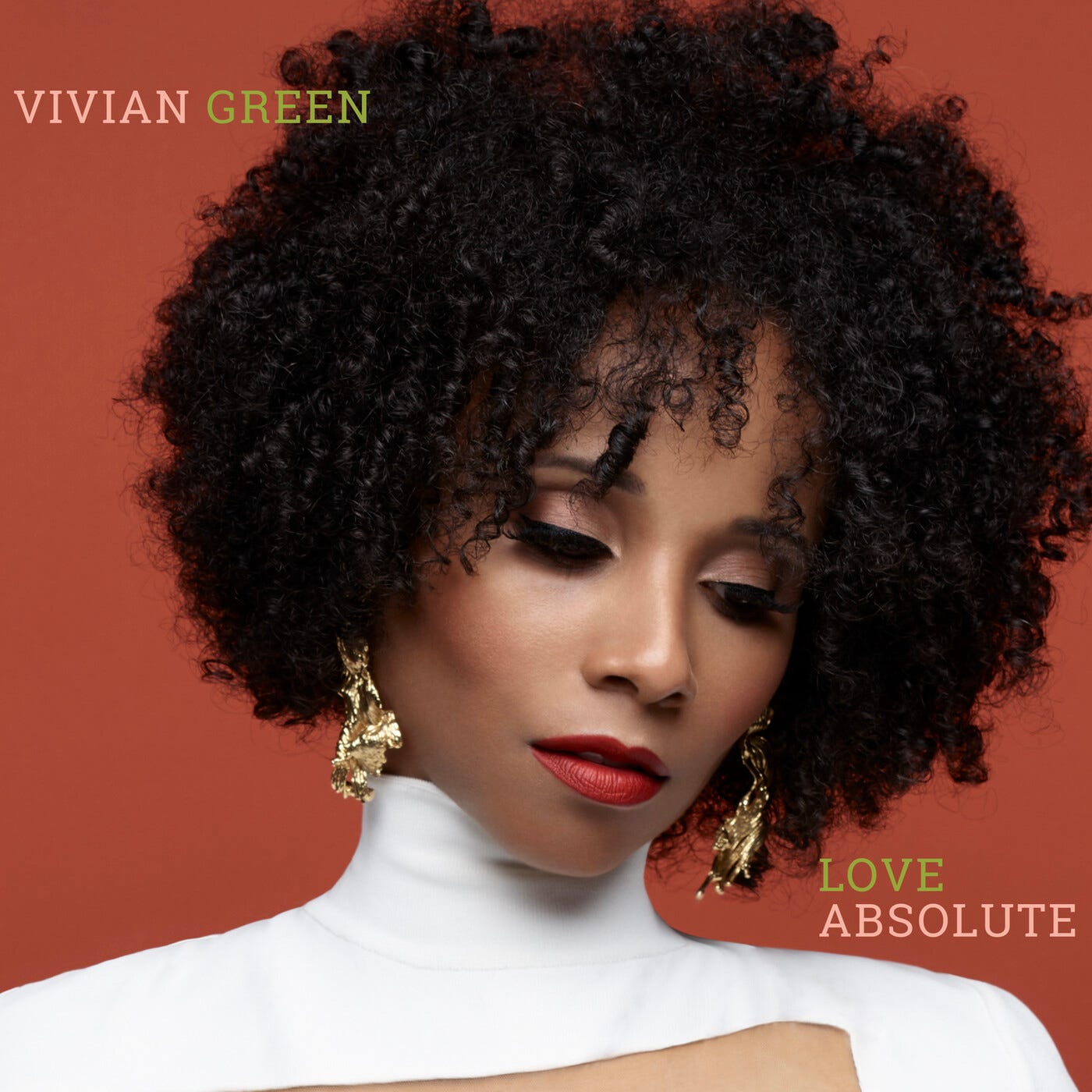

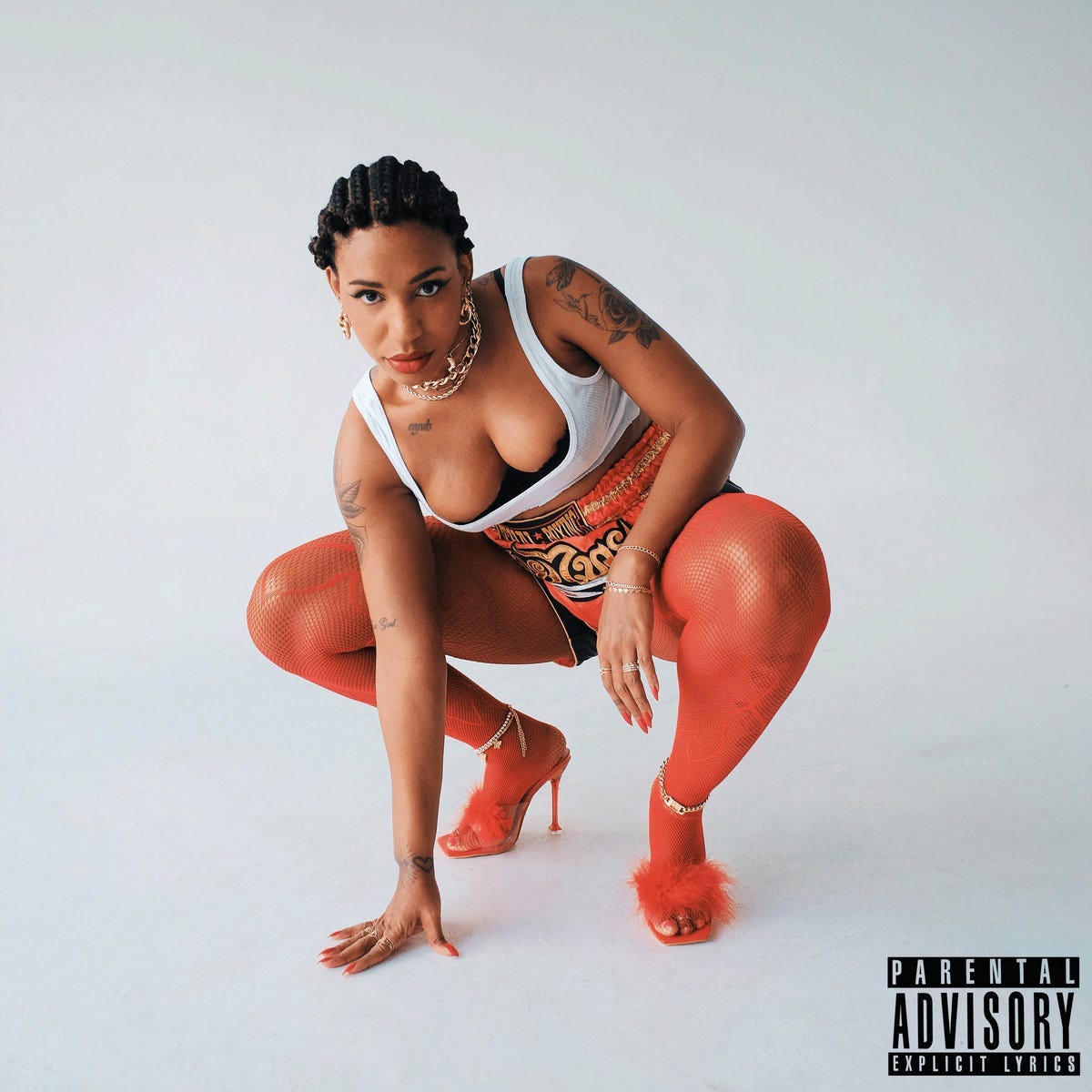
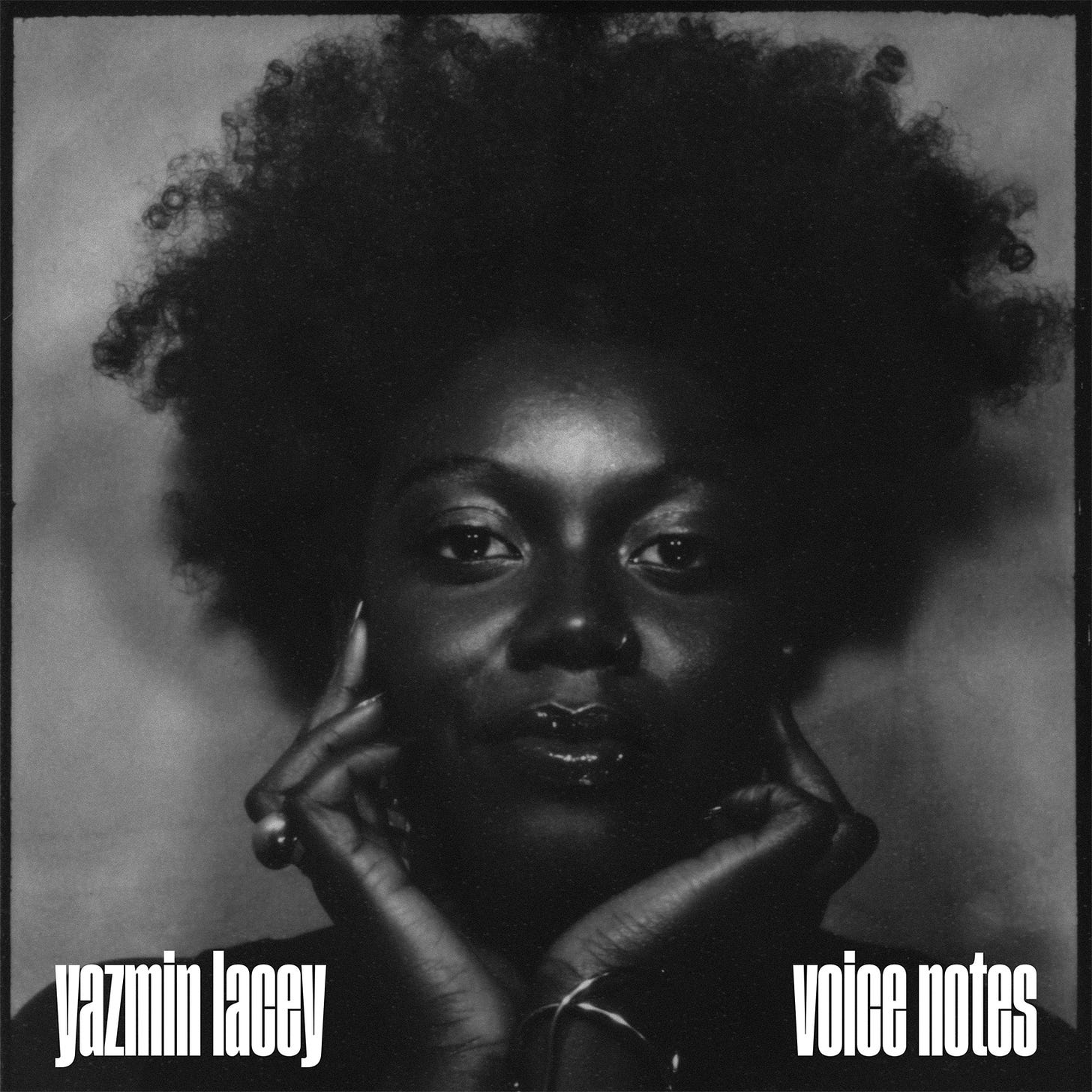

Love but needs more Tinashe